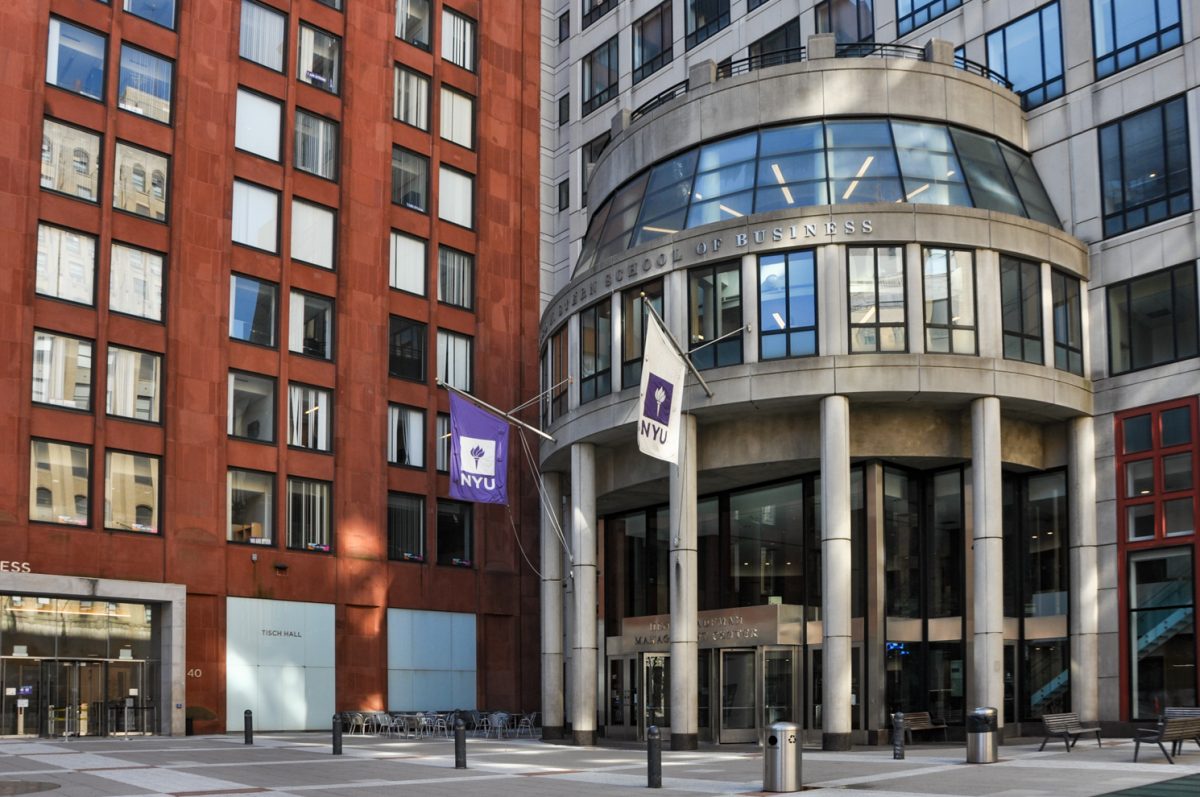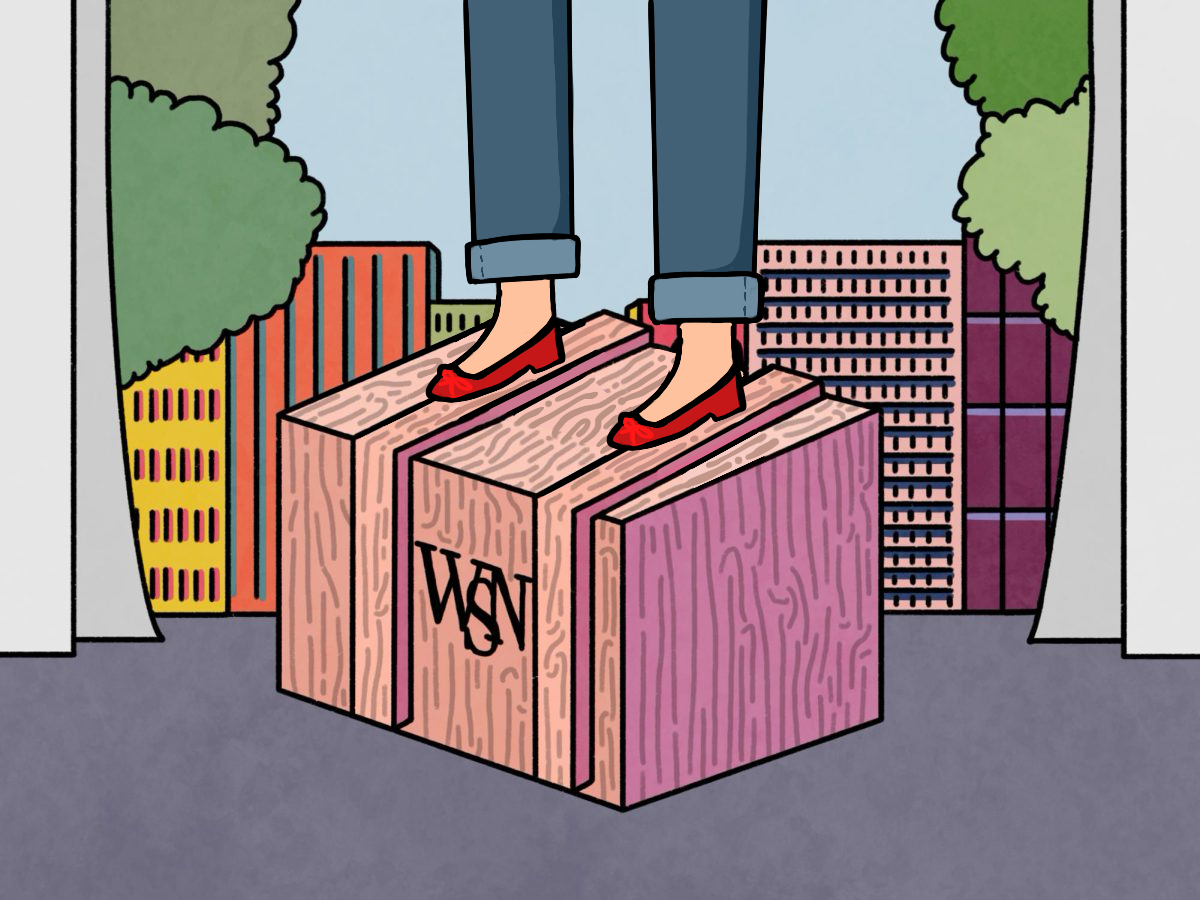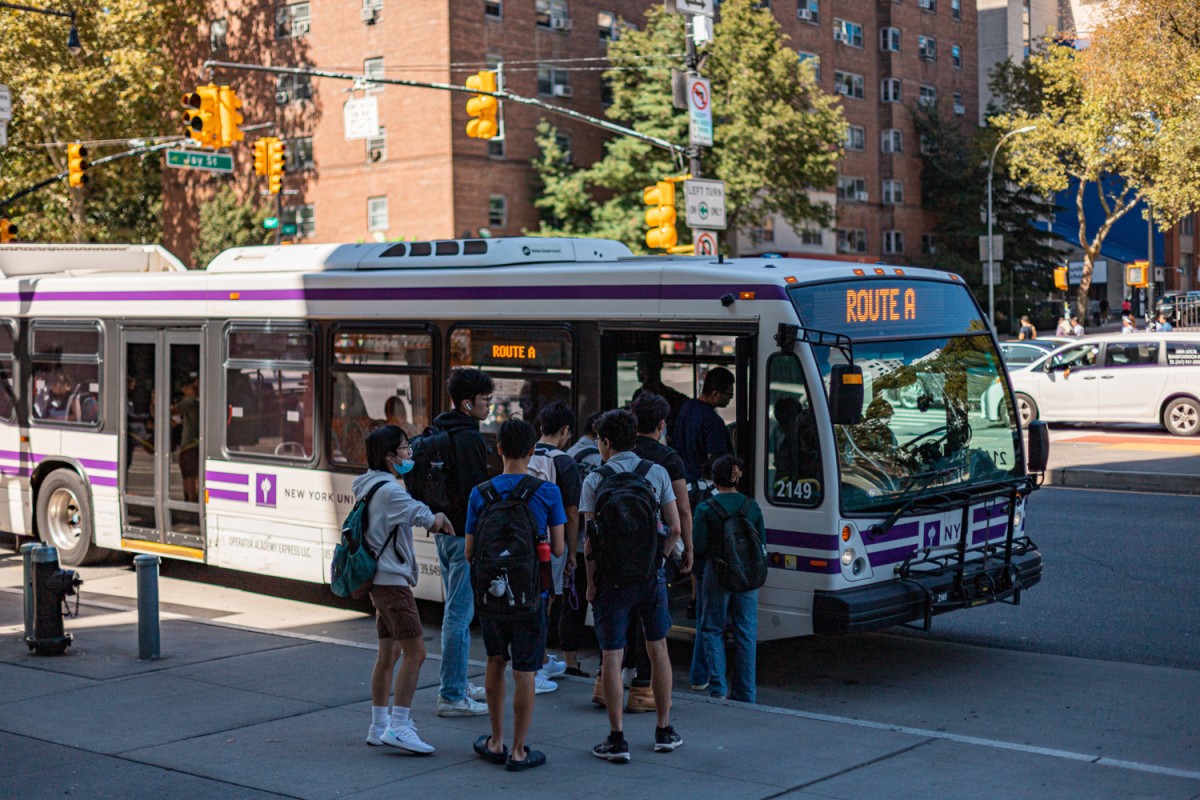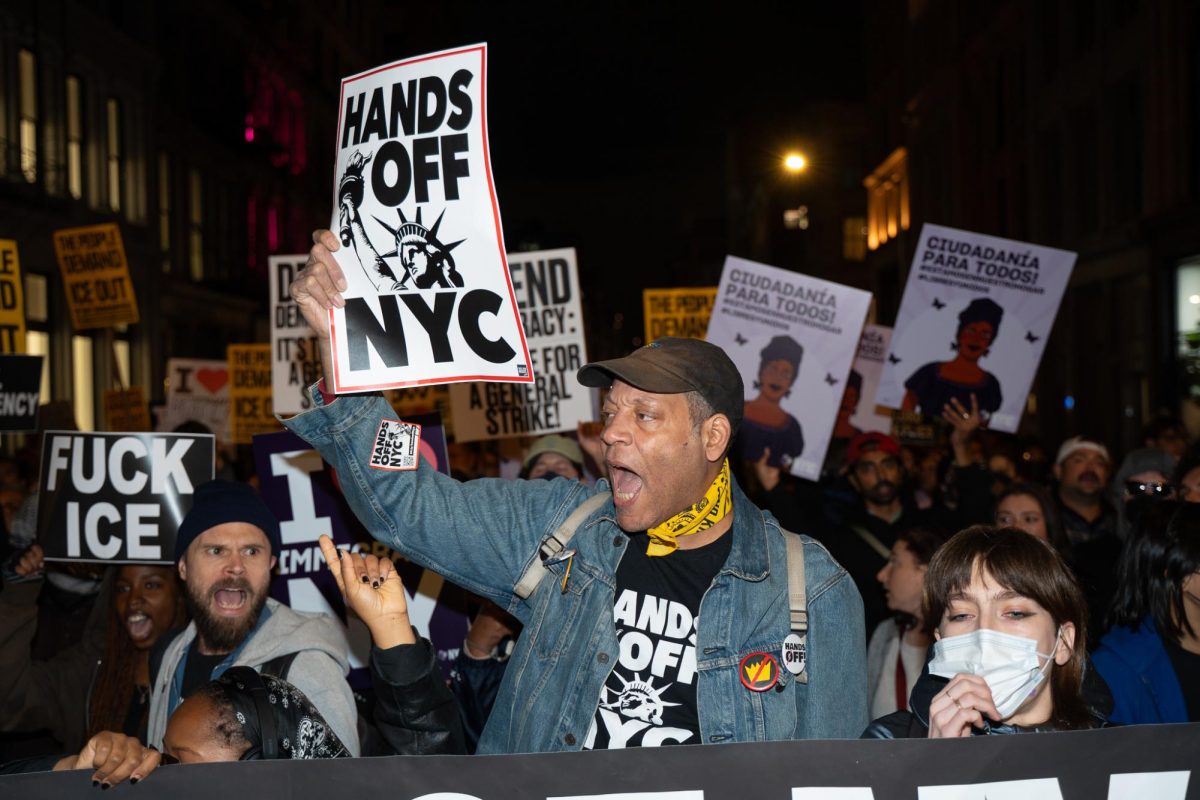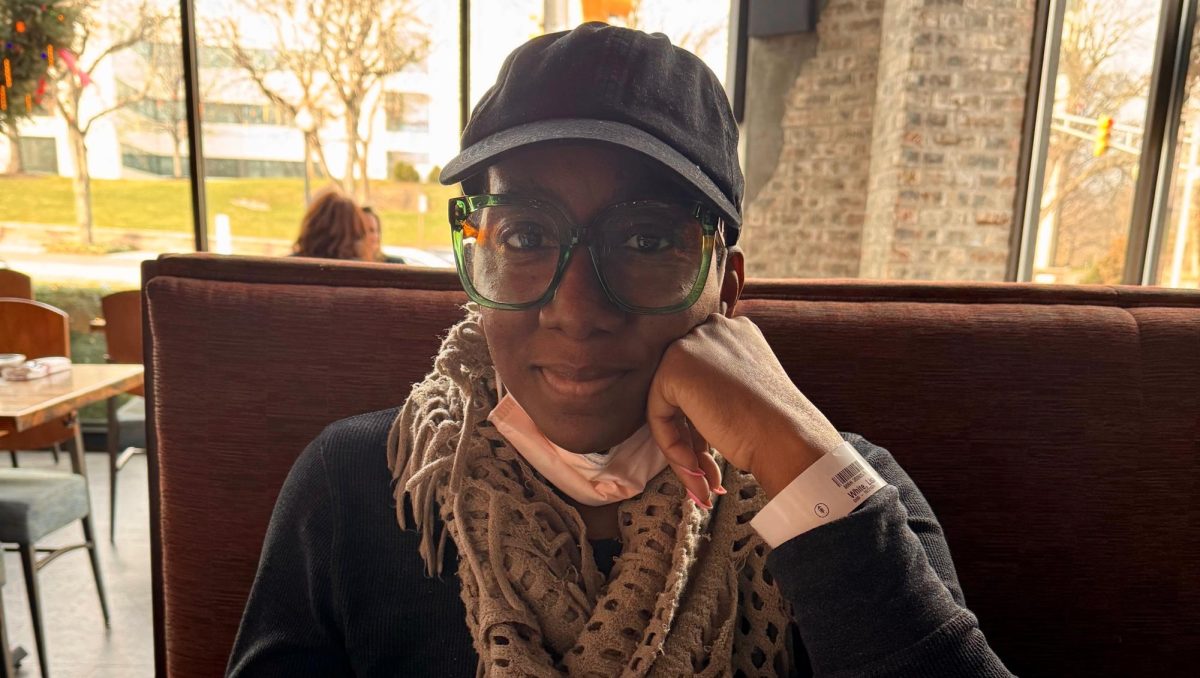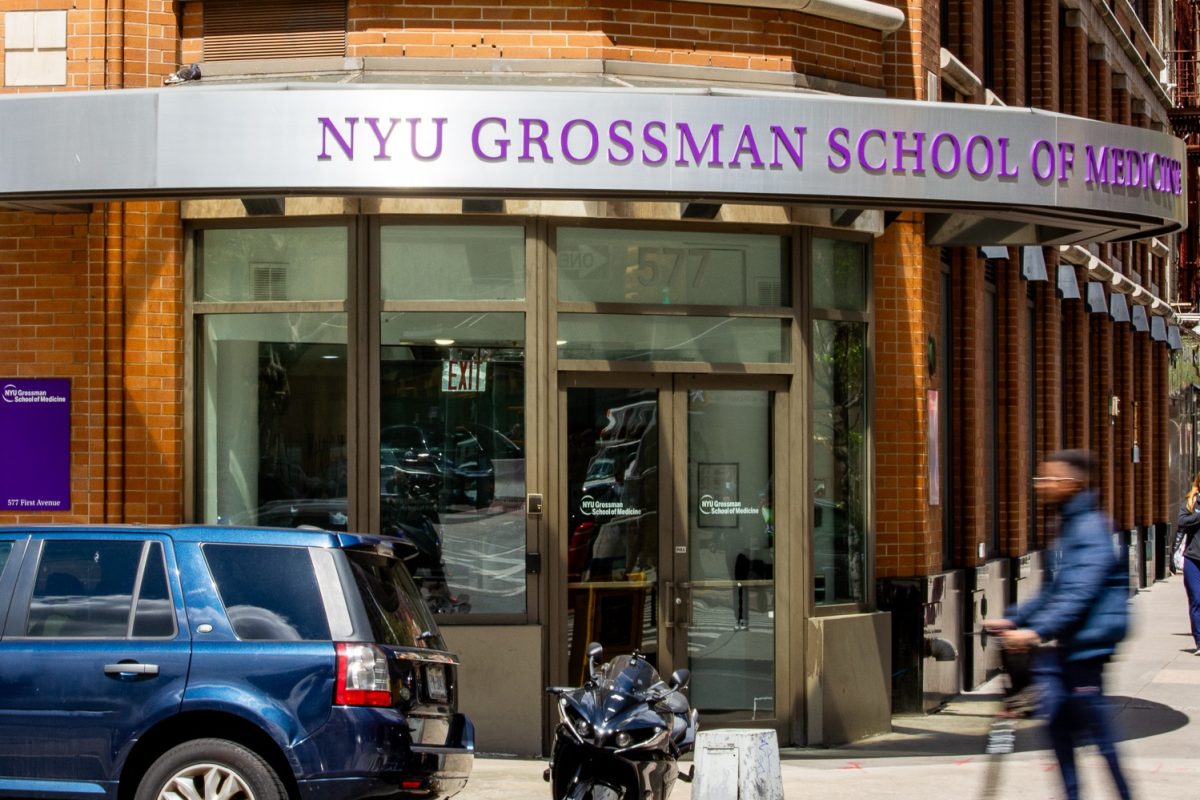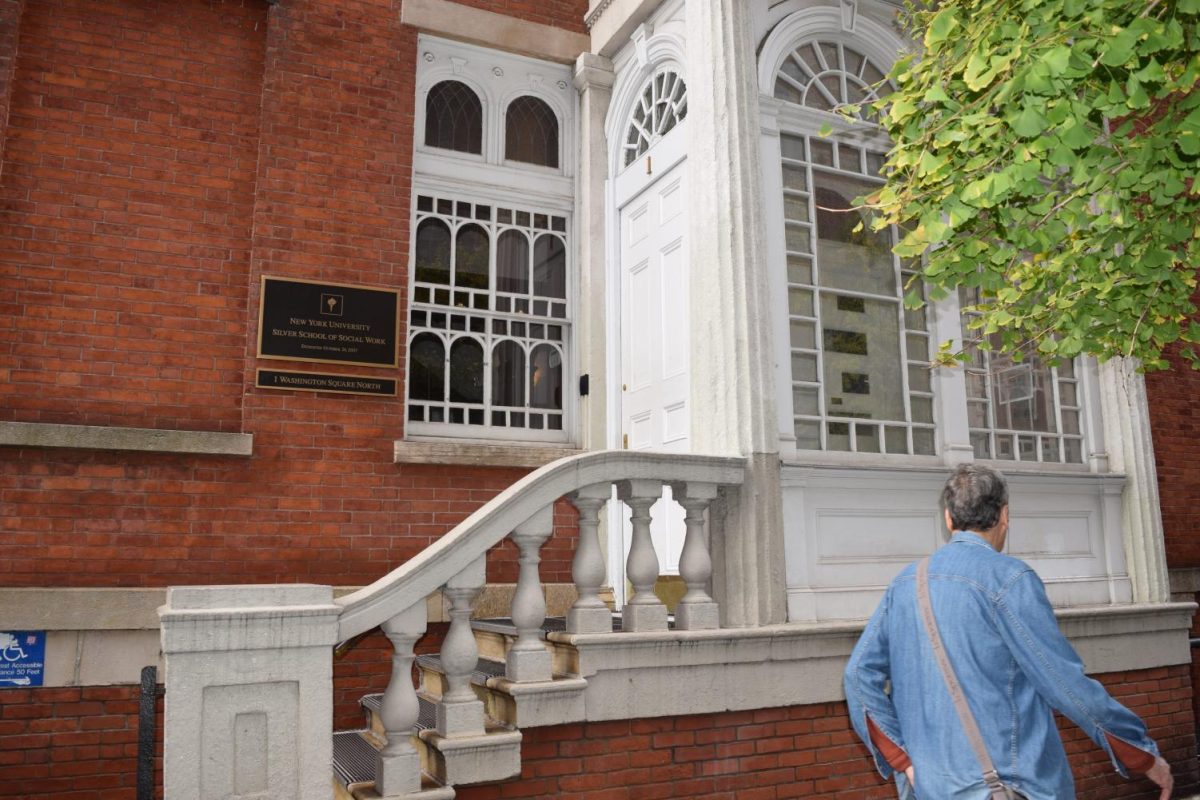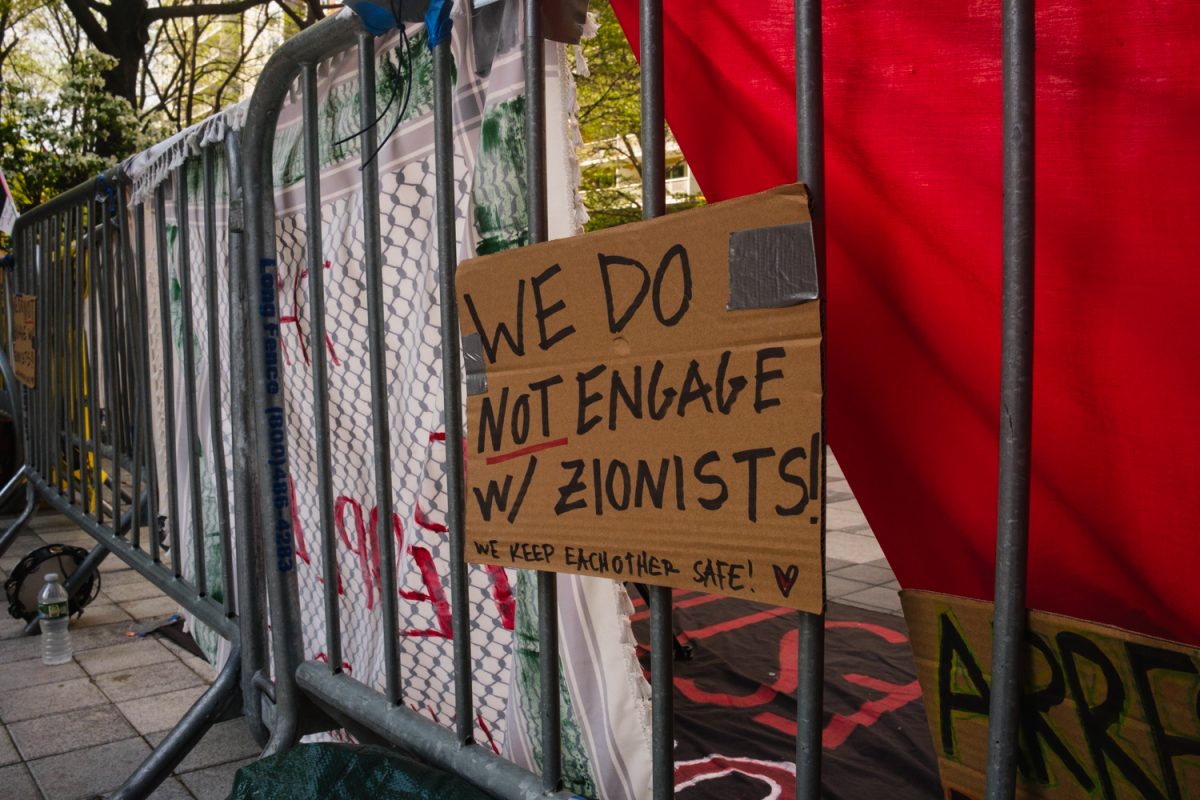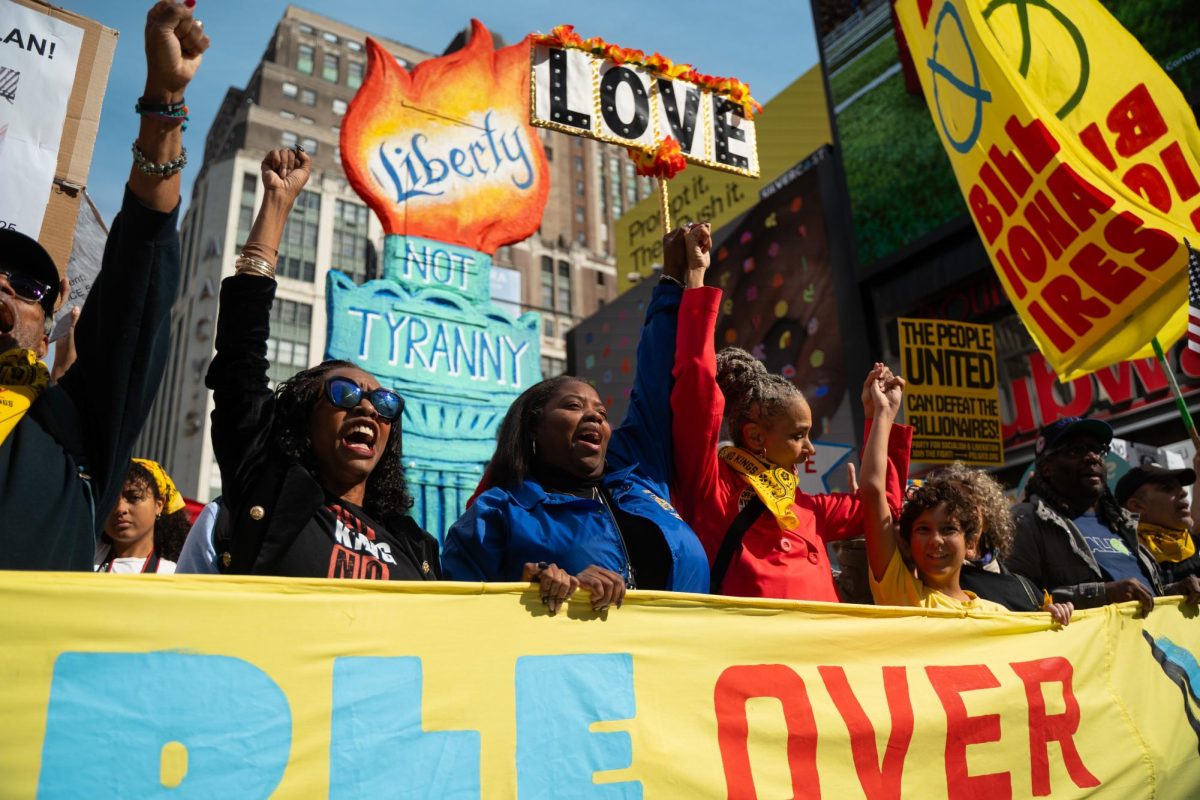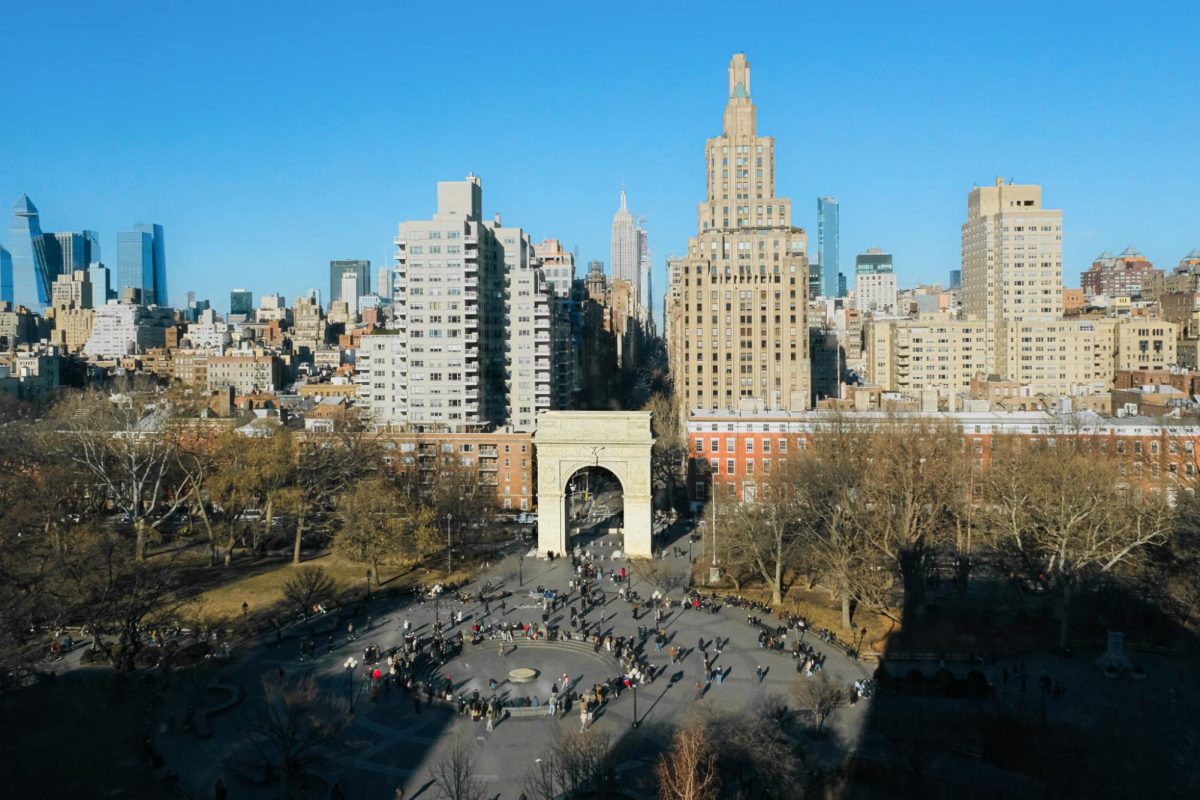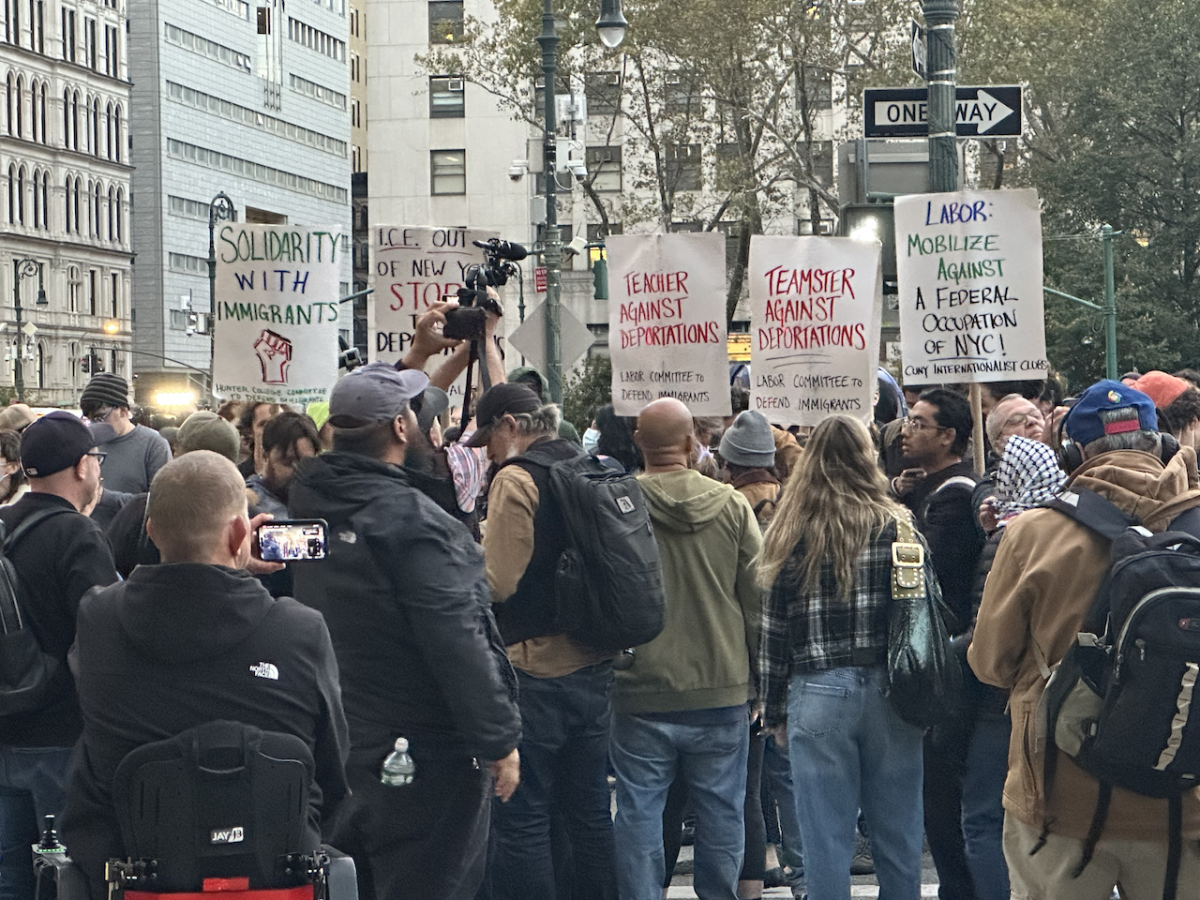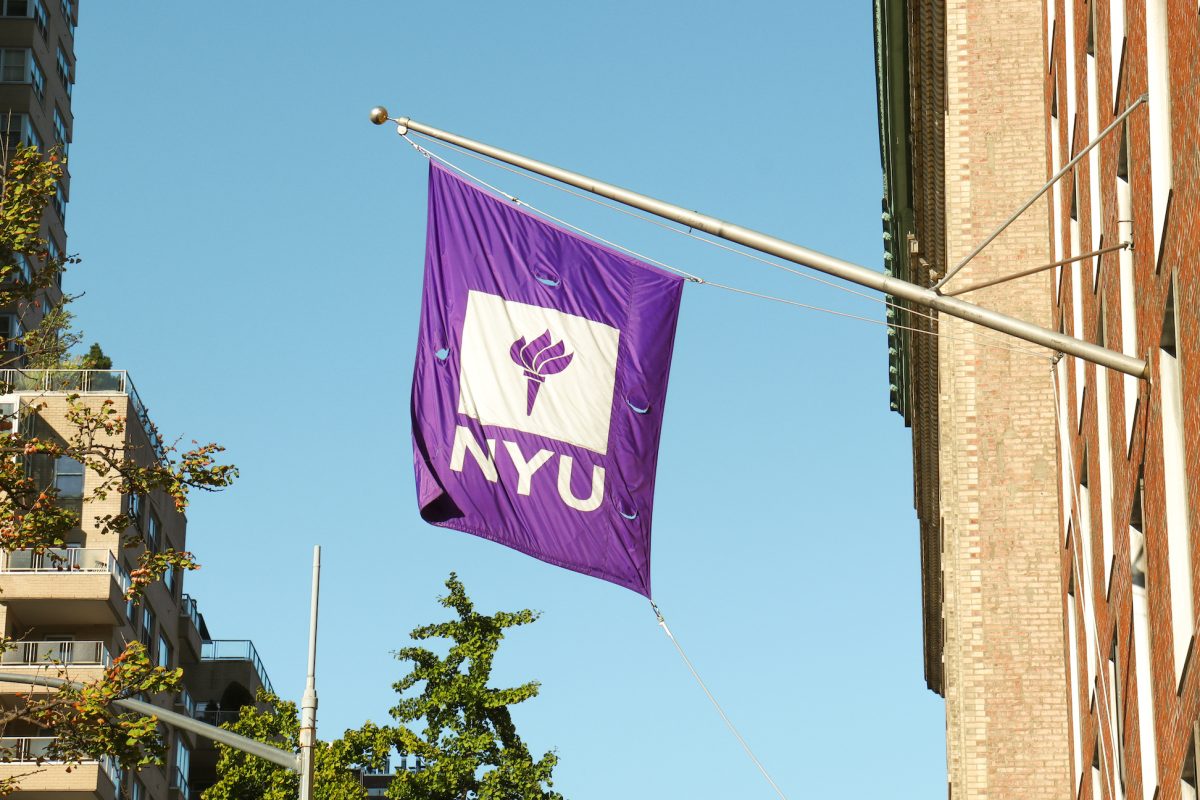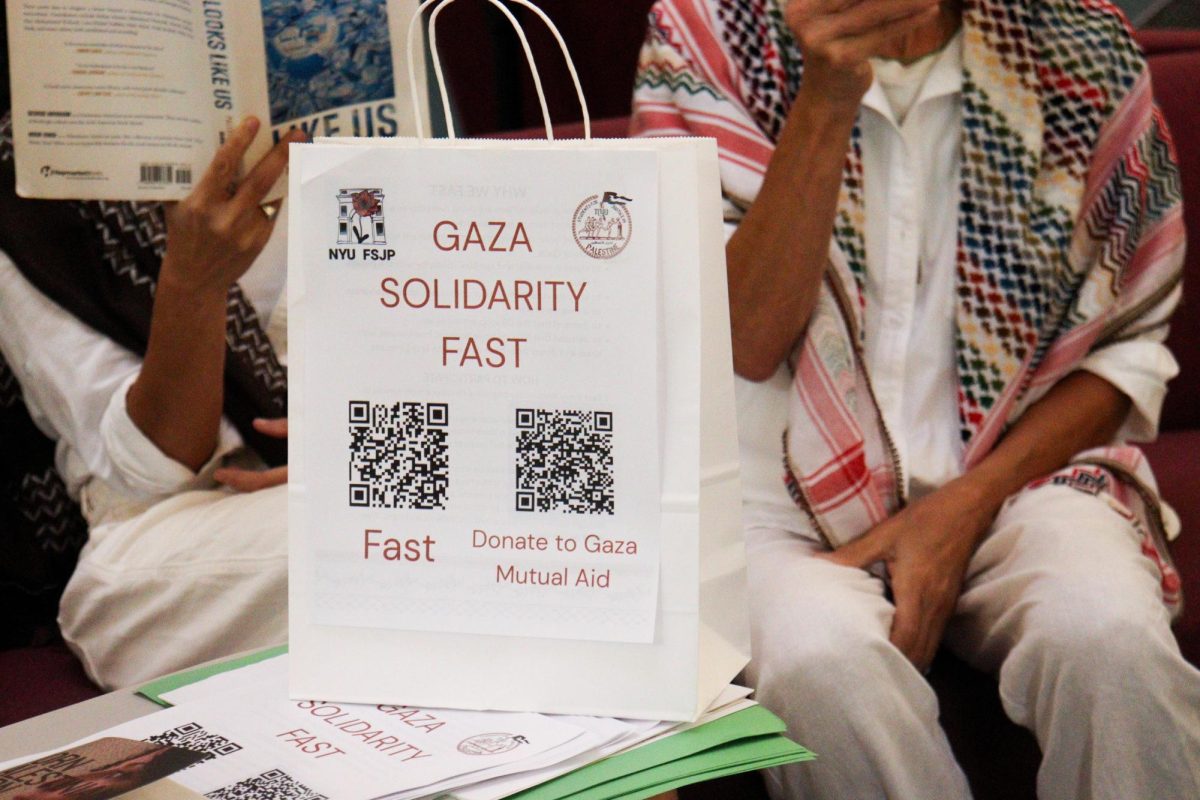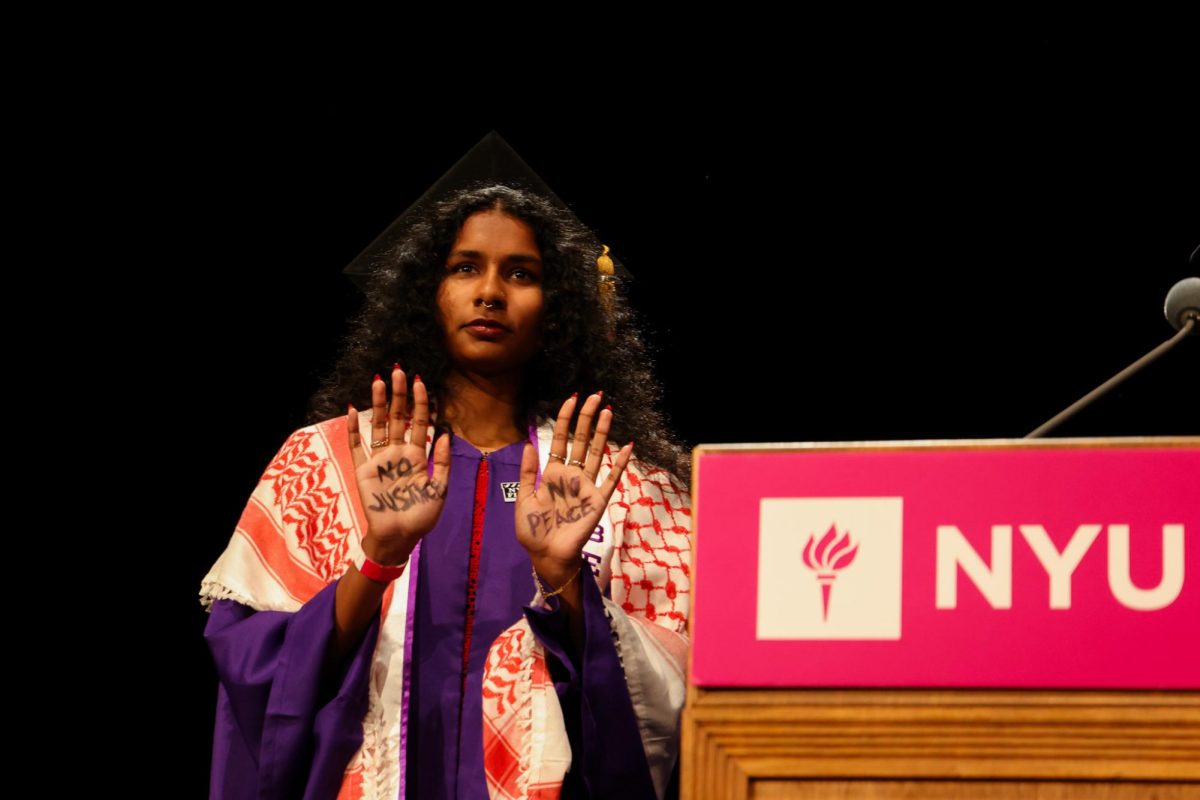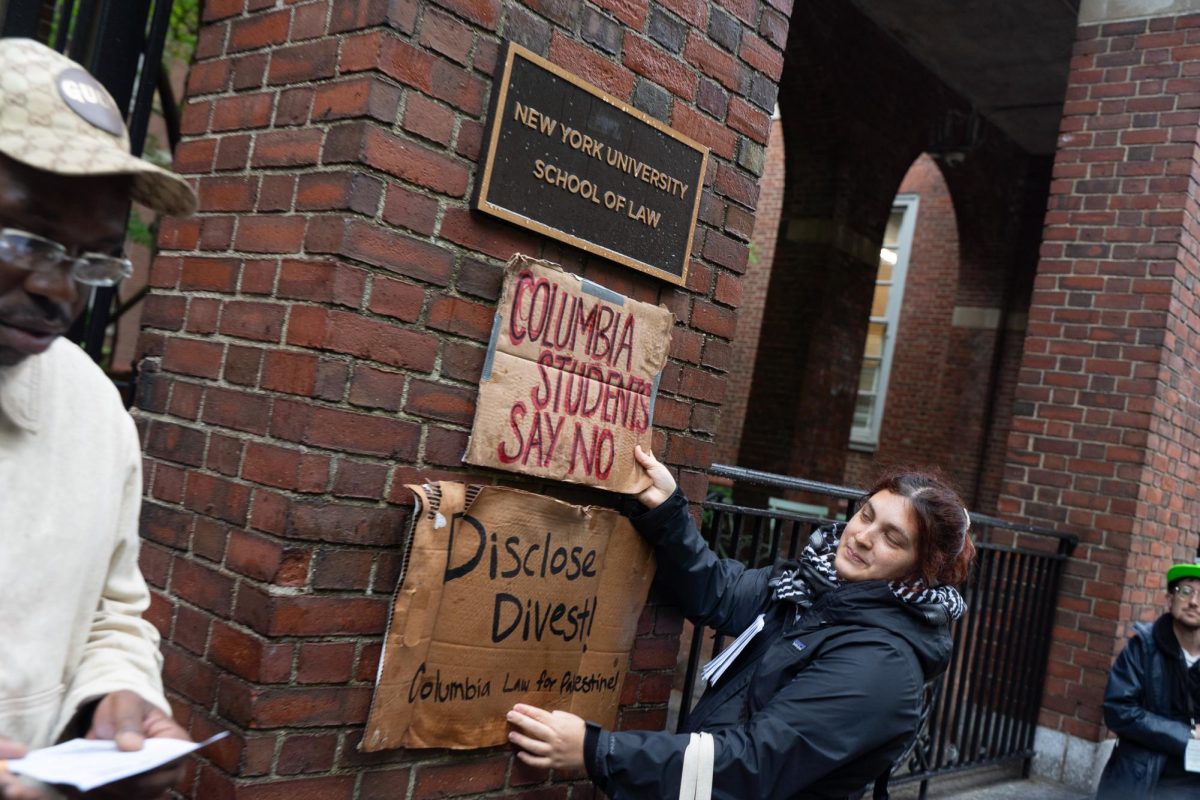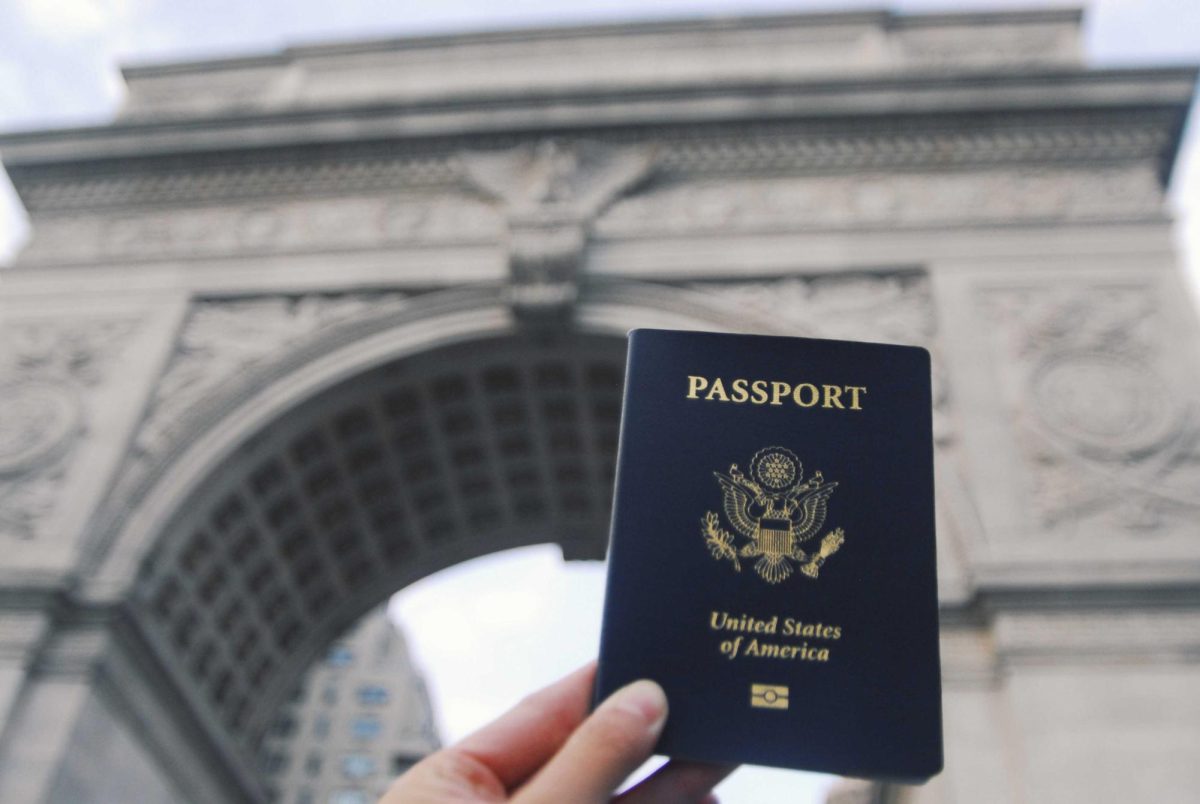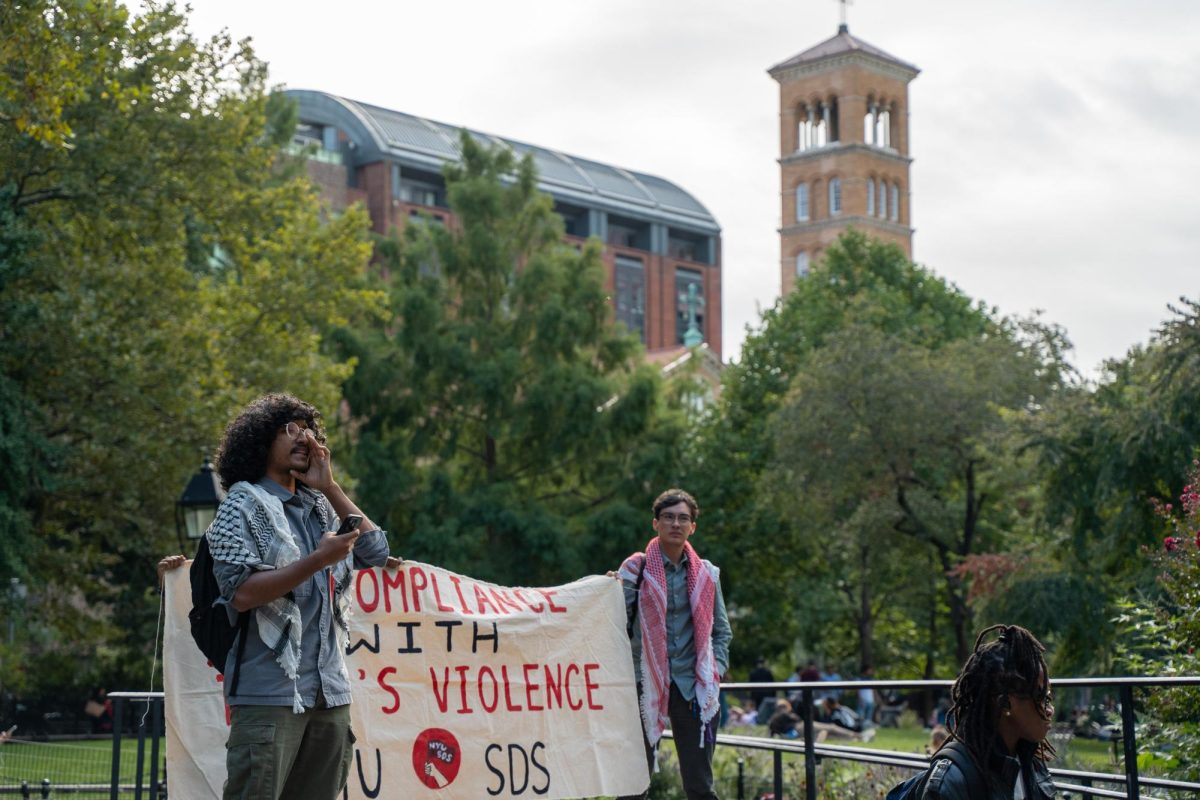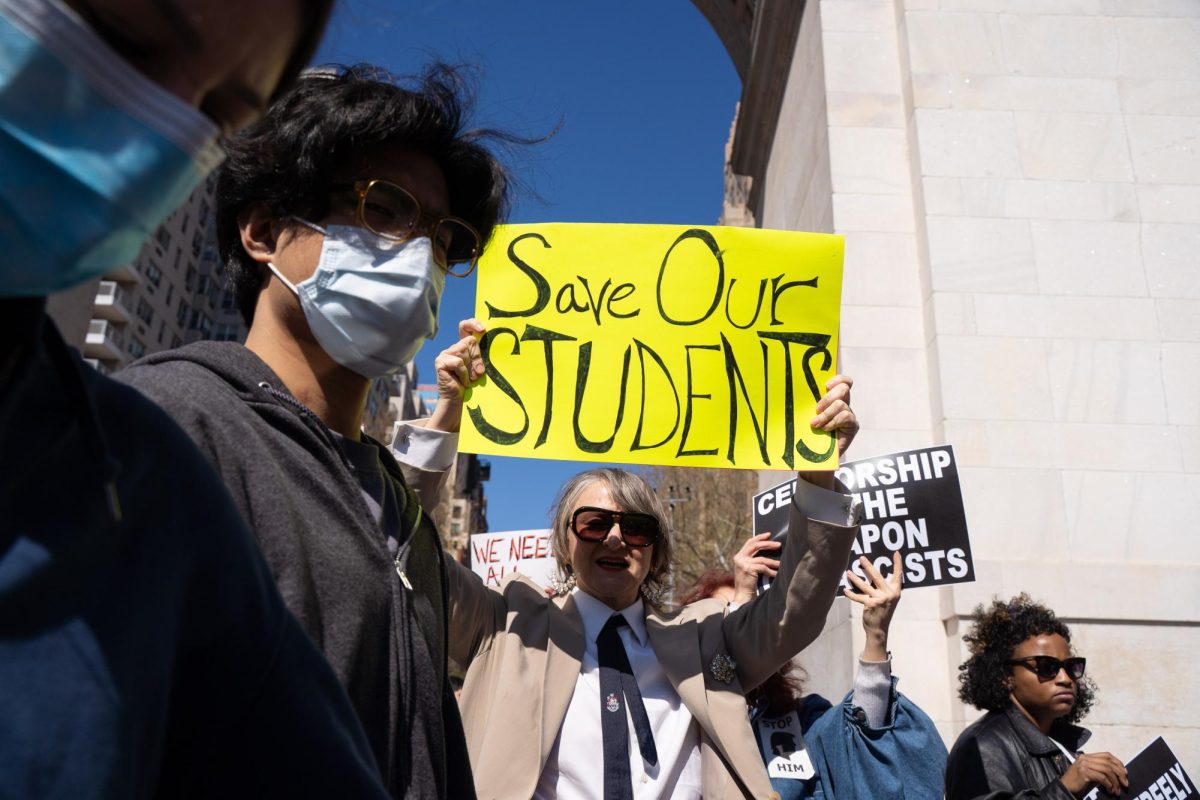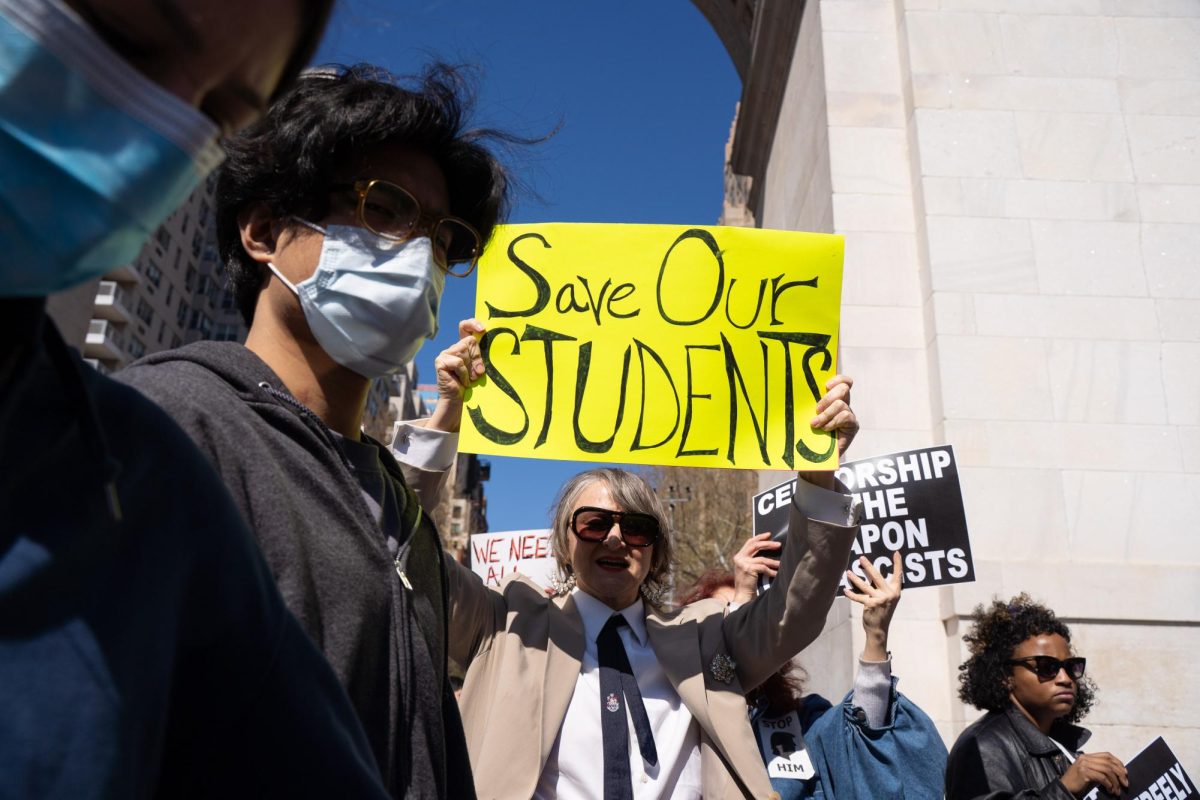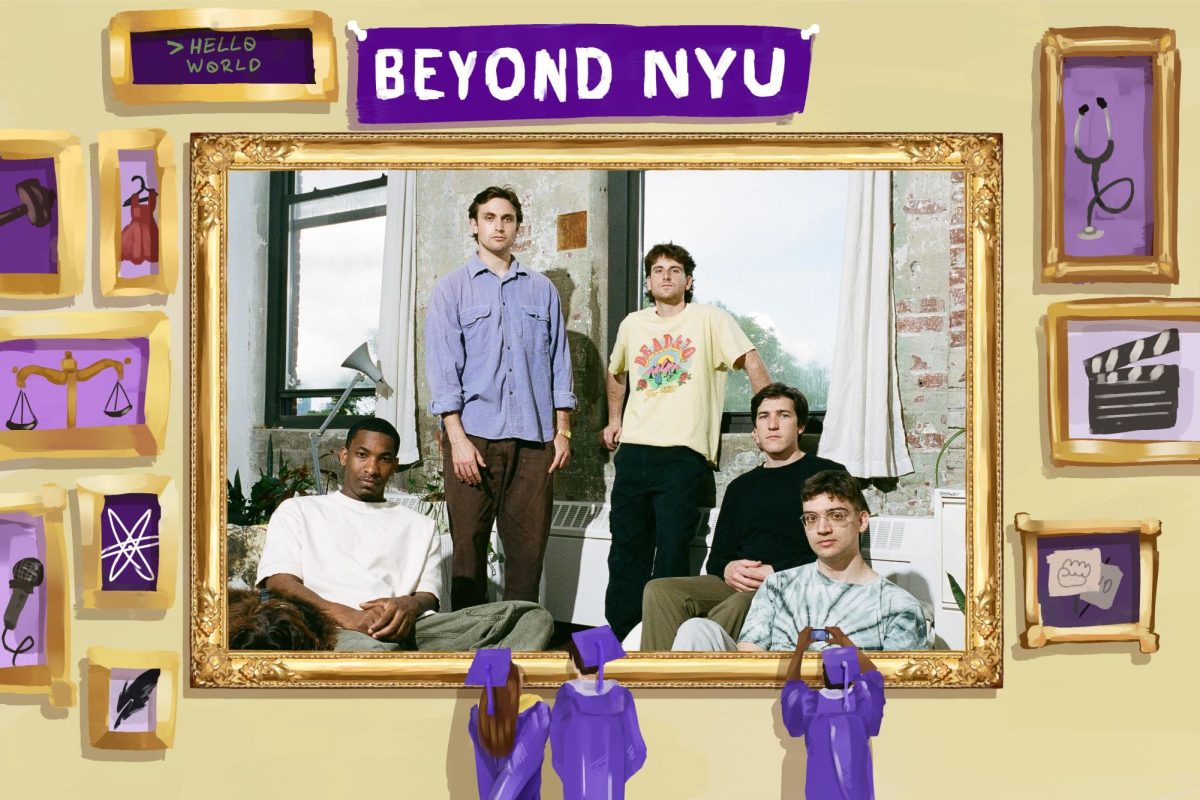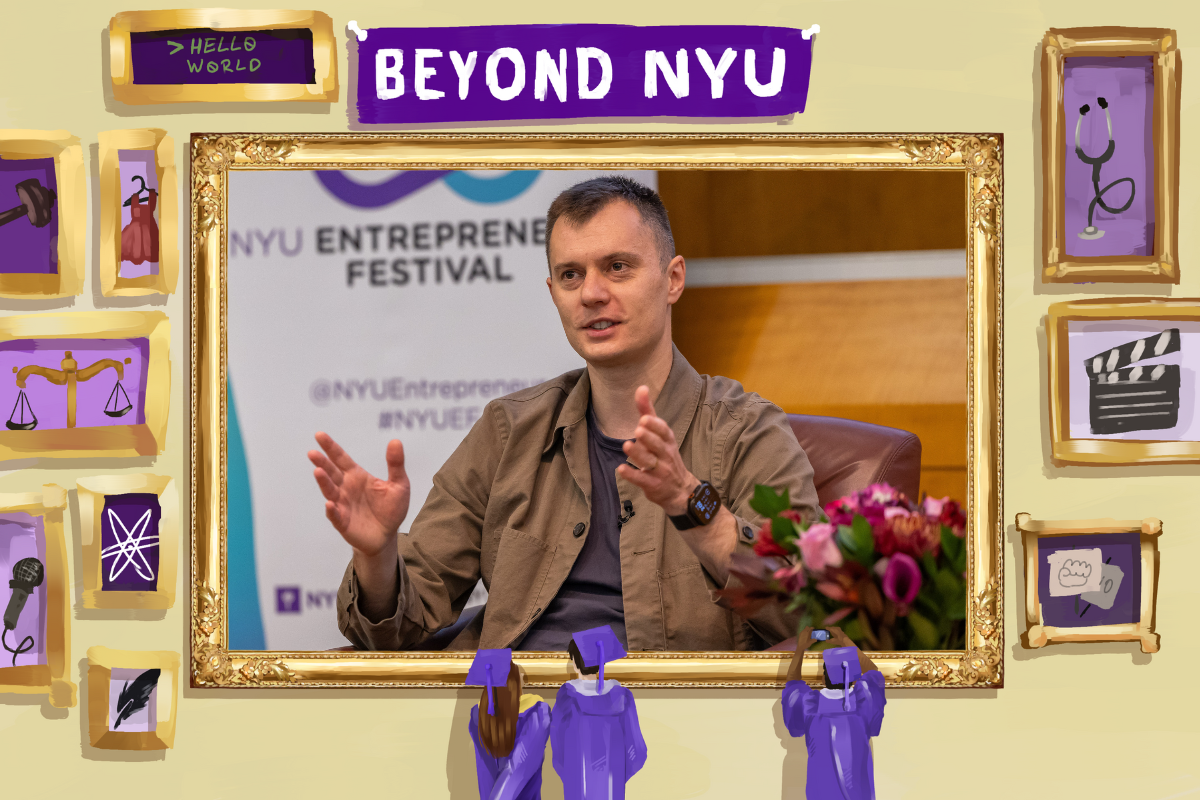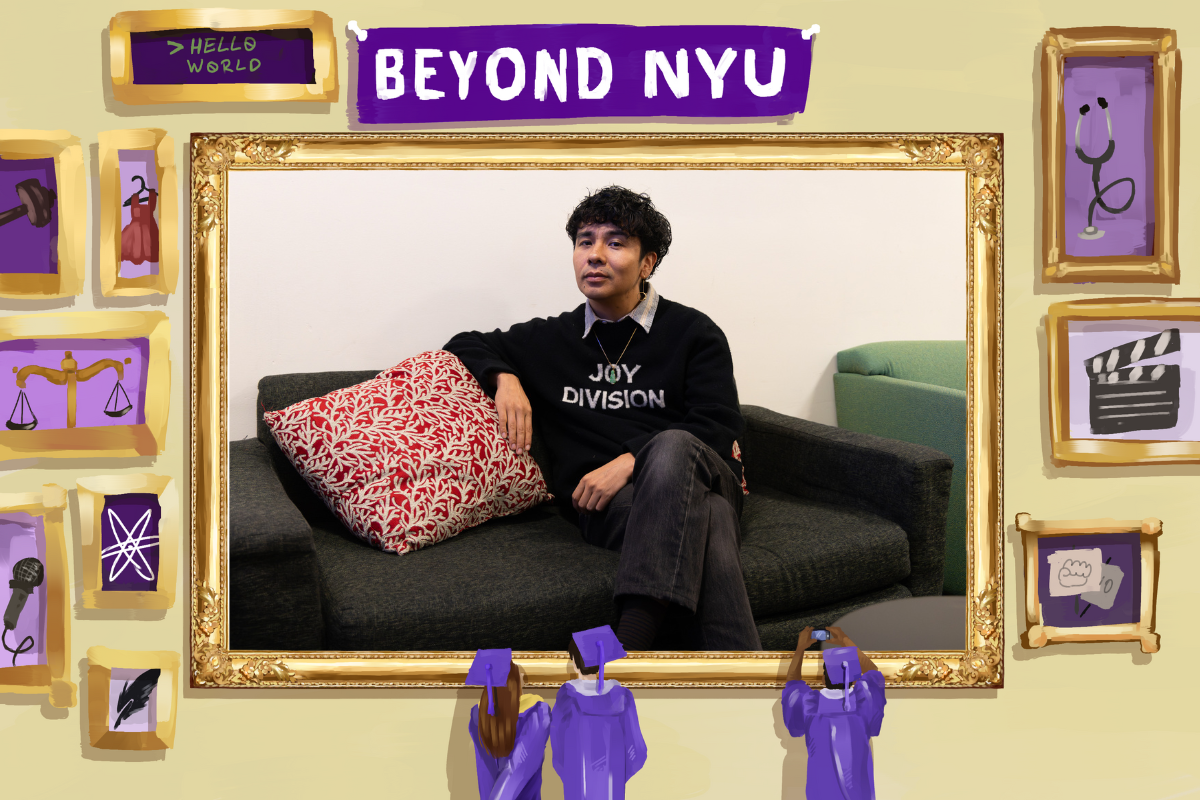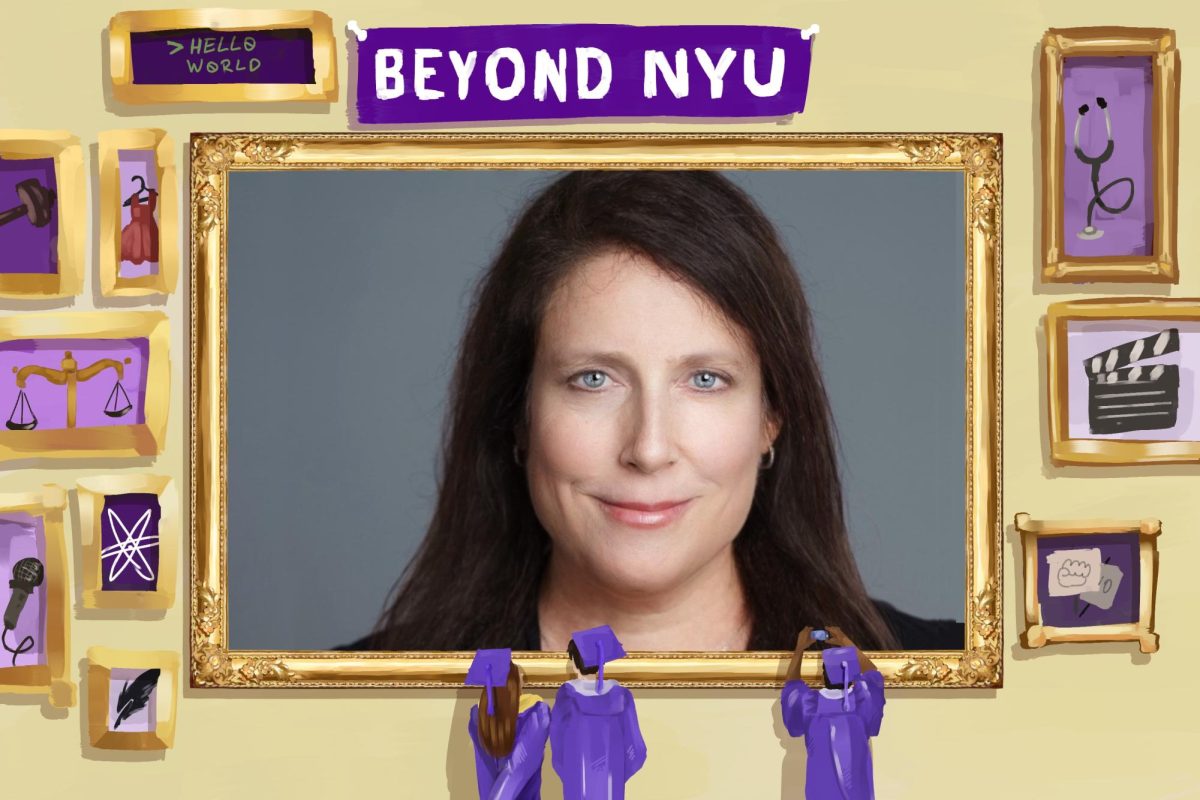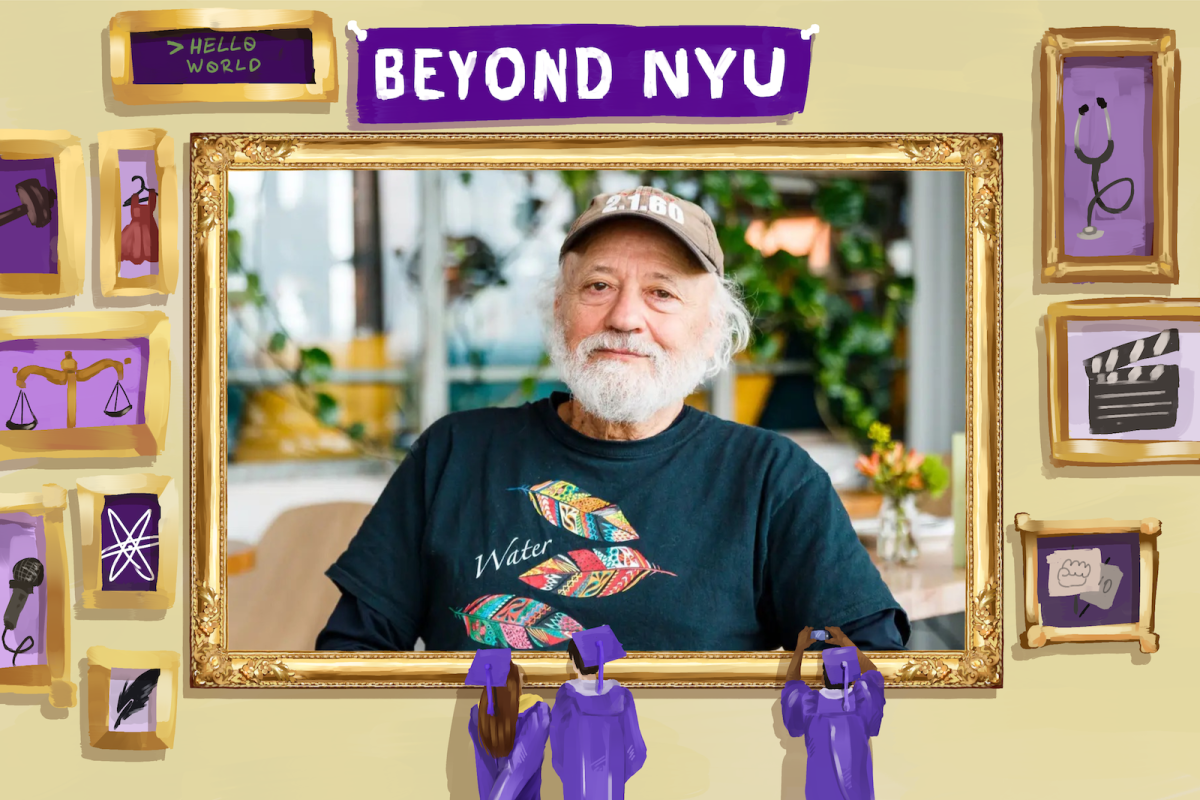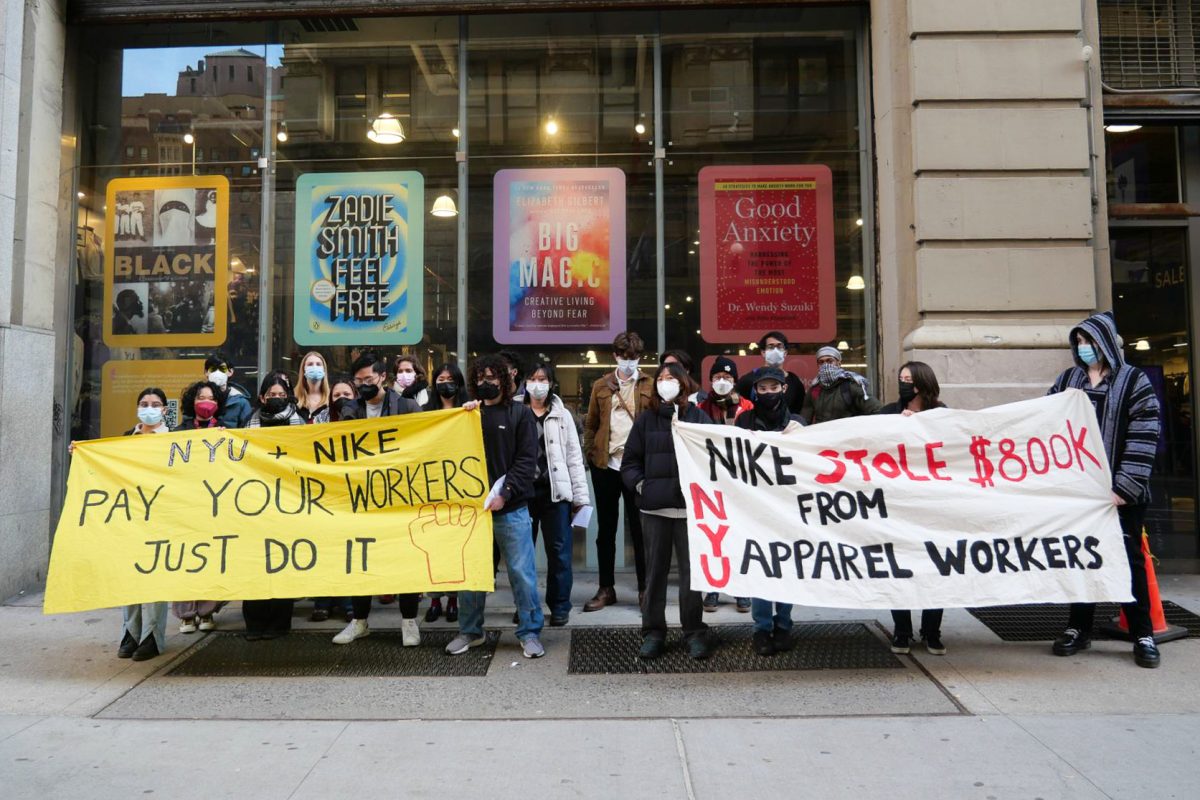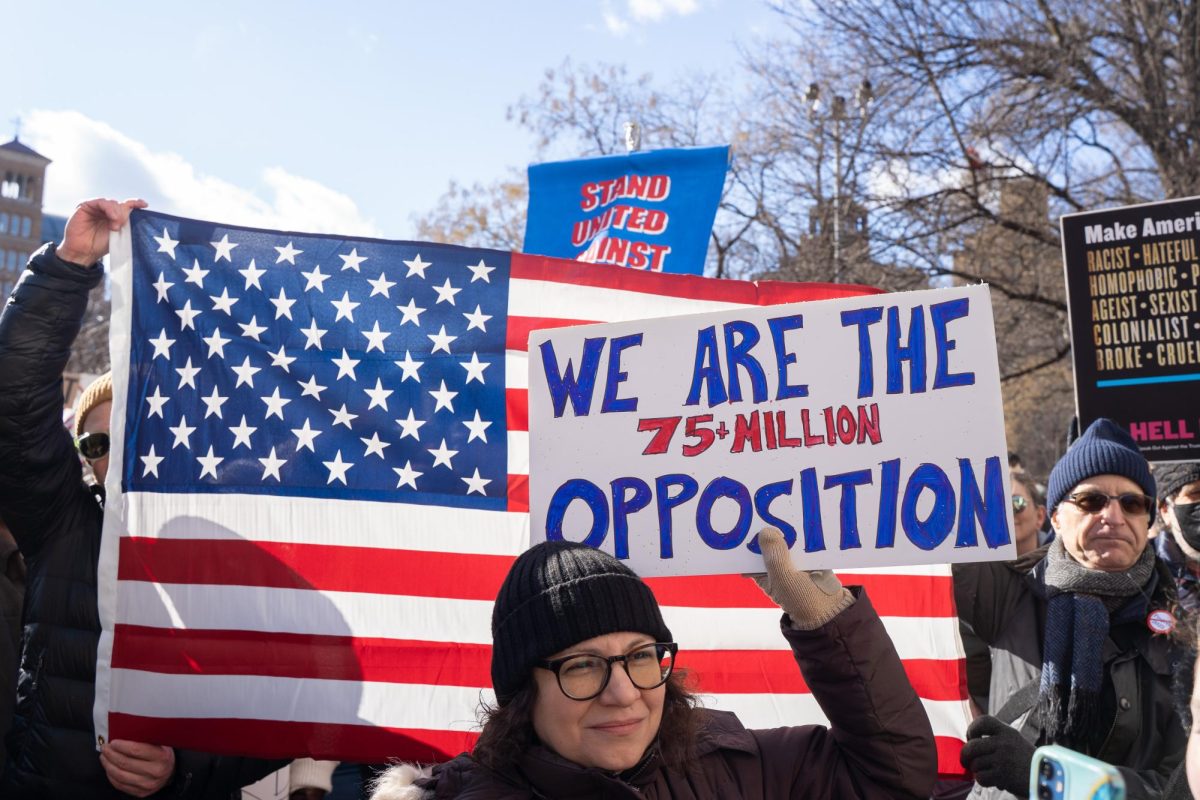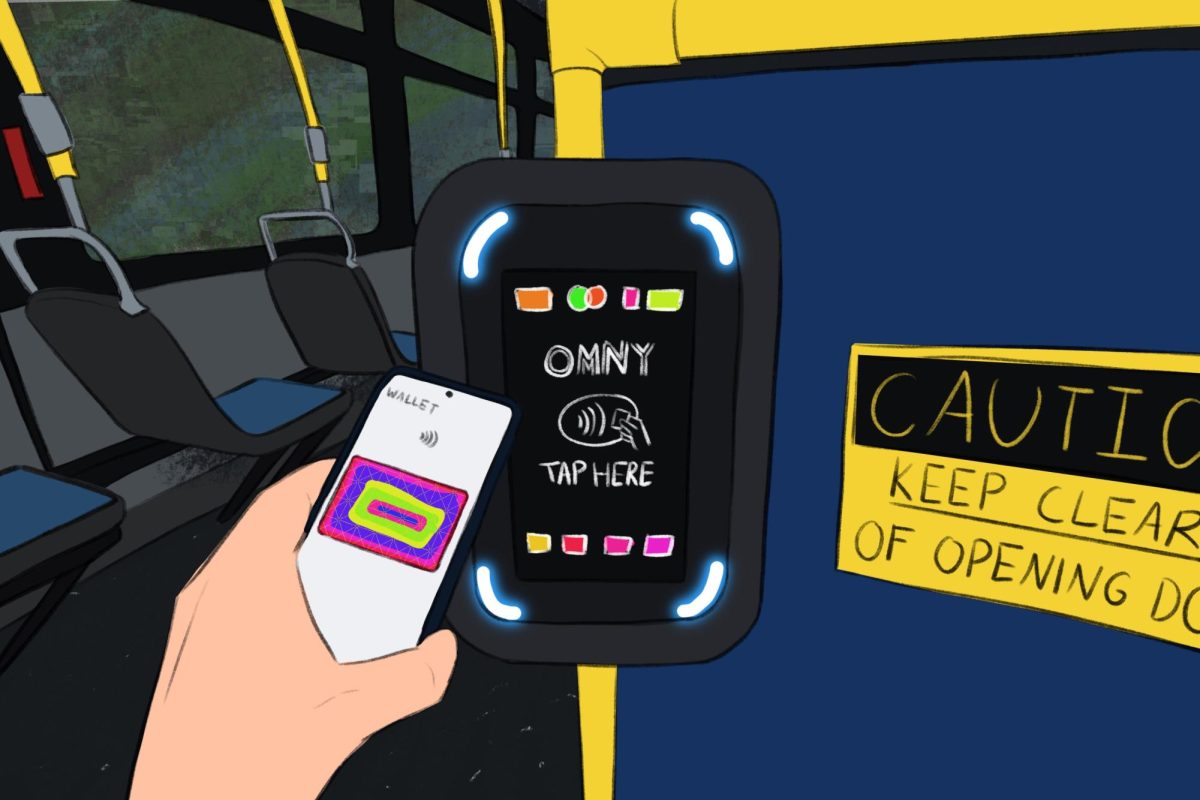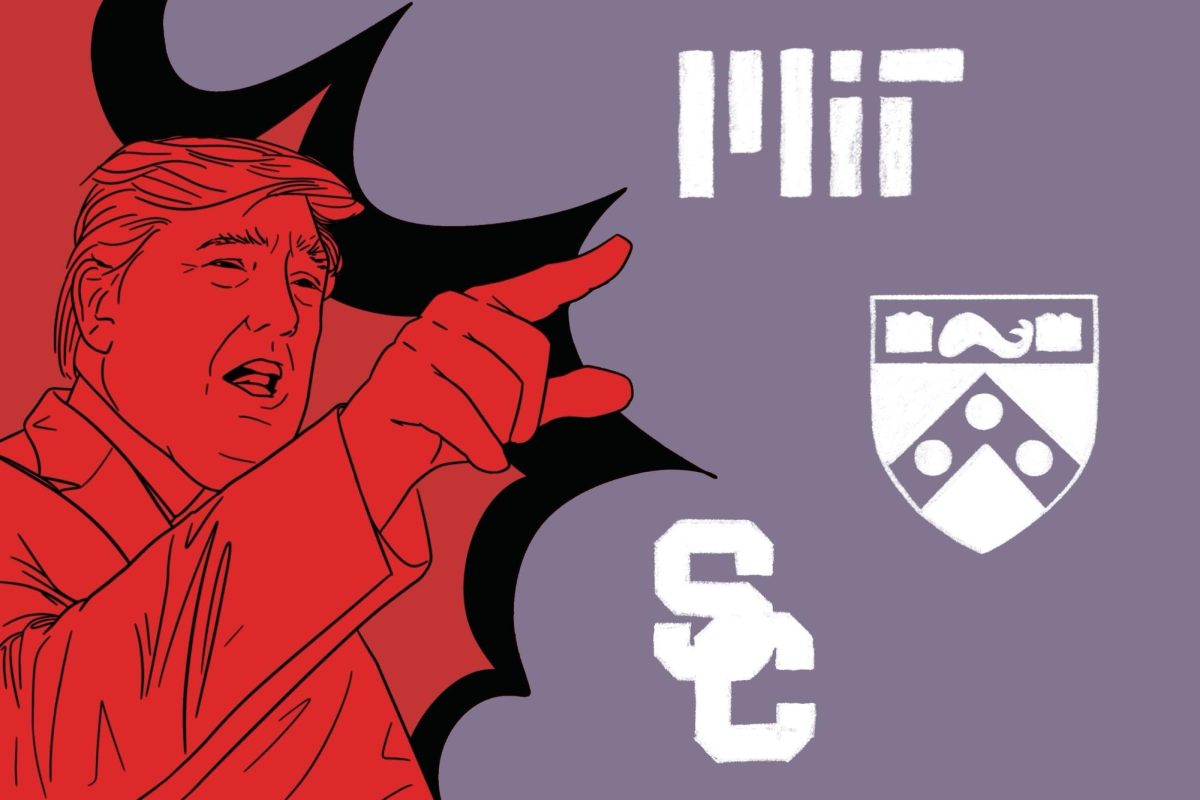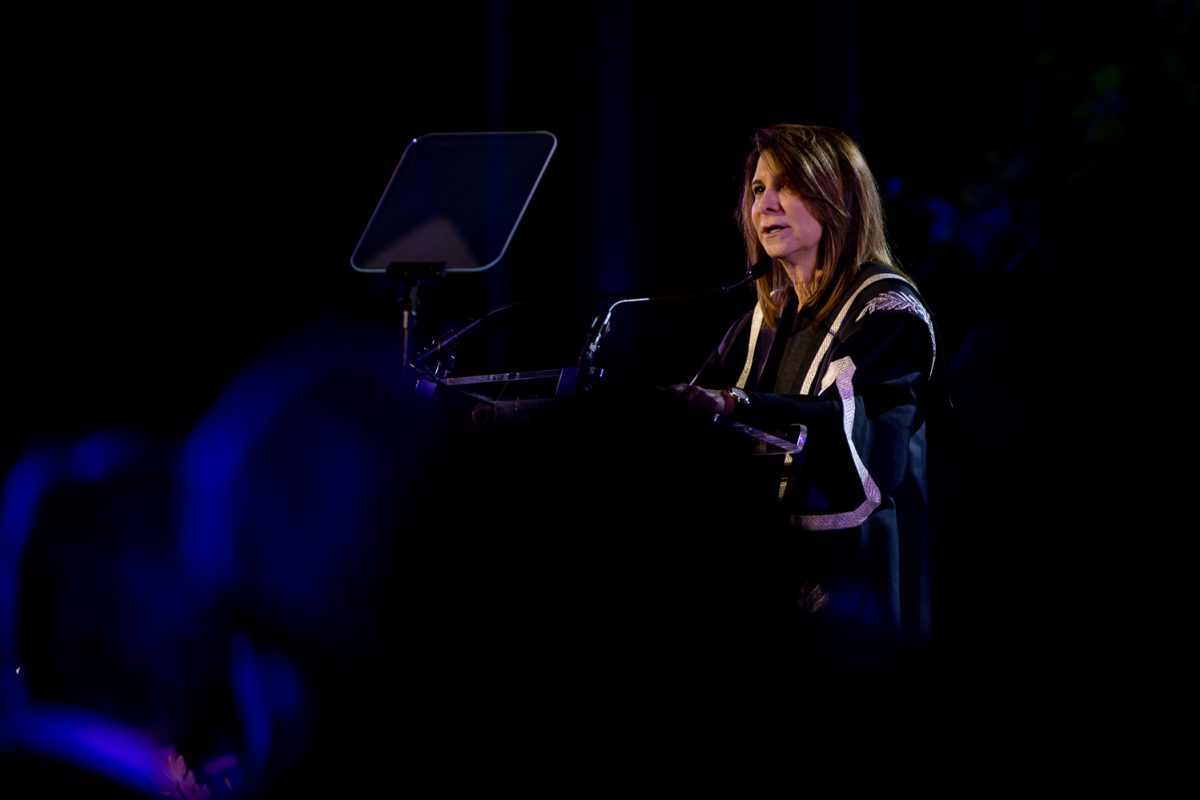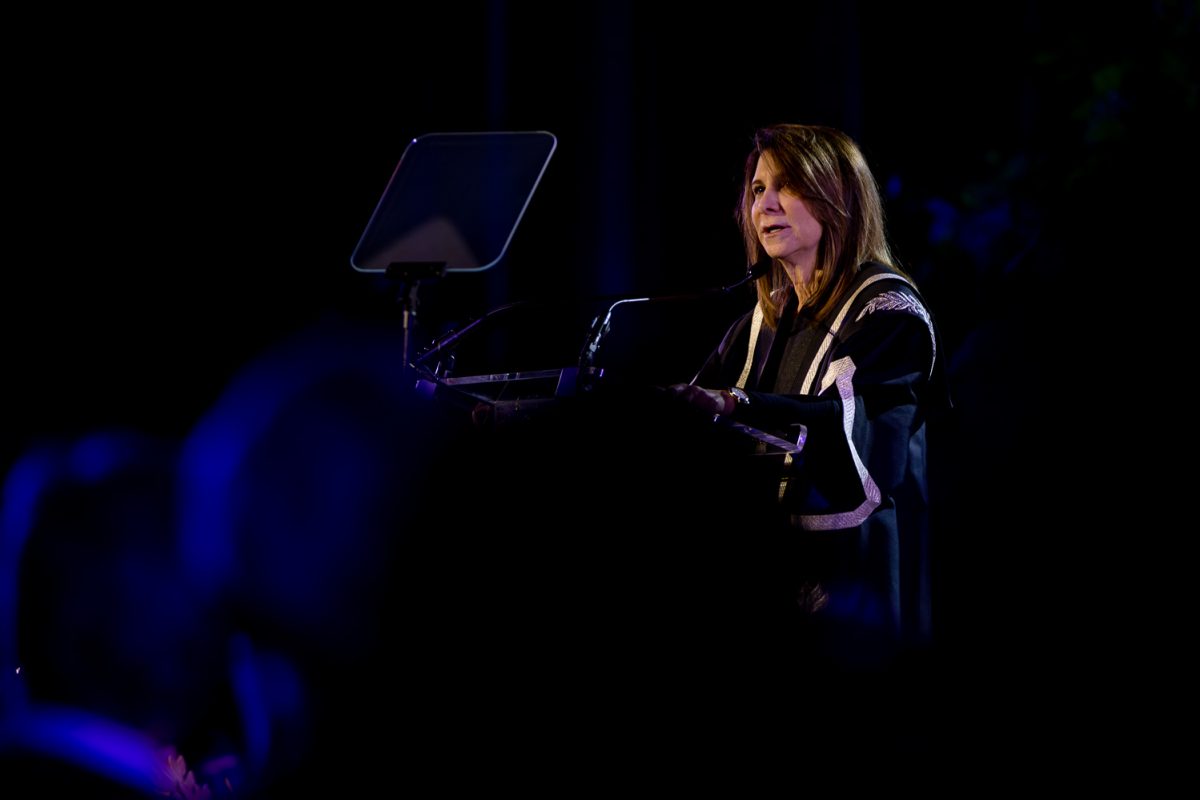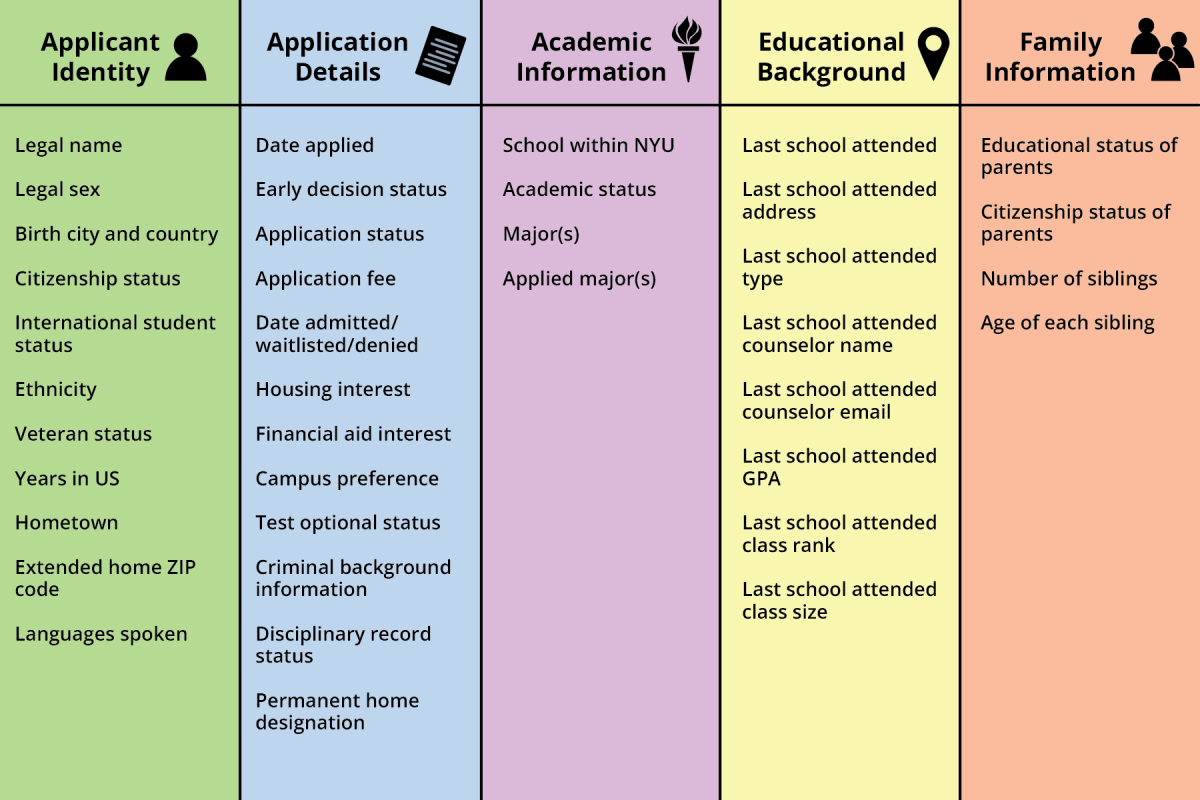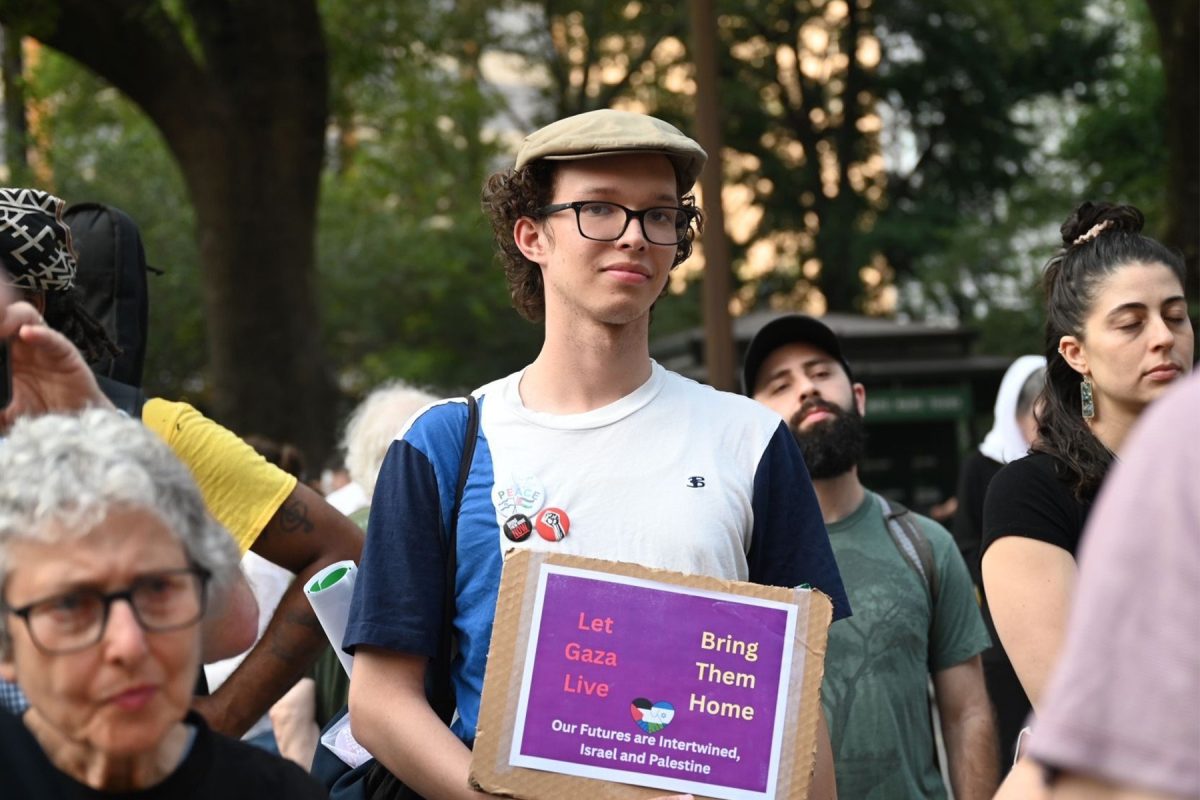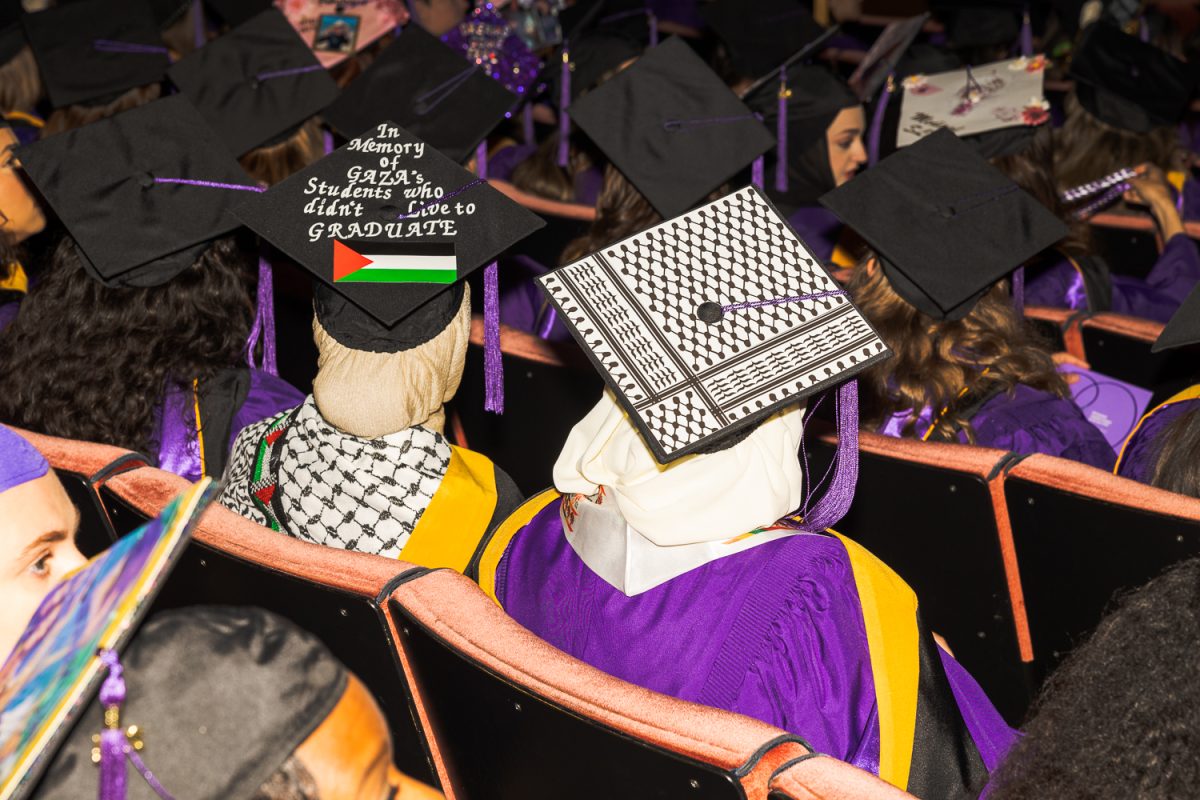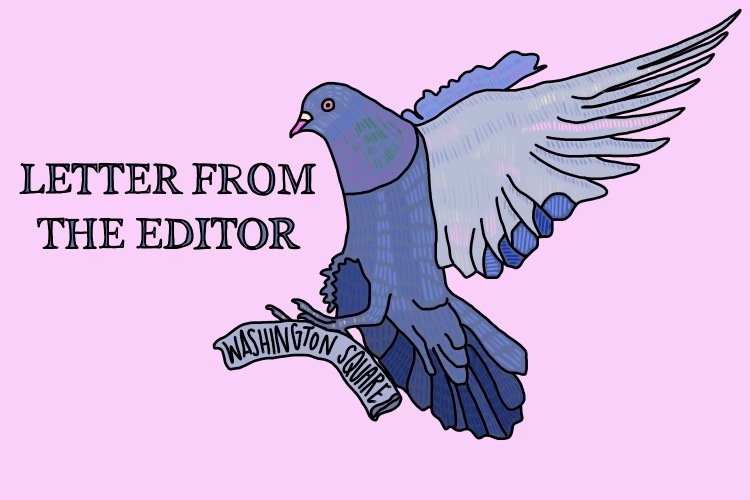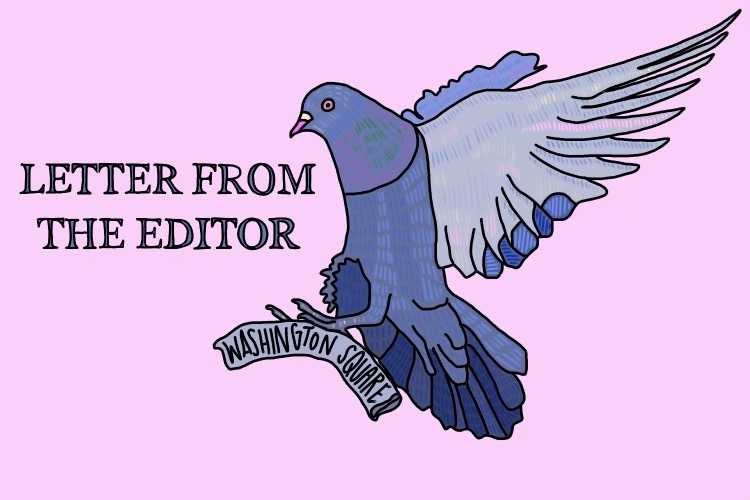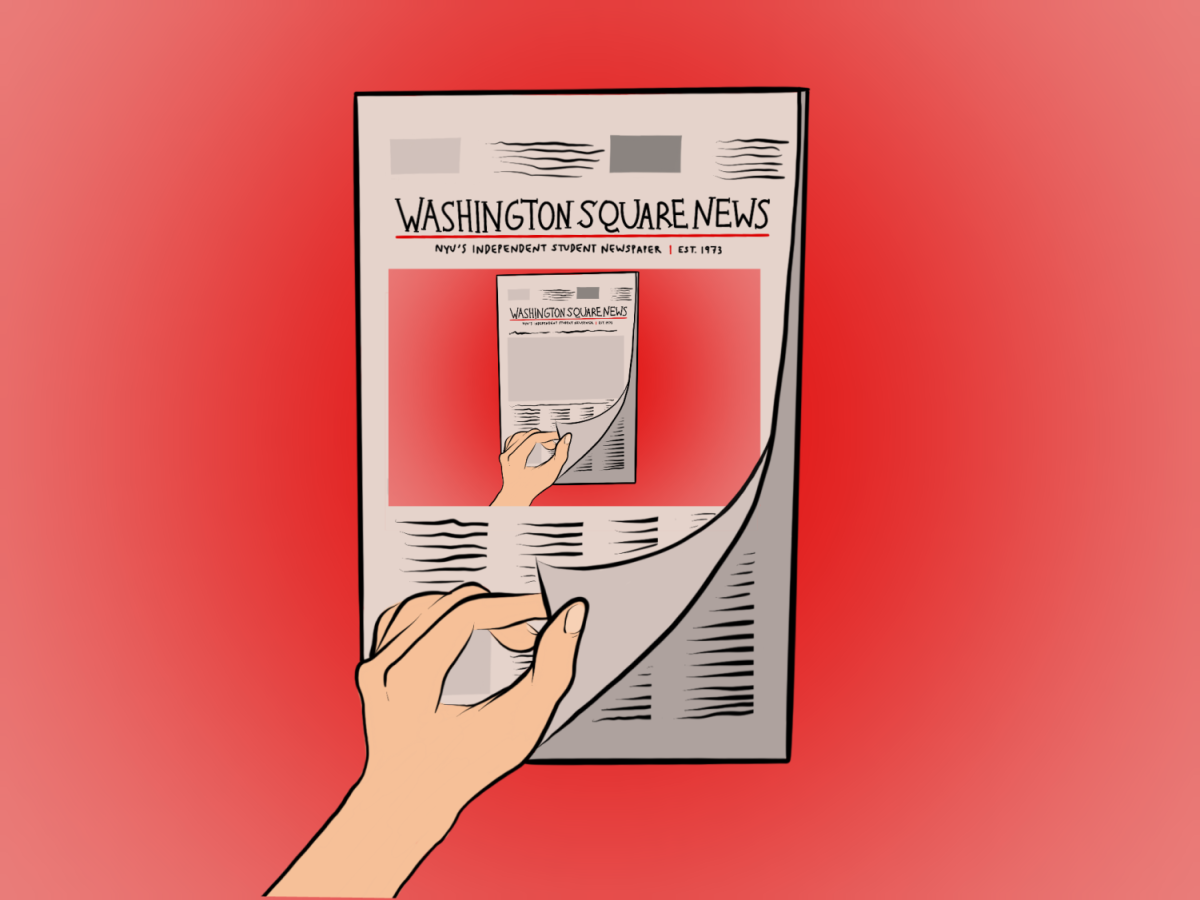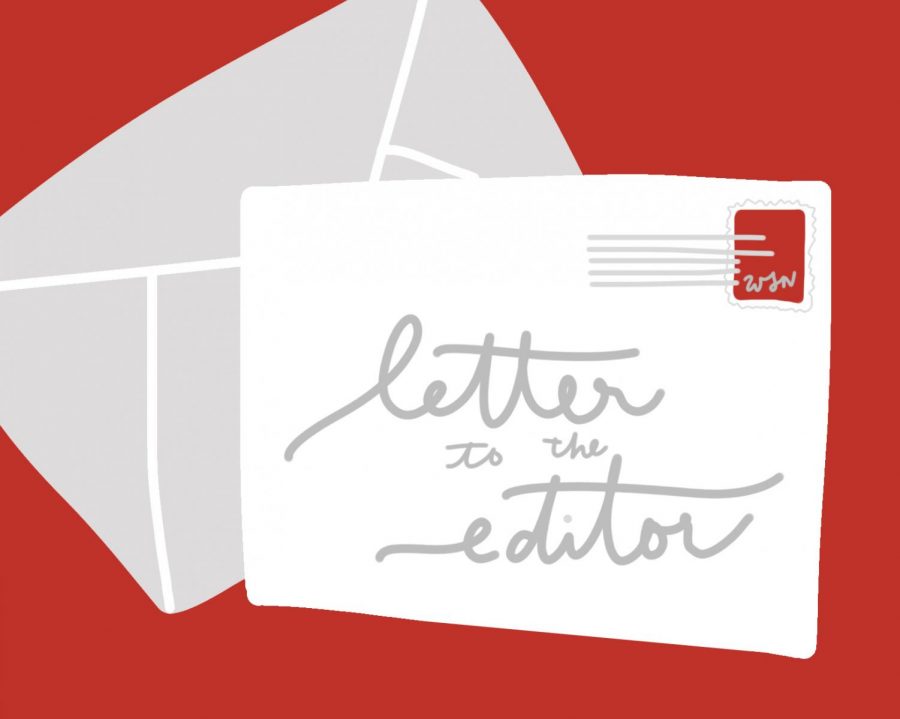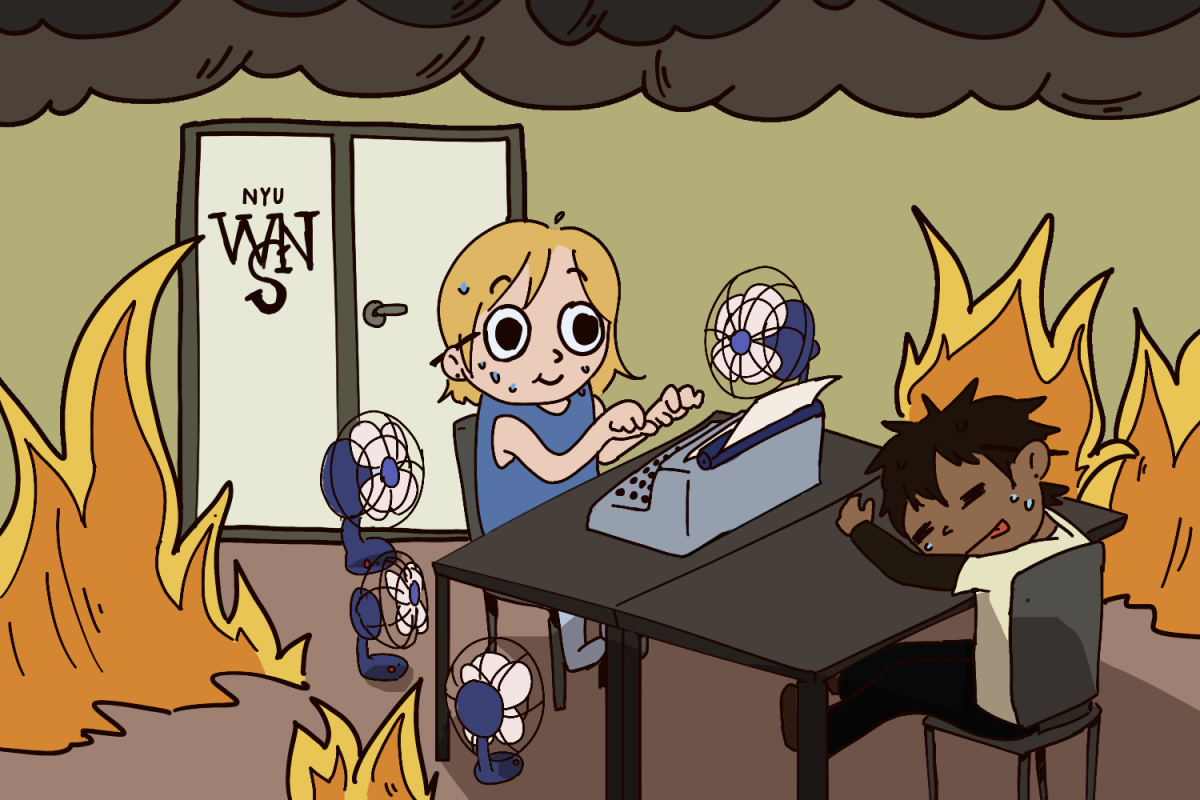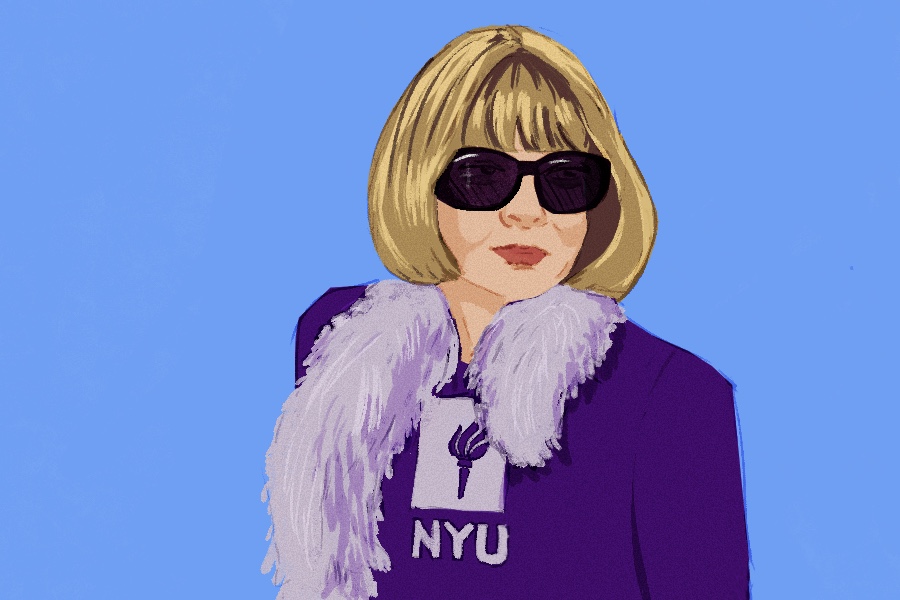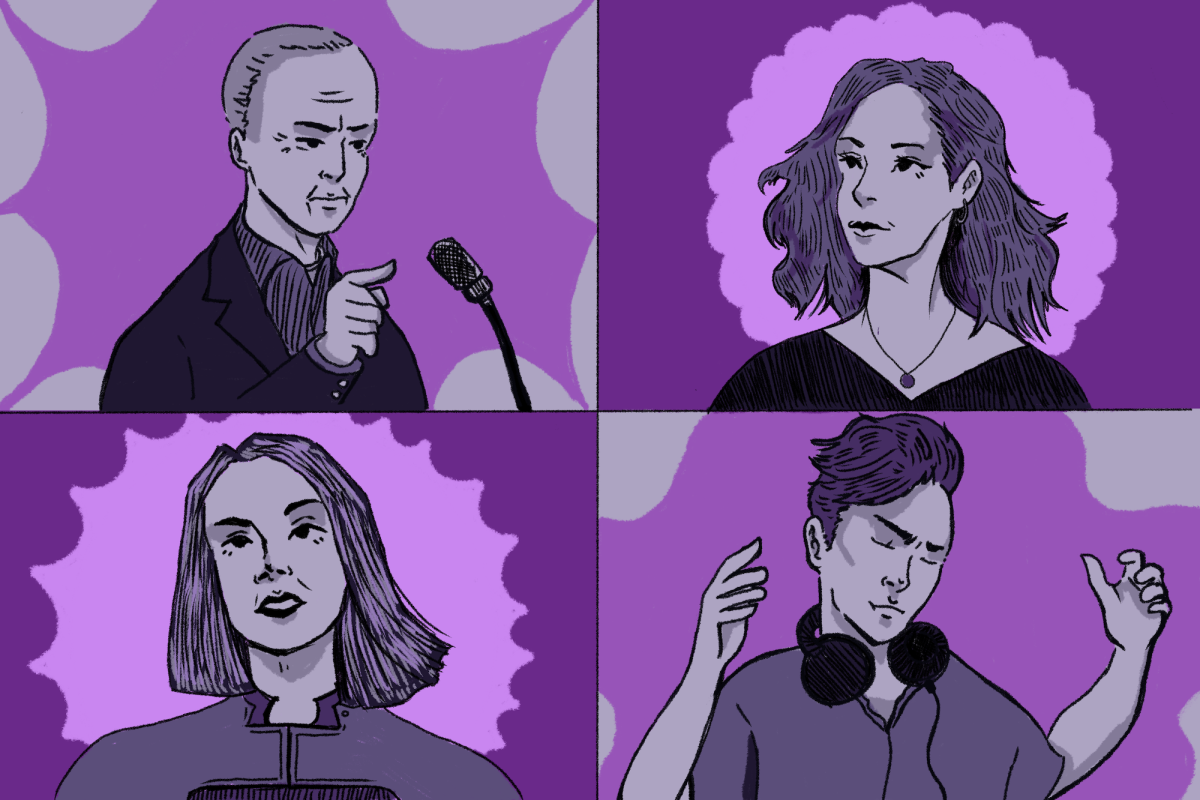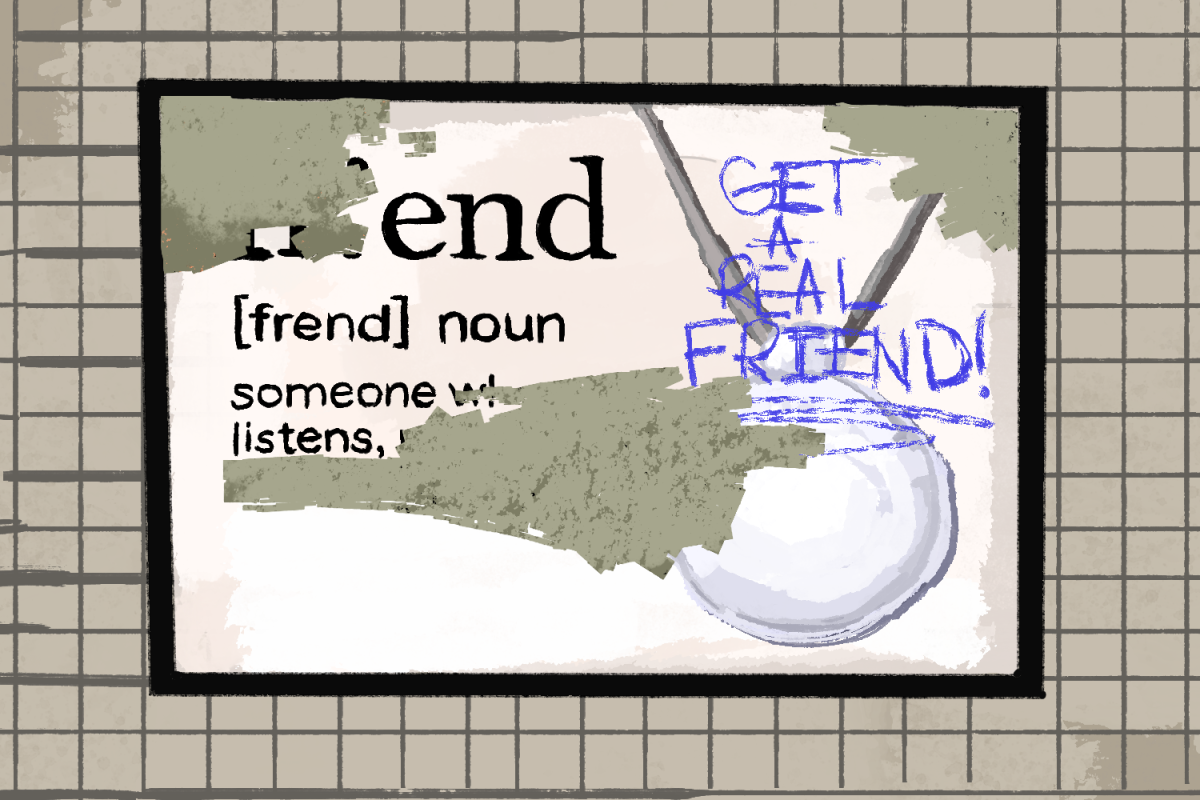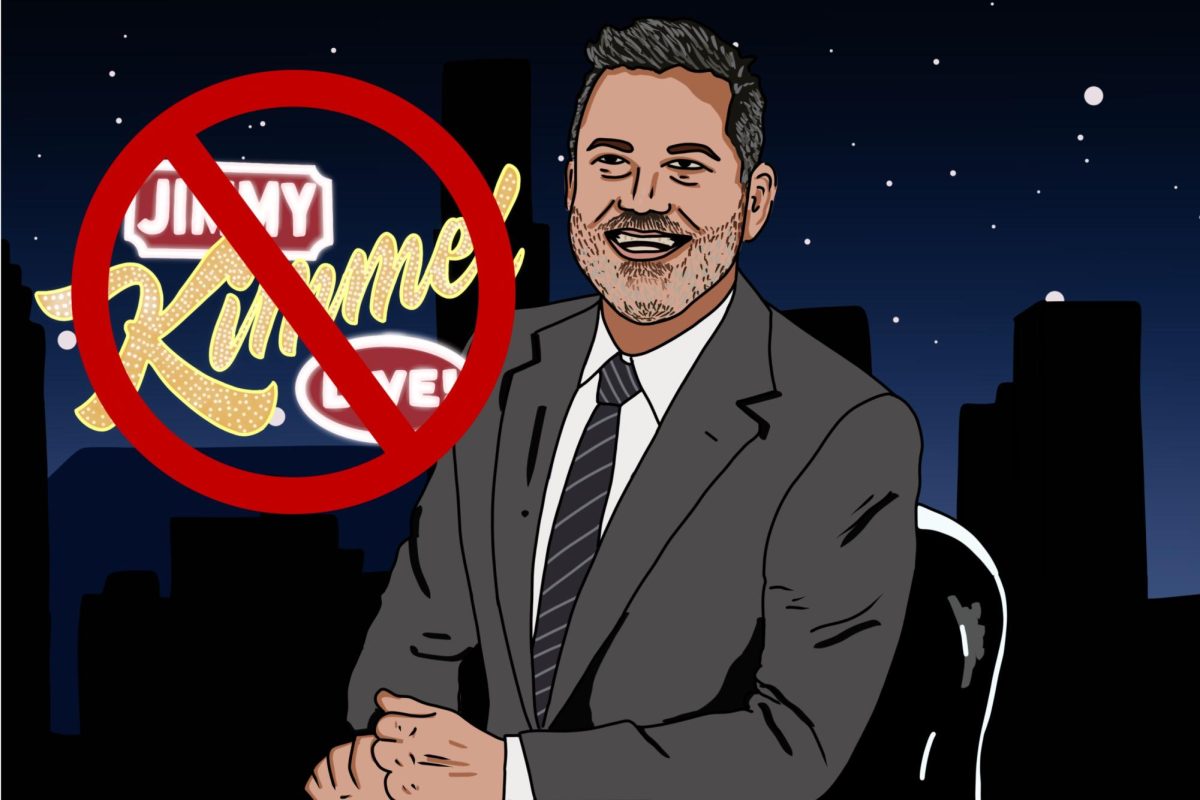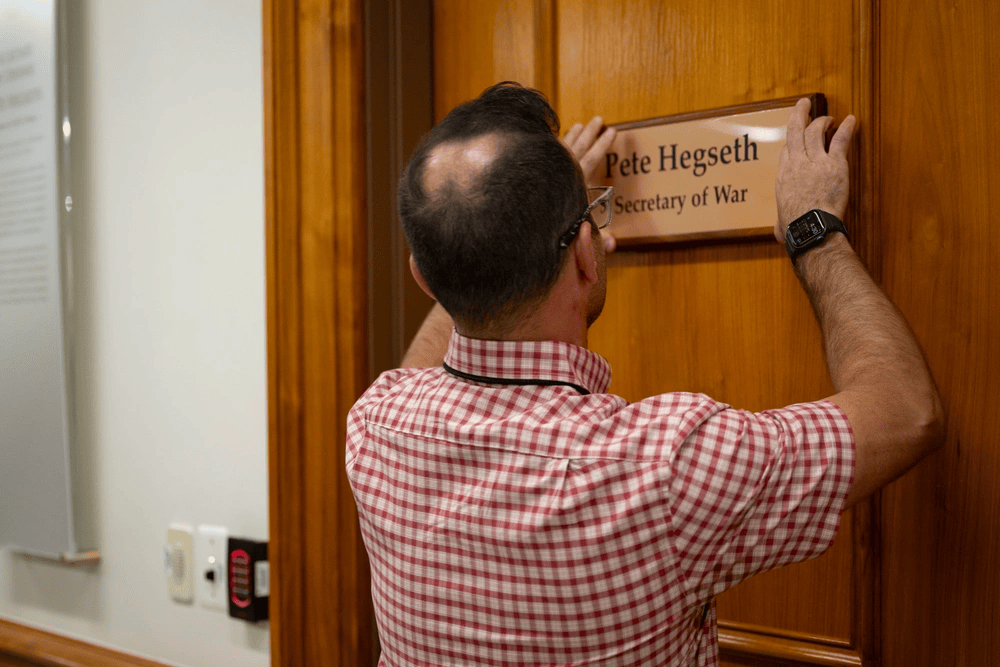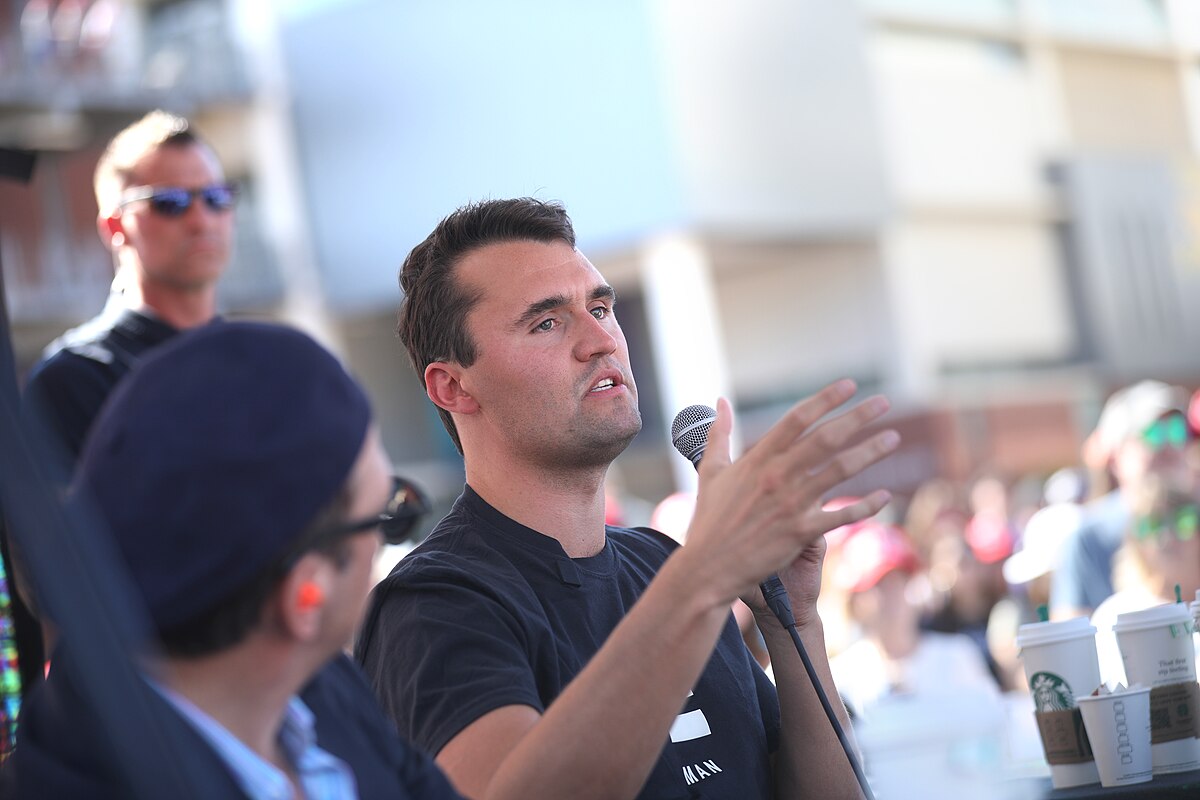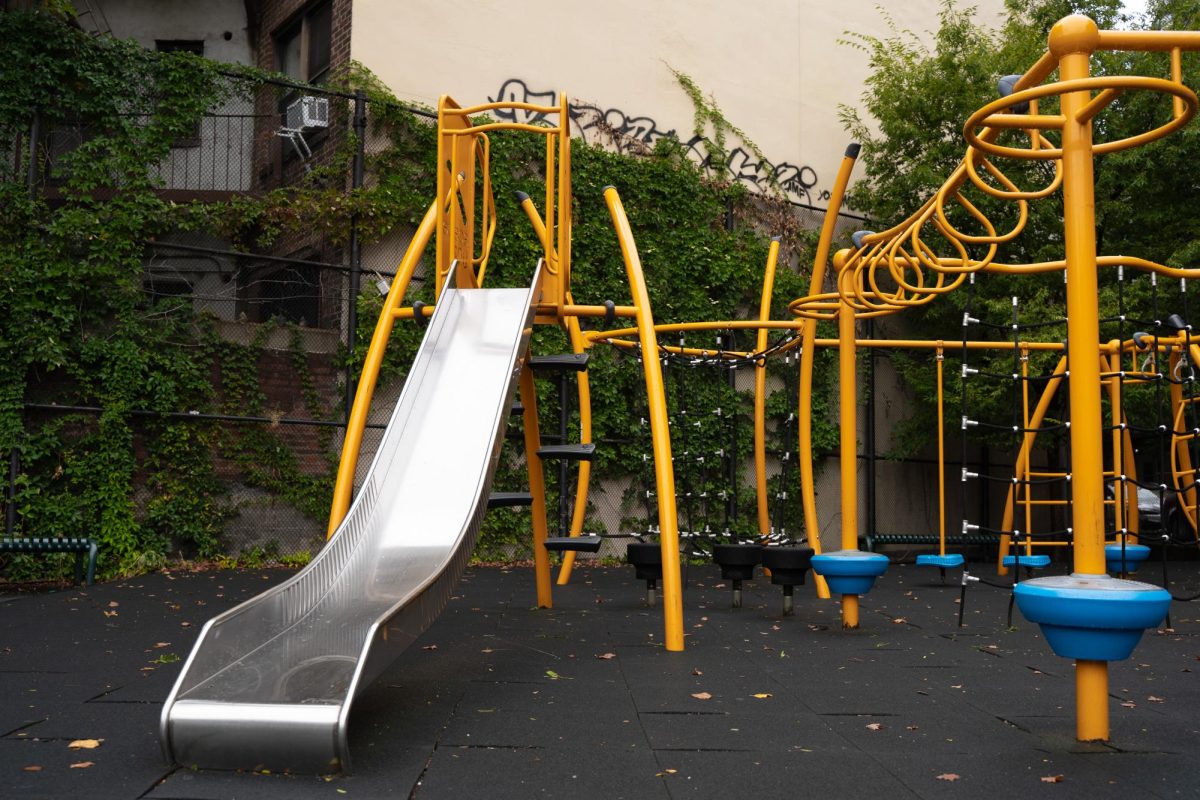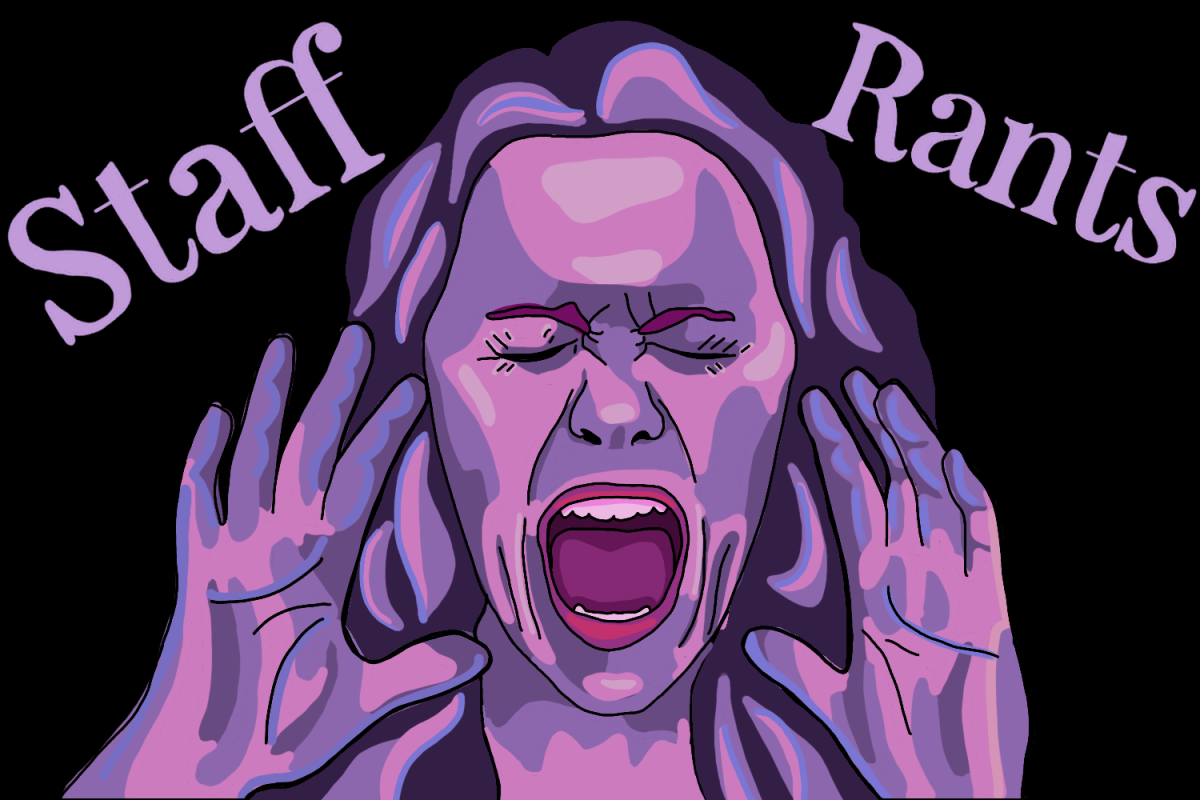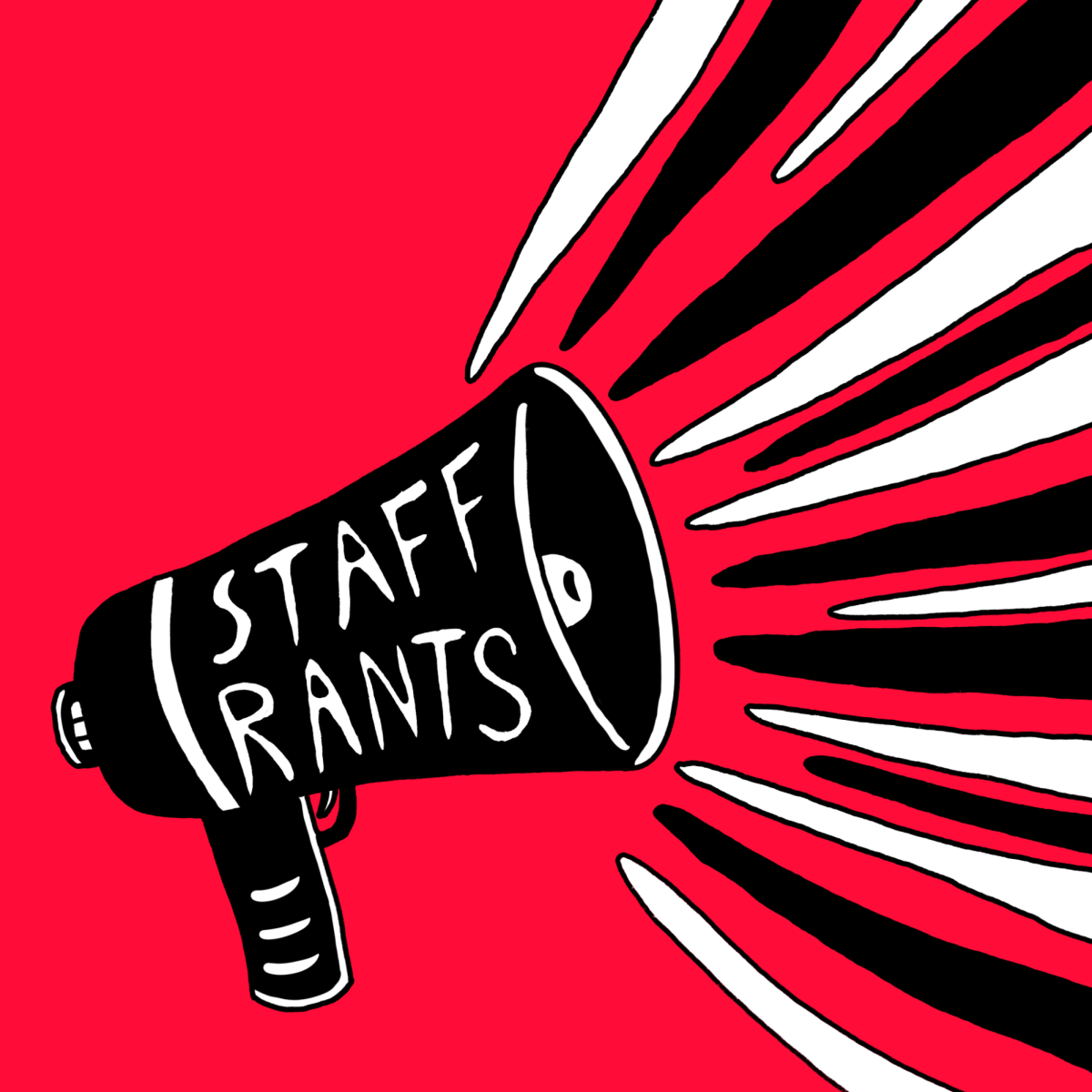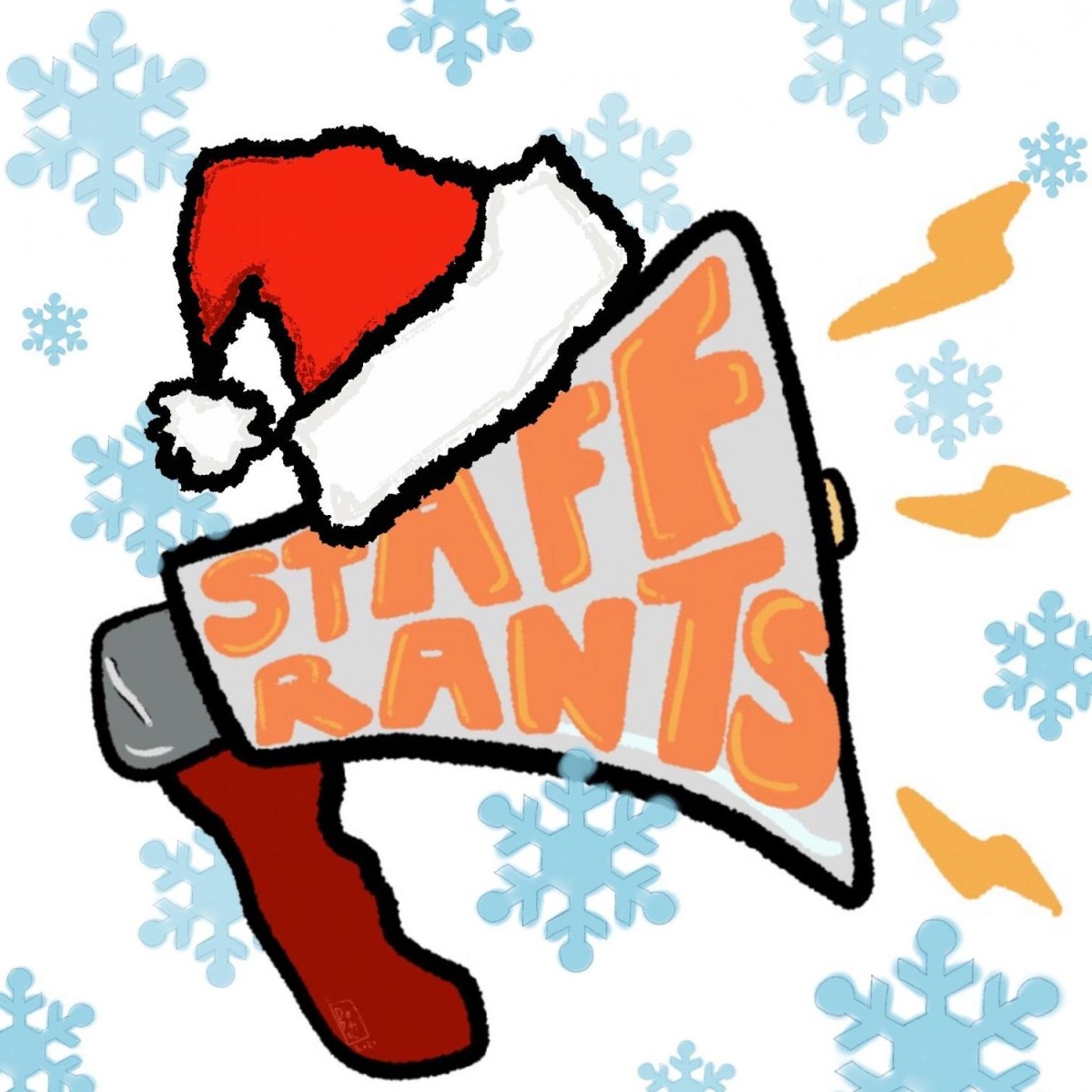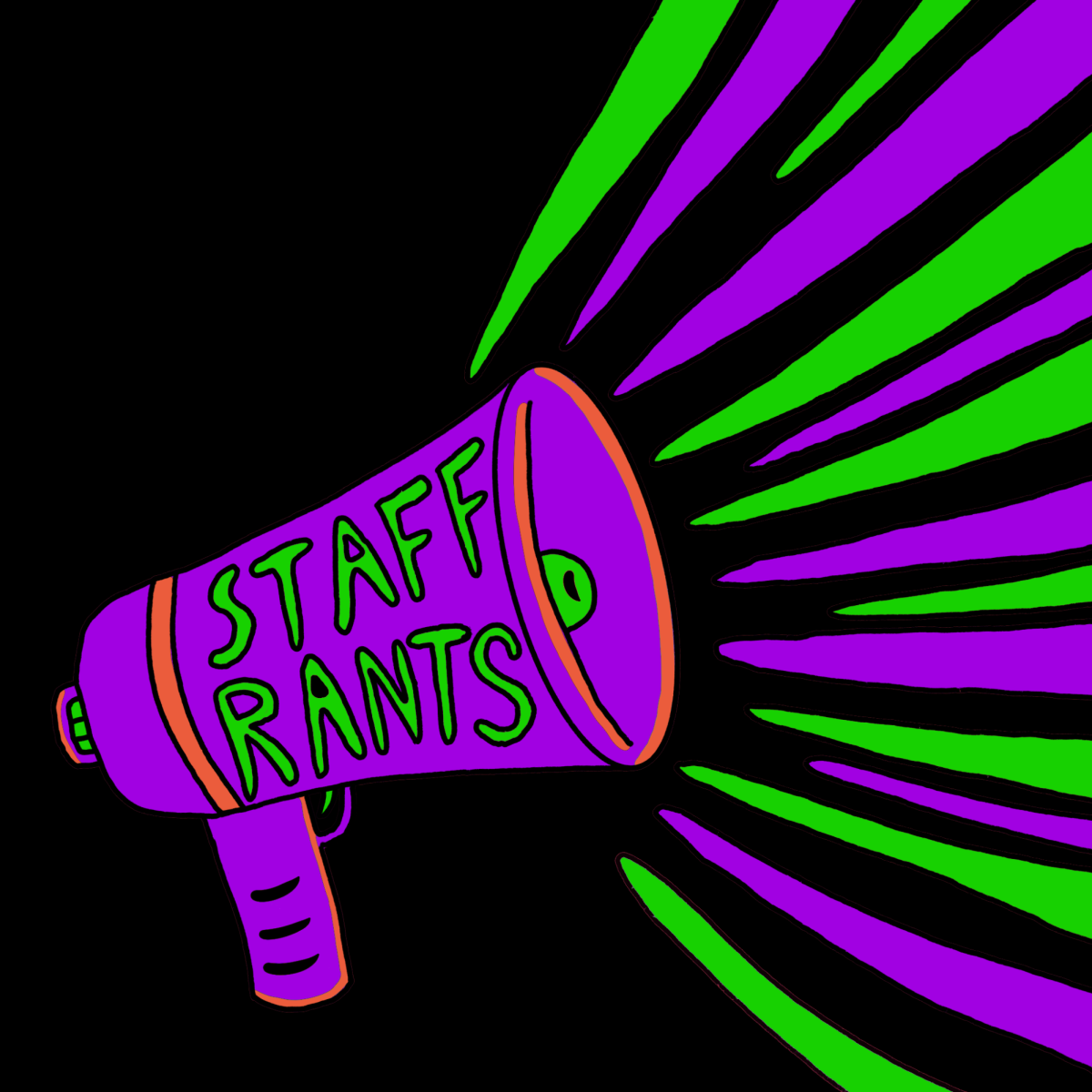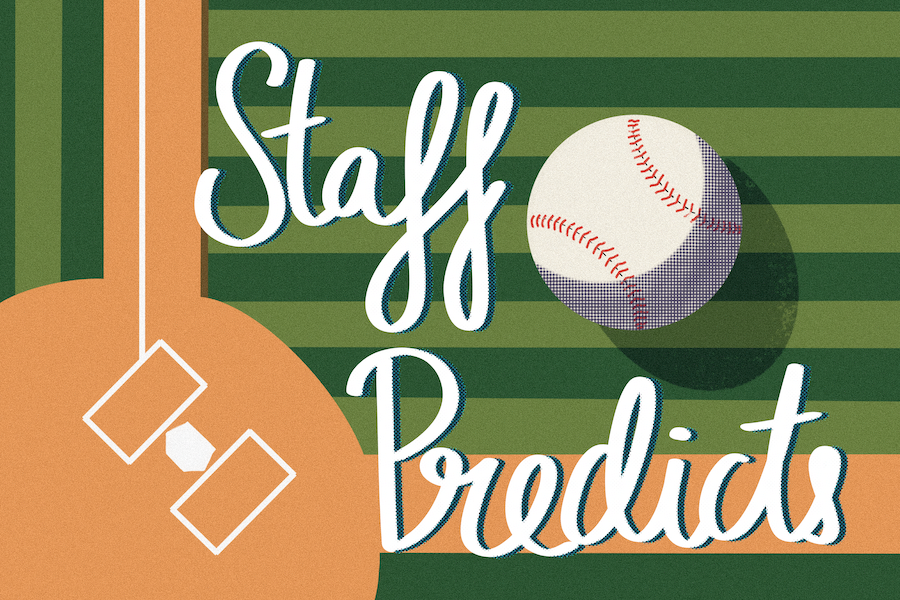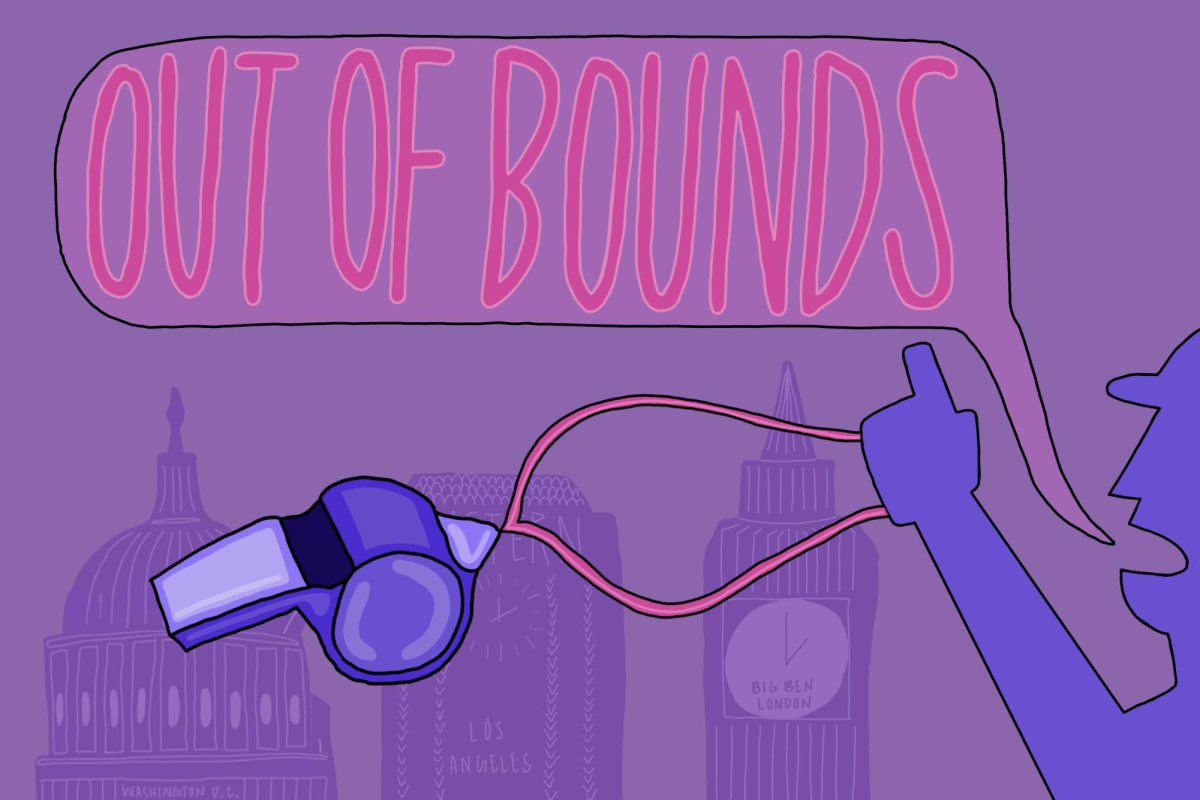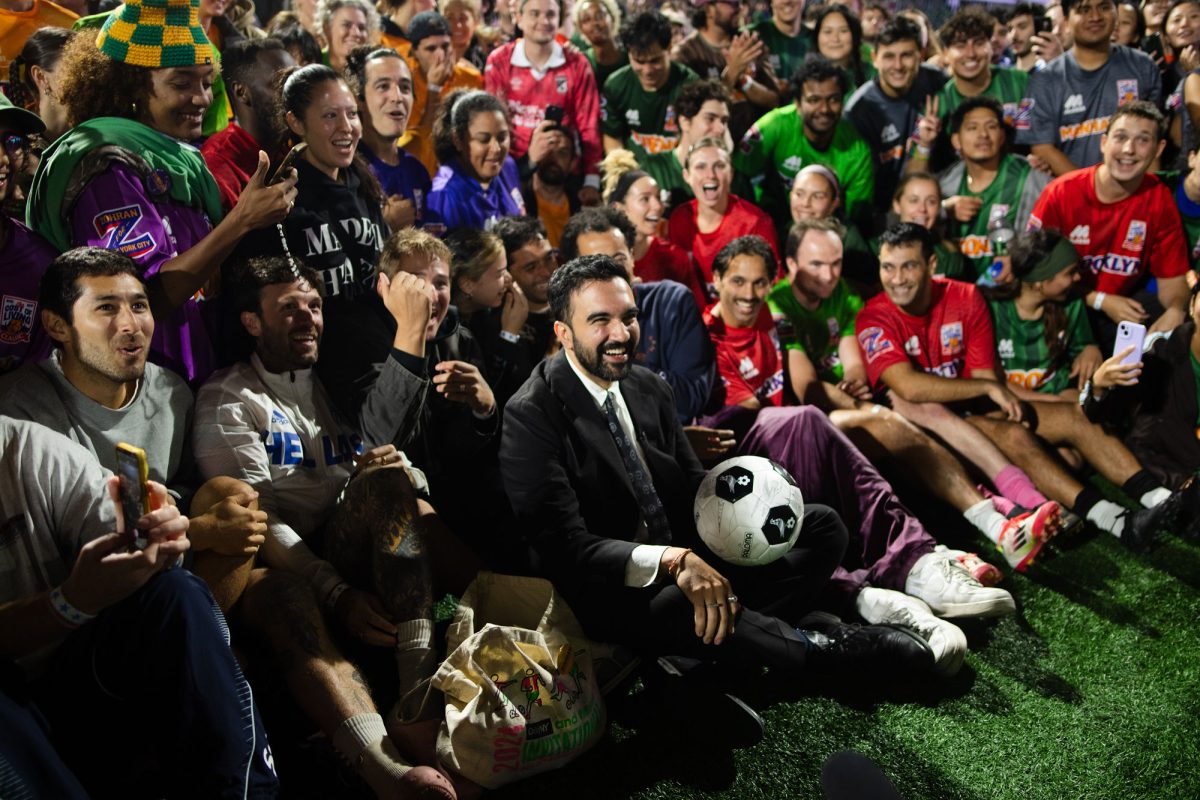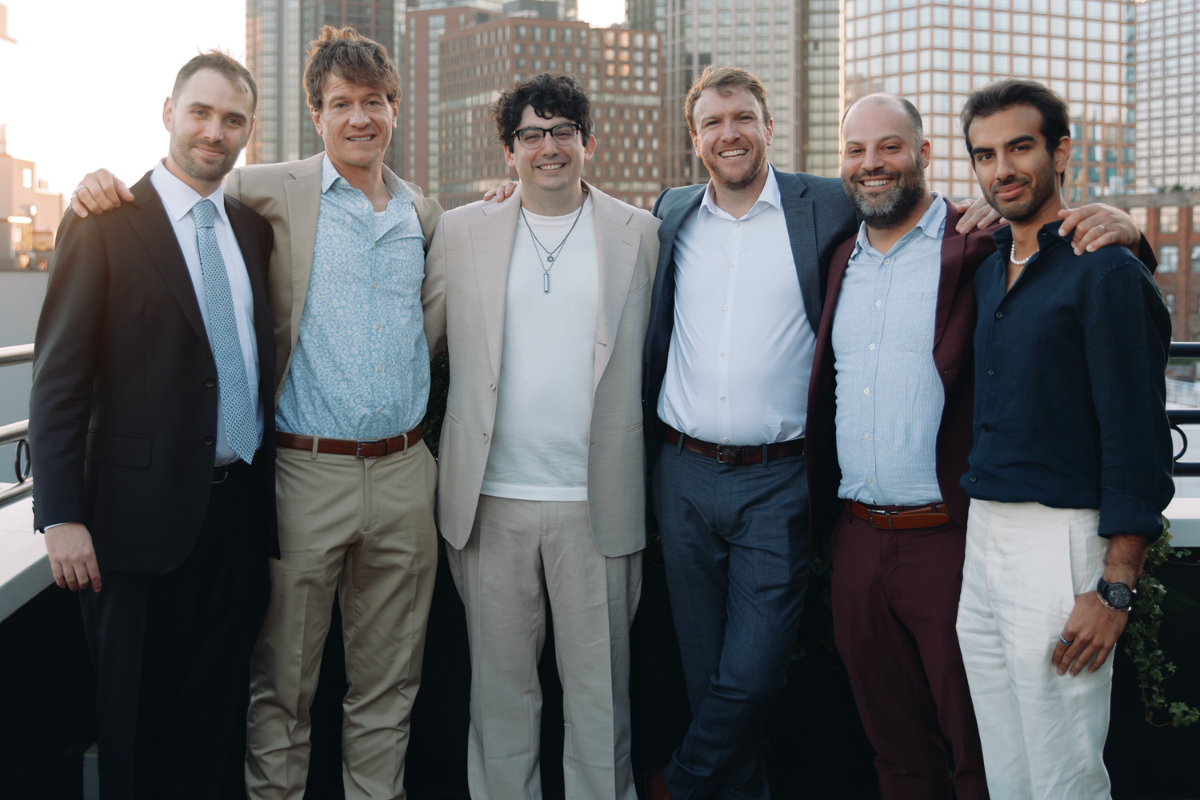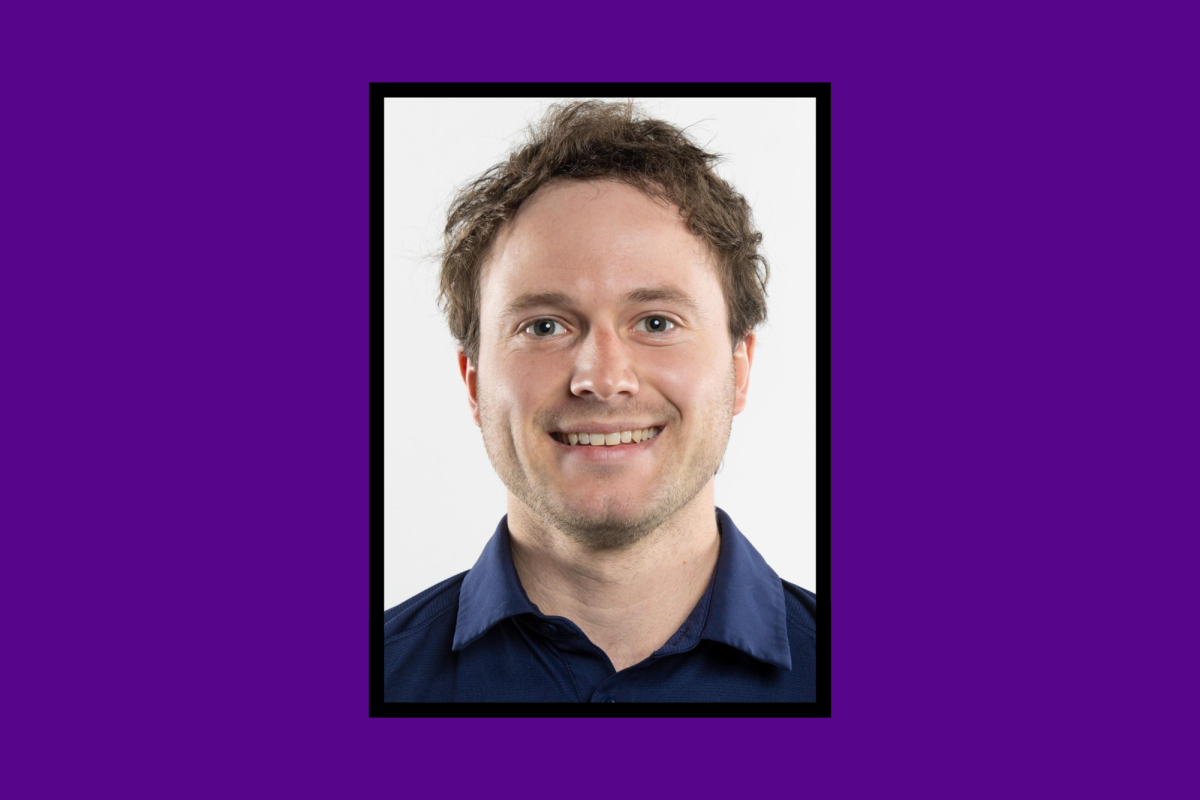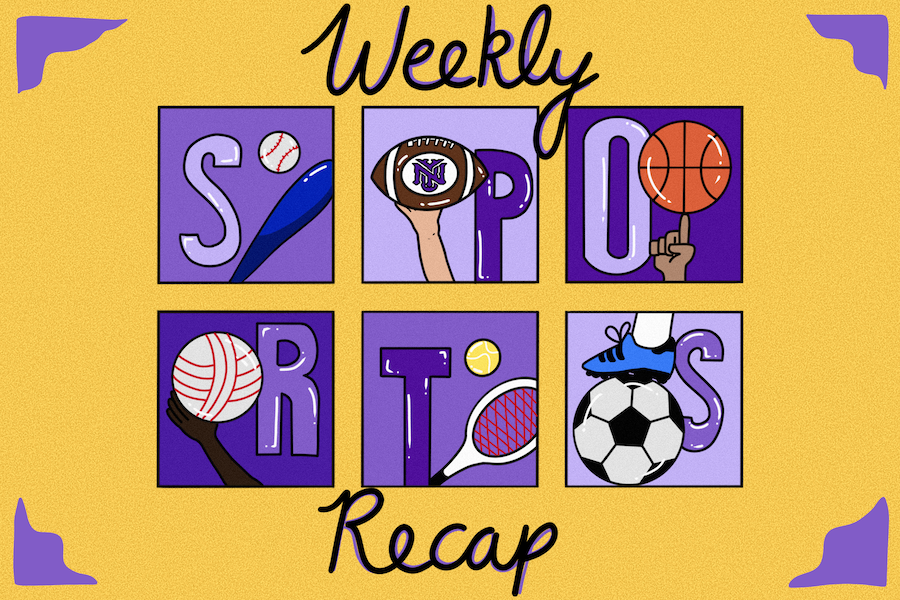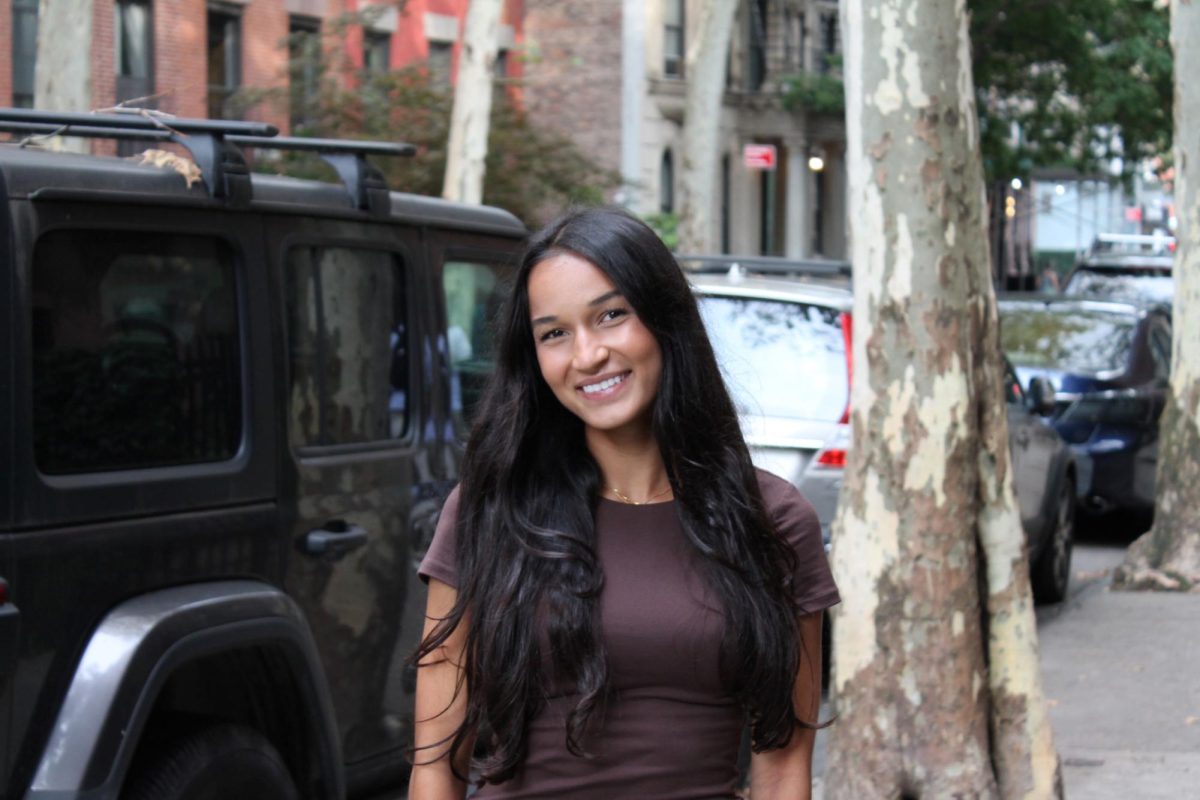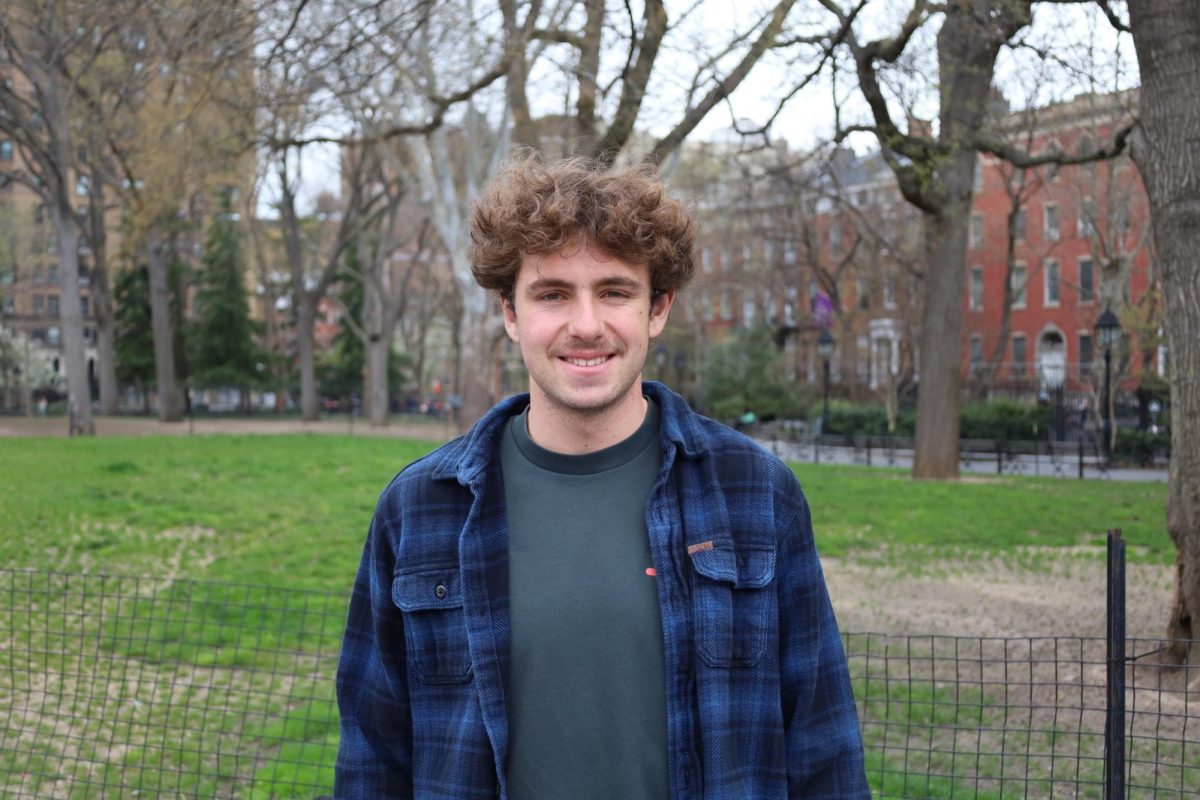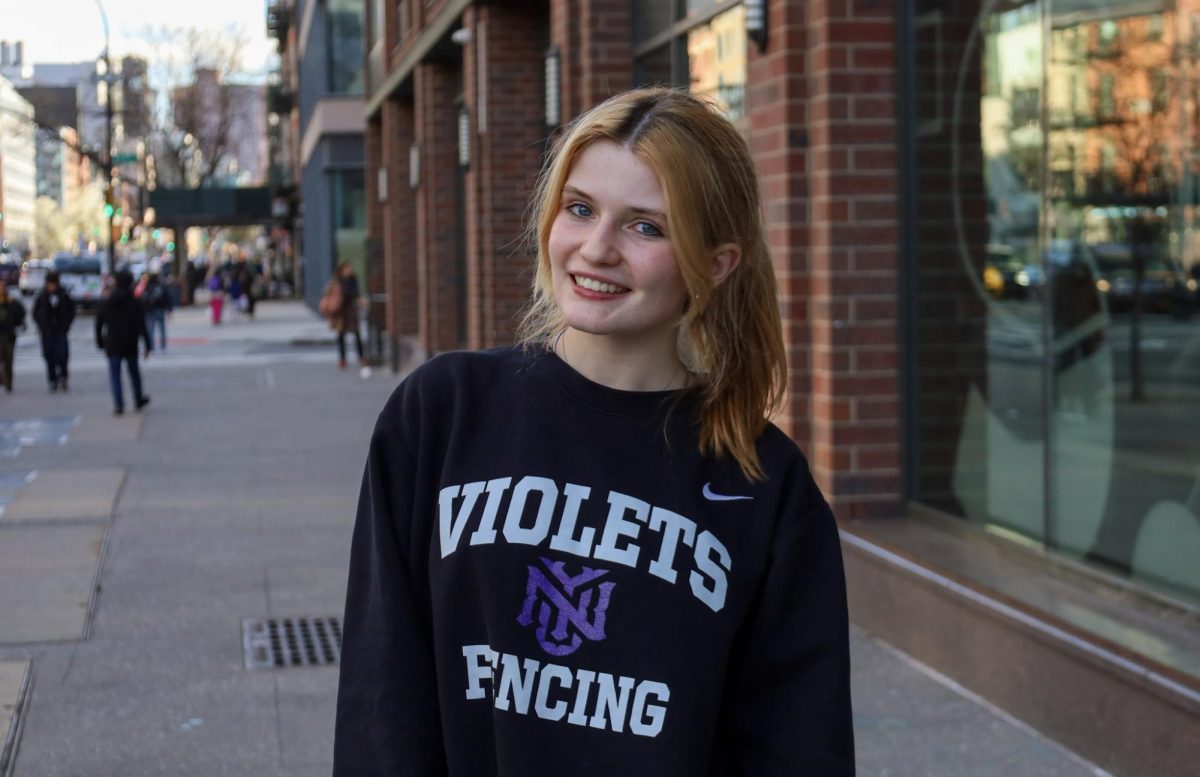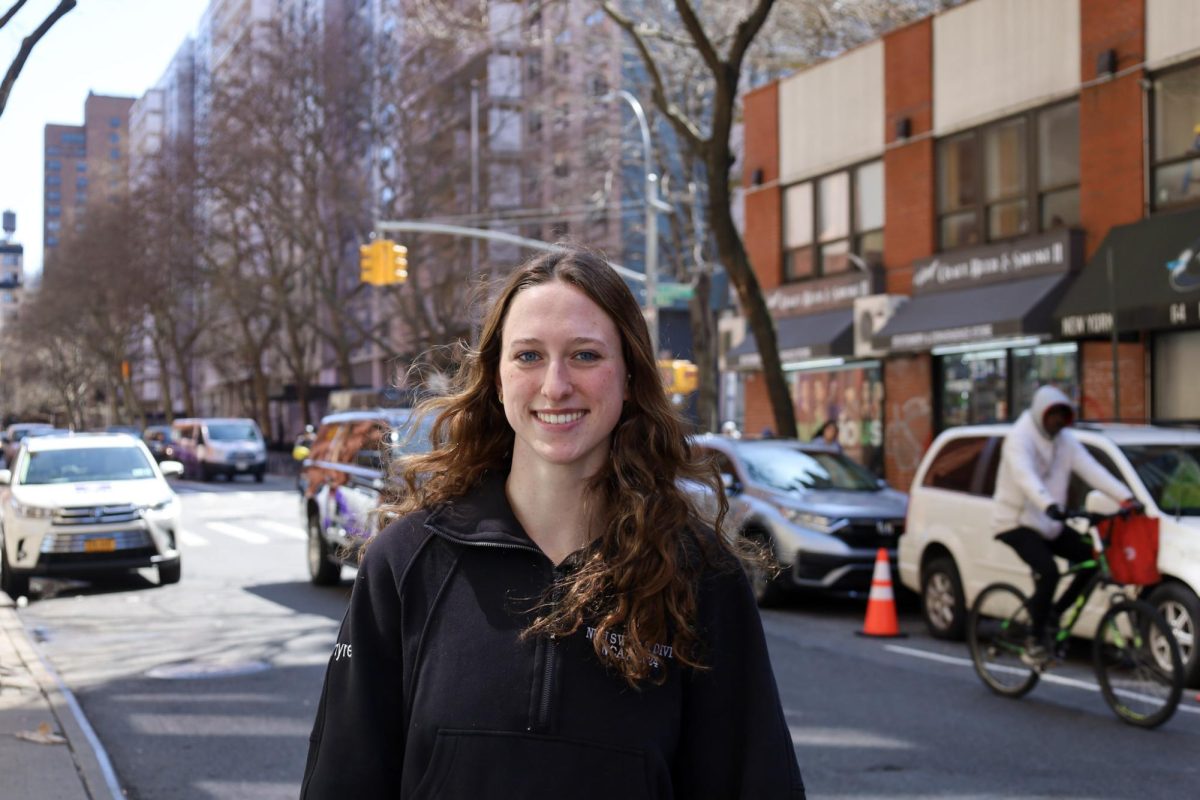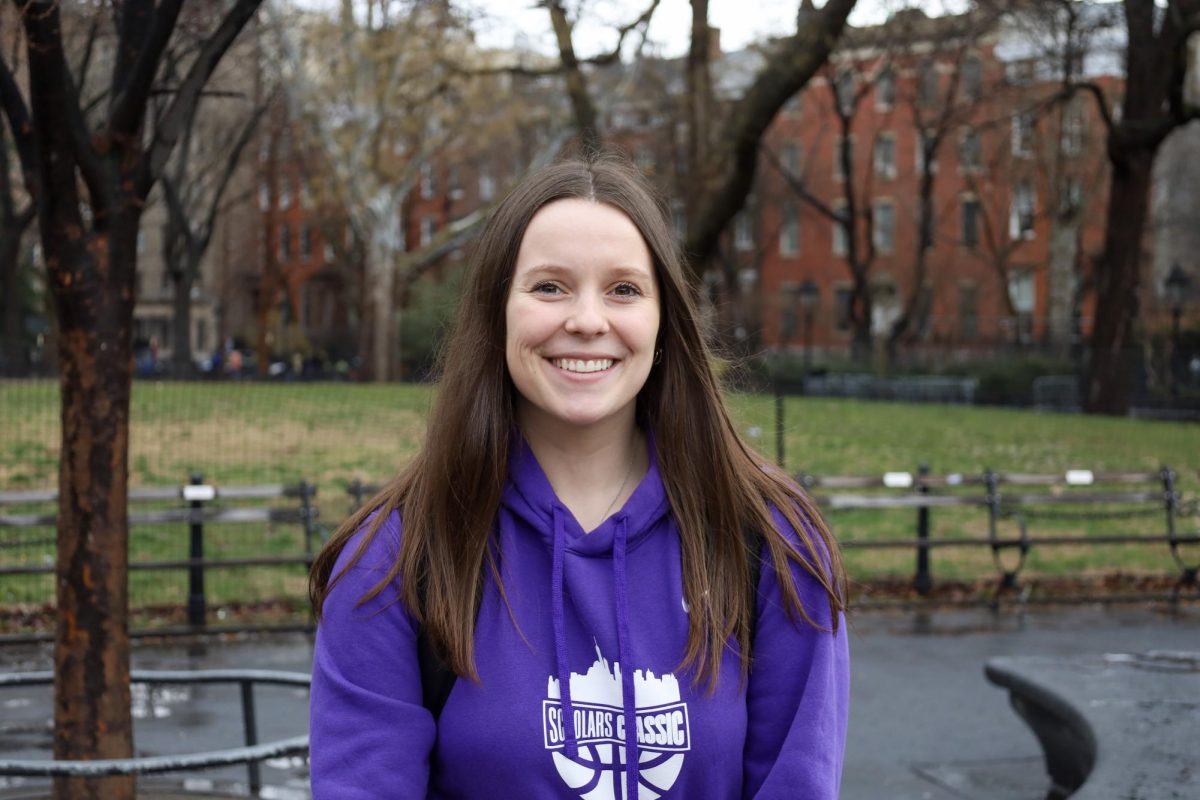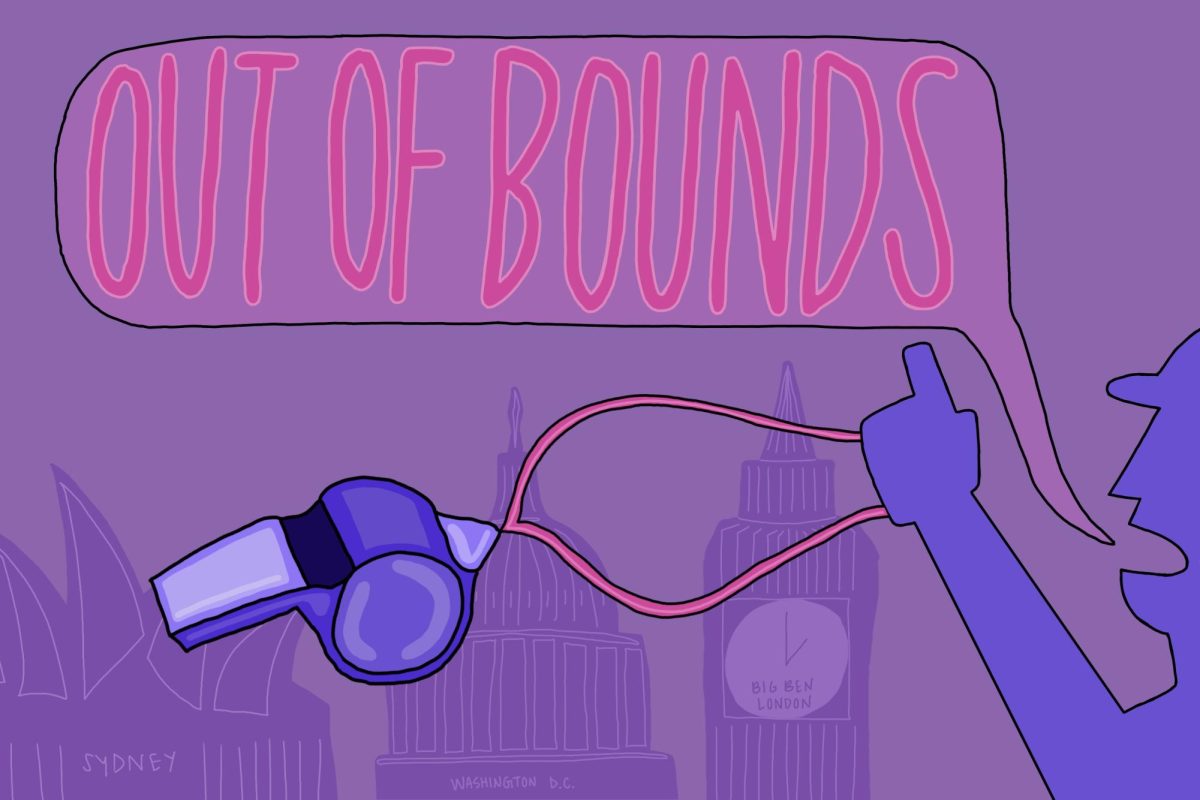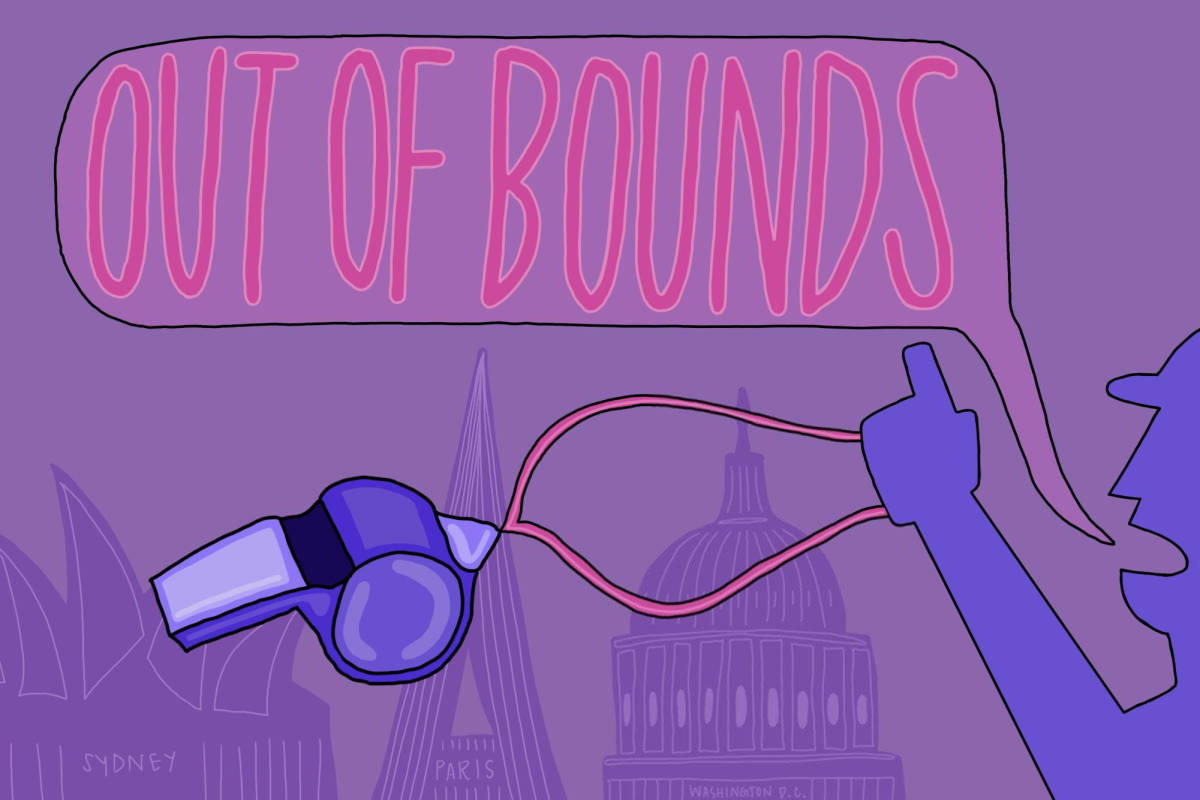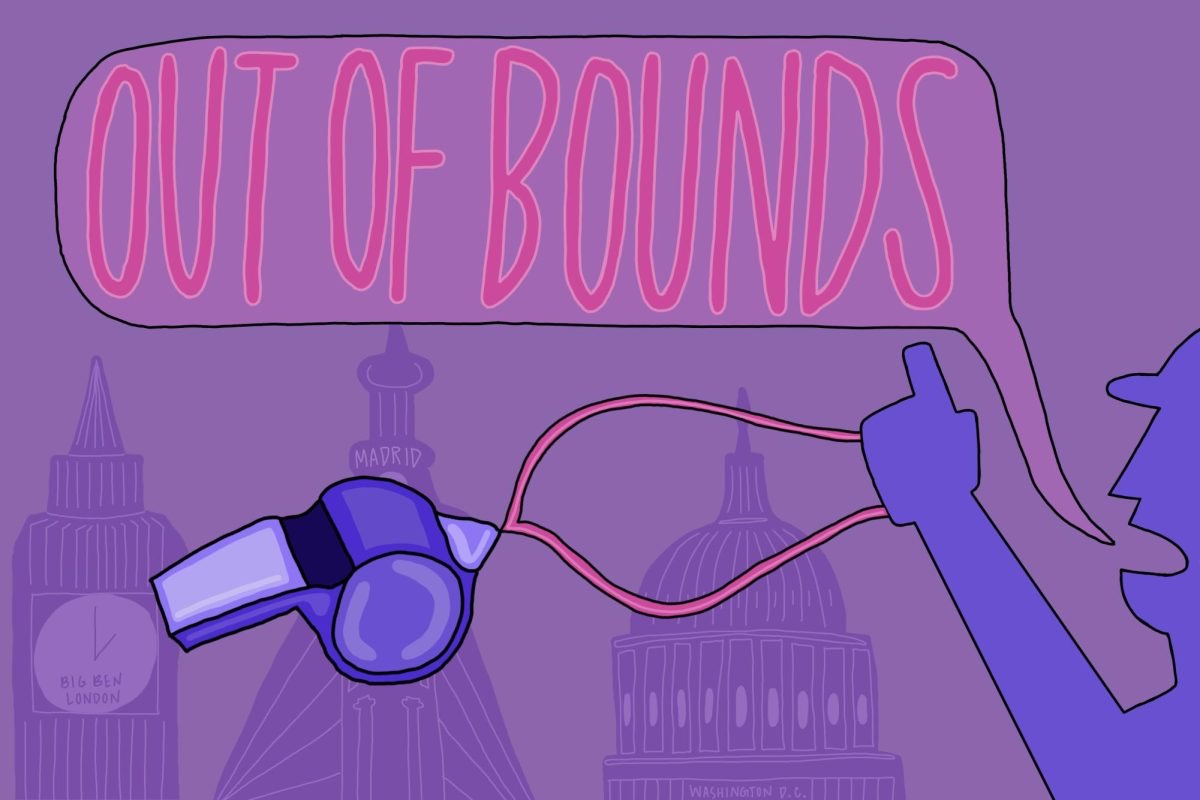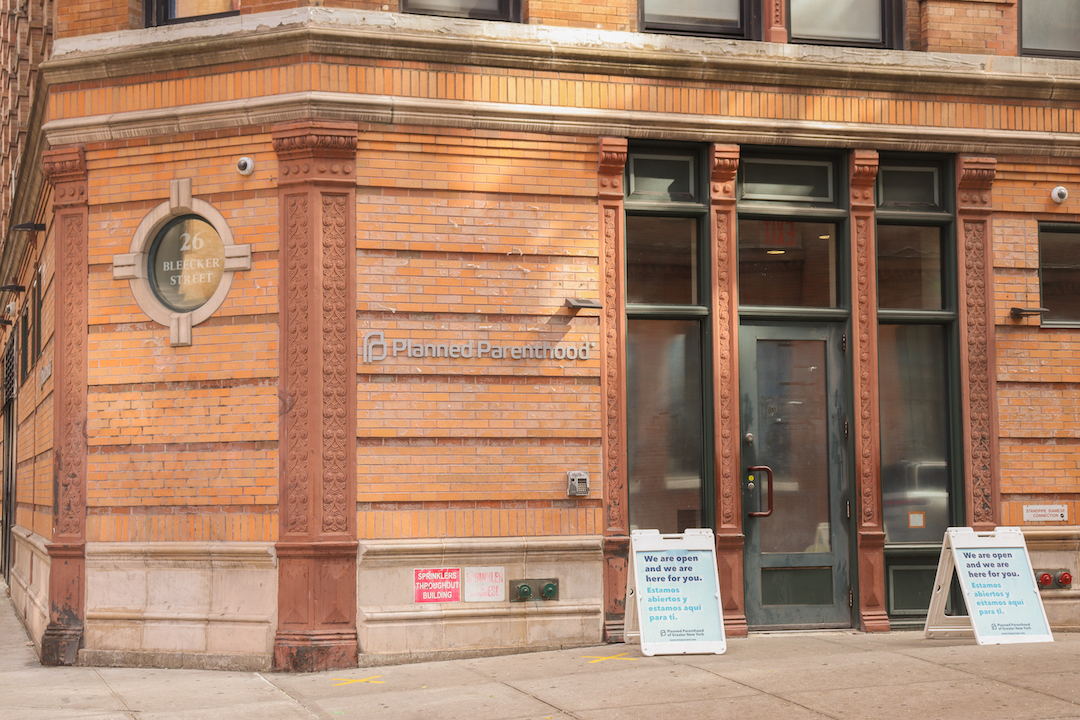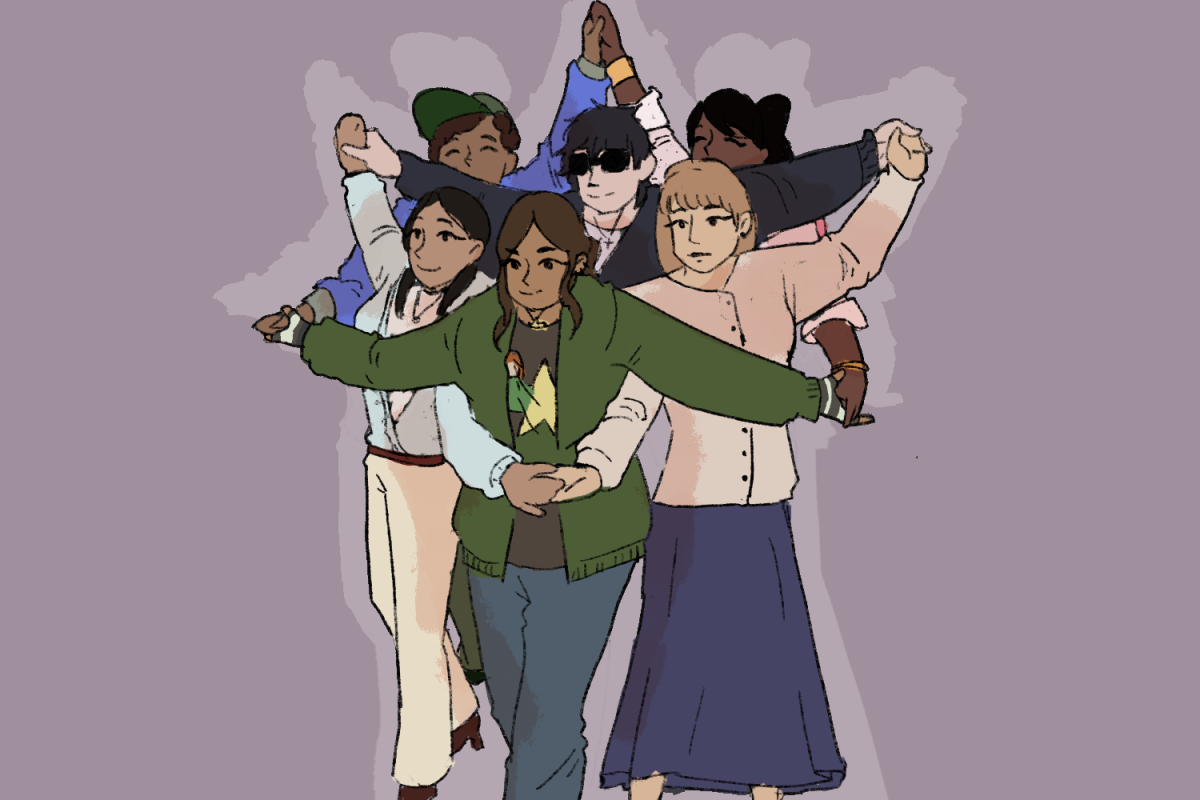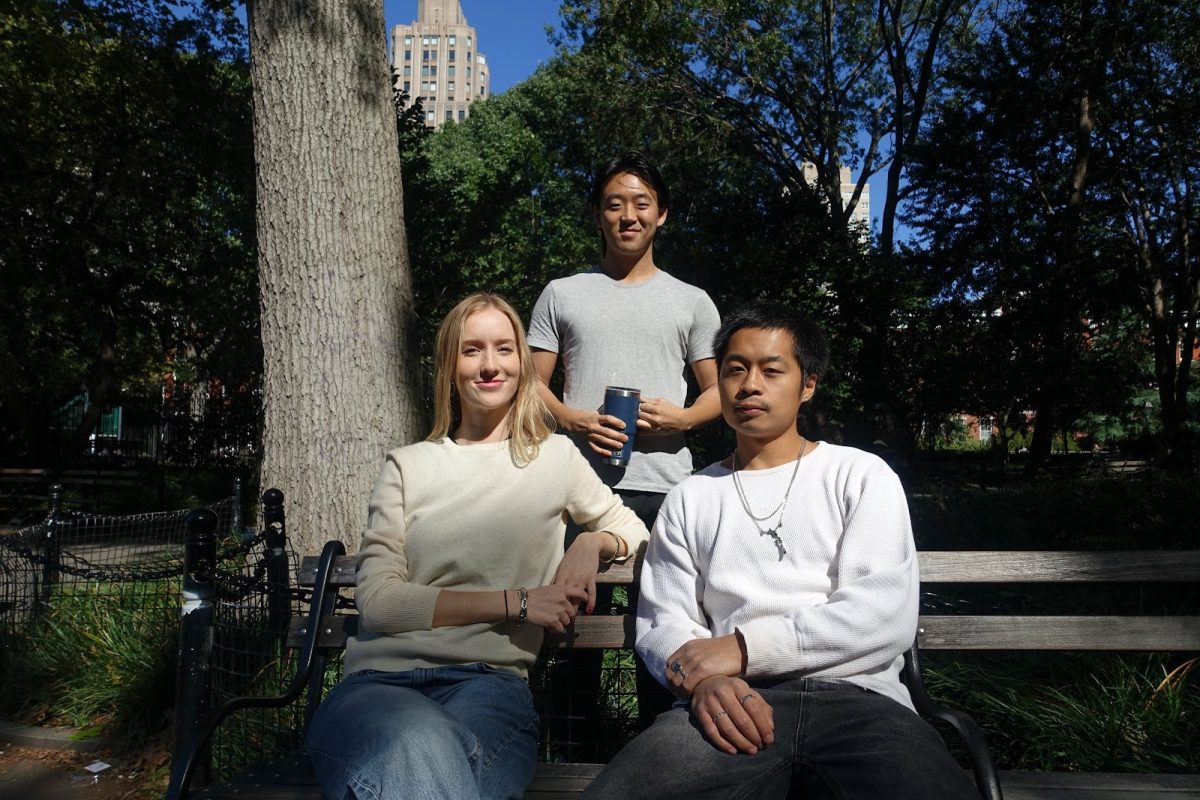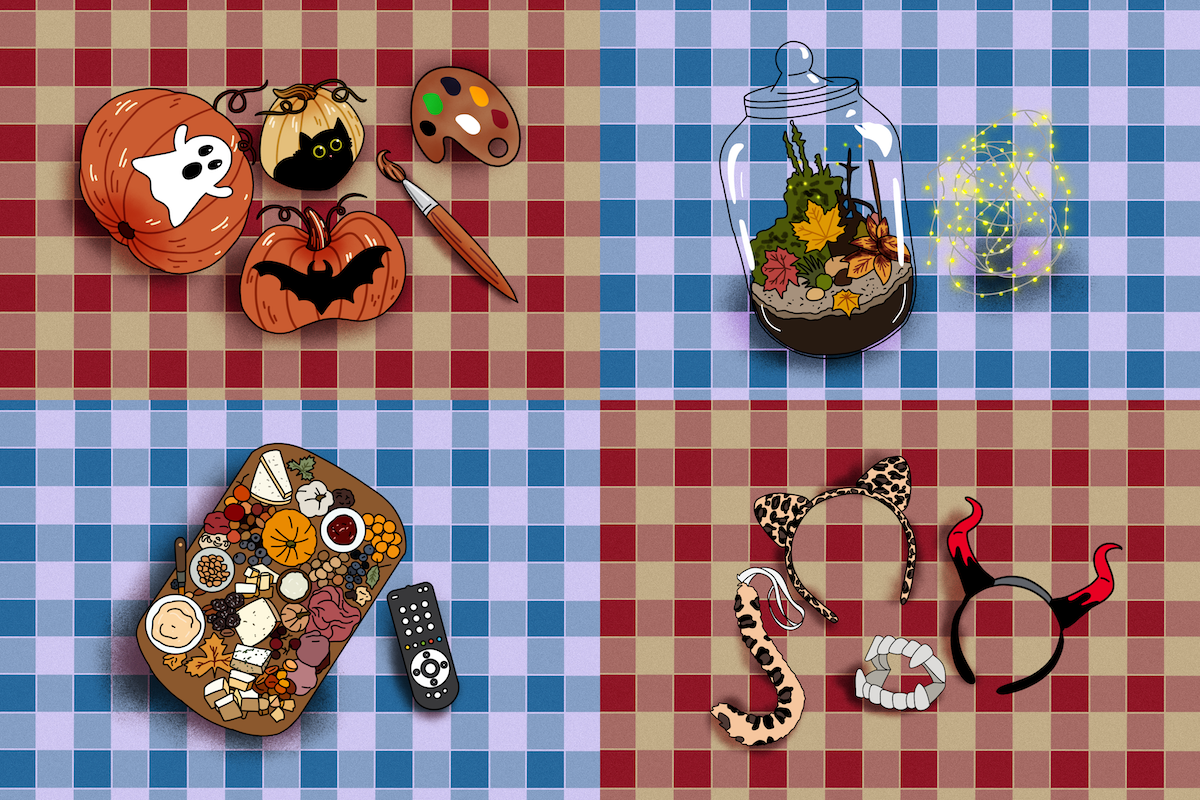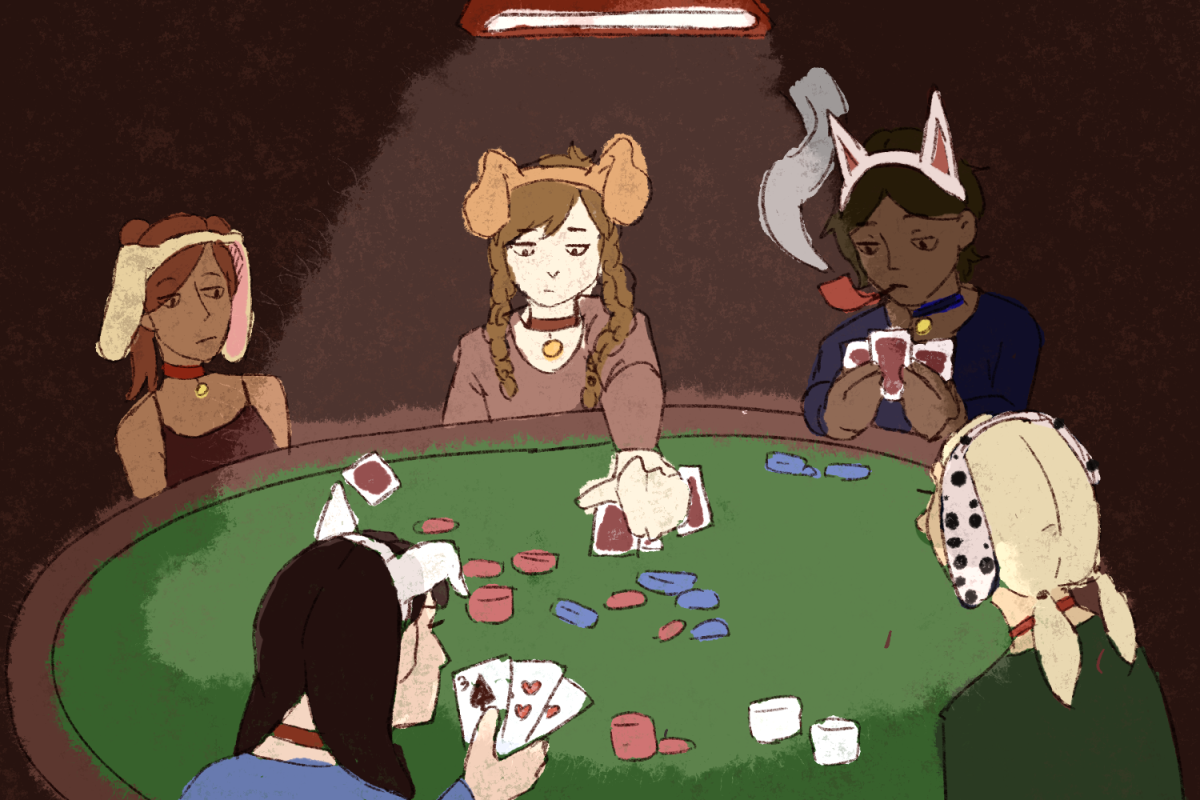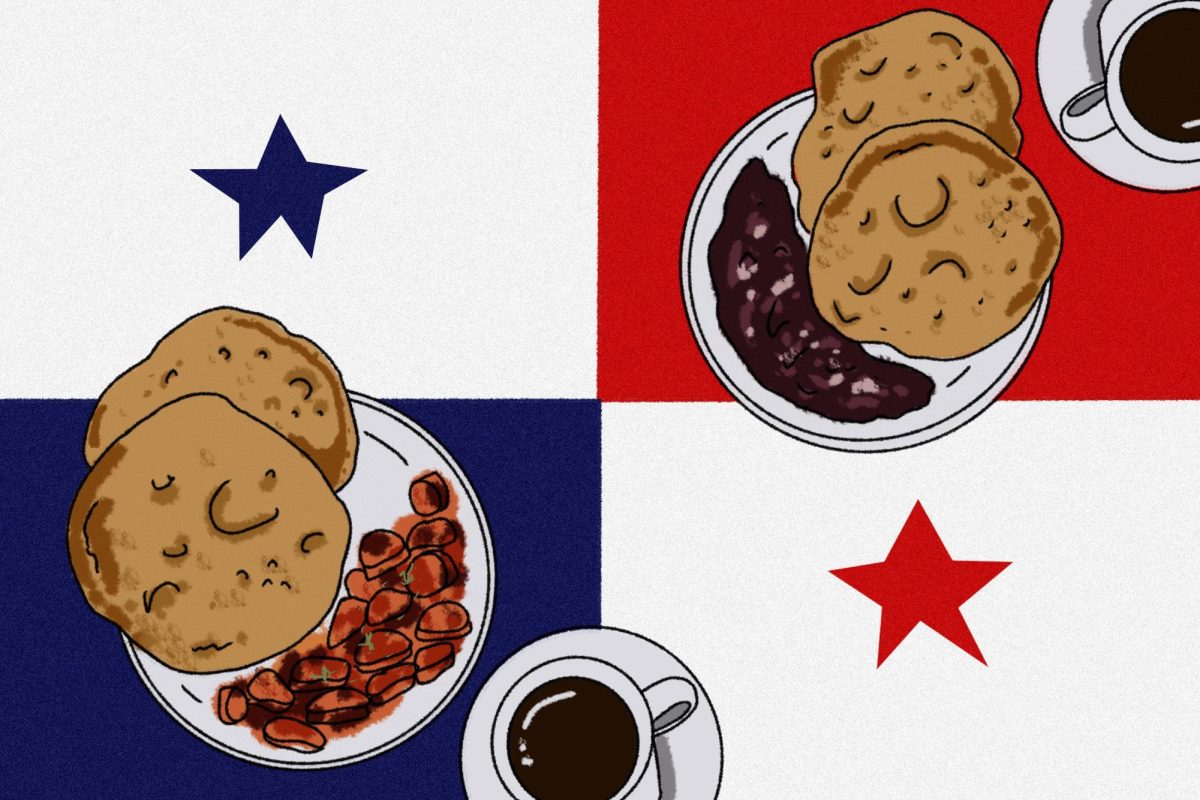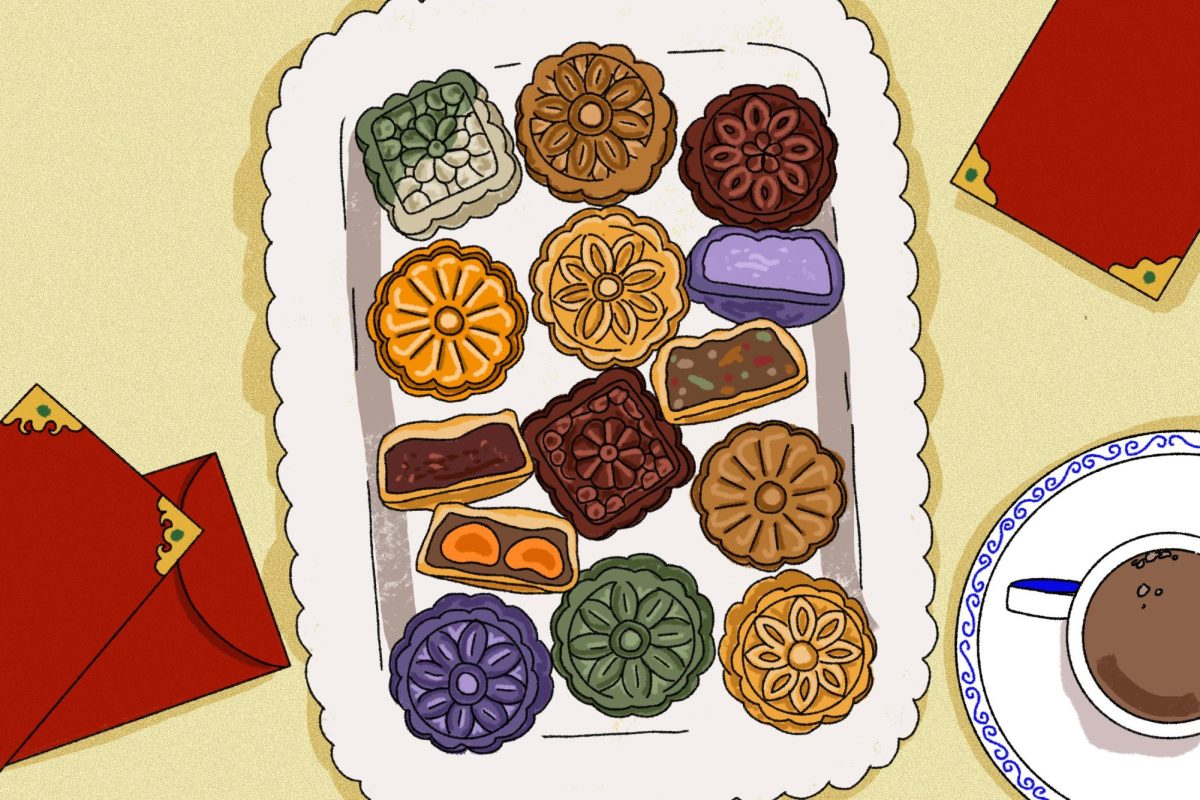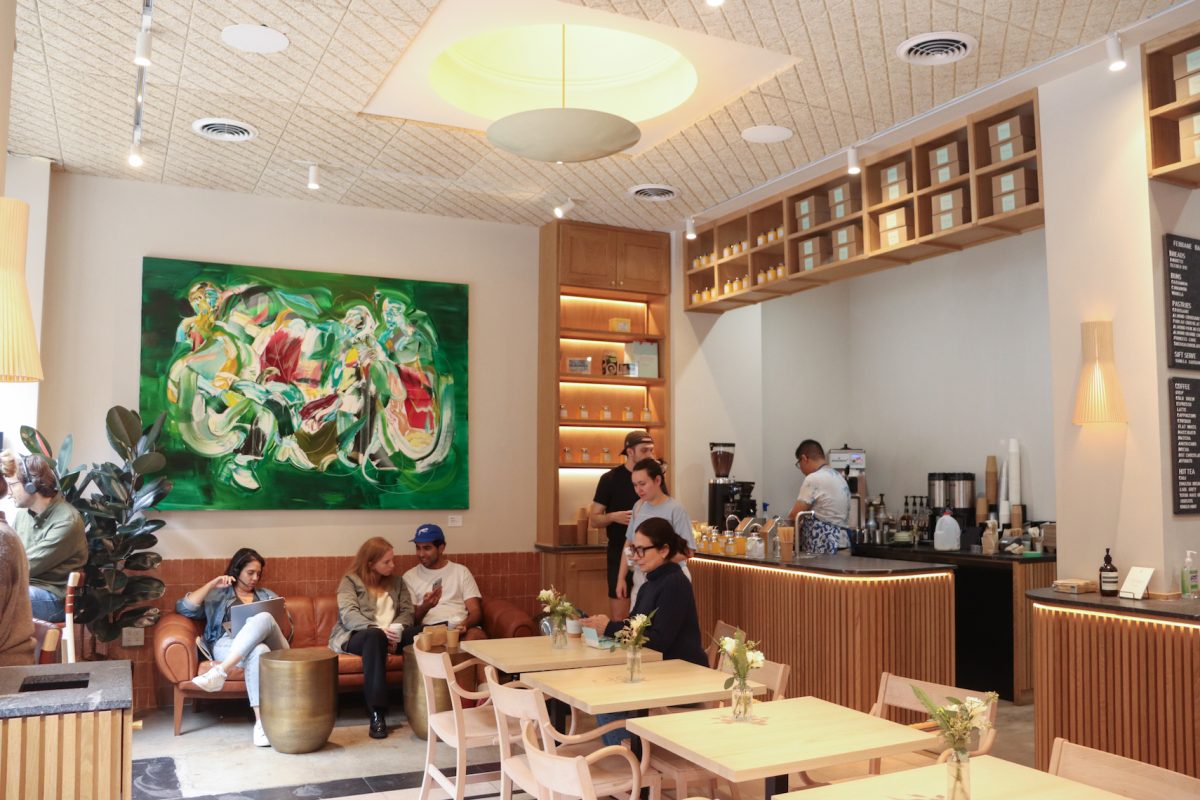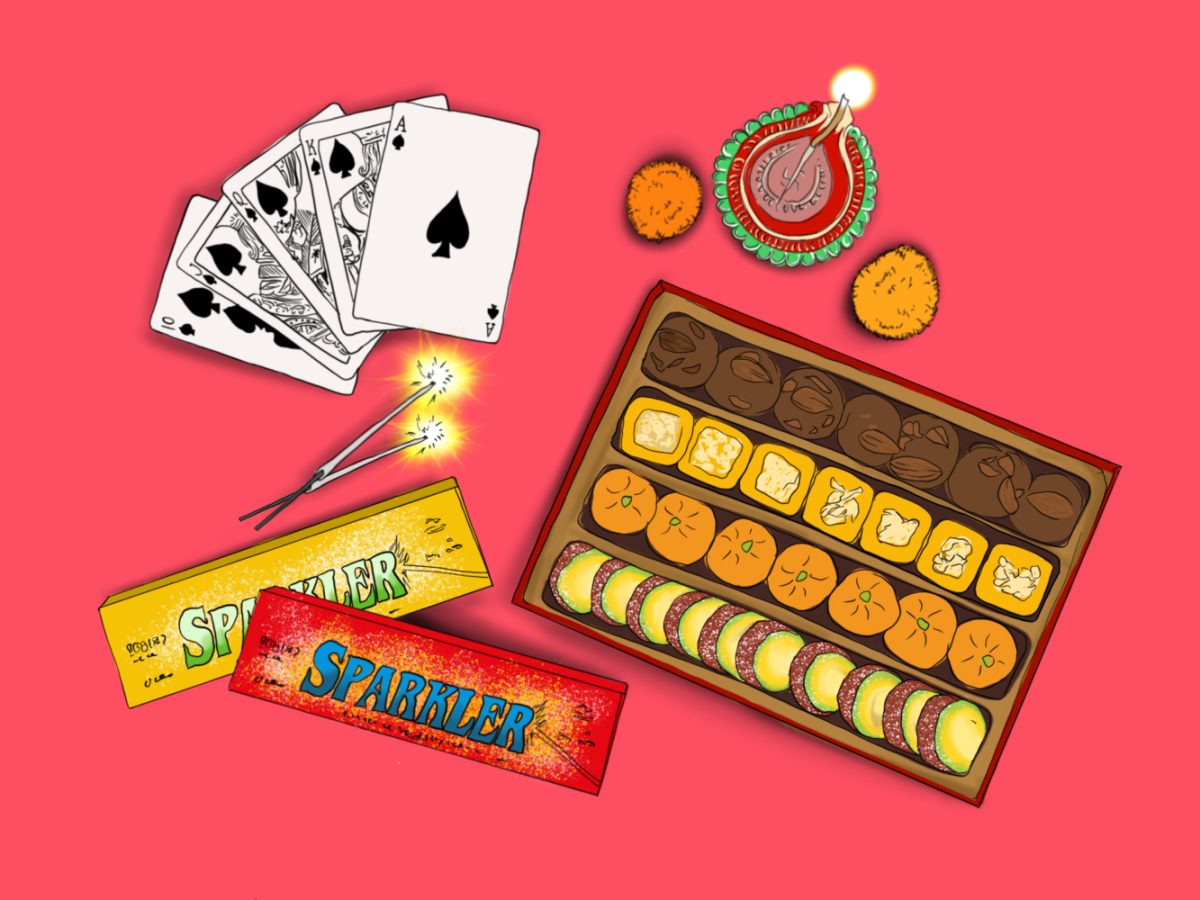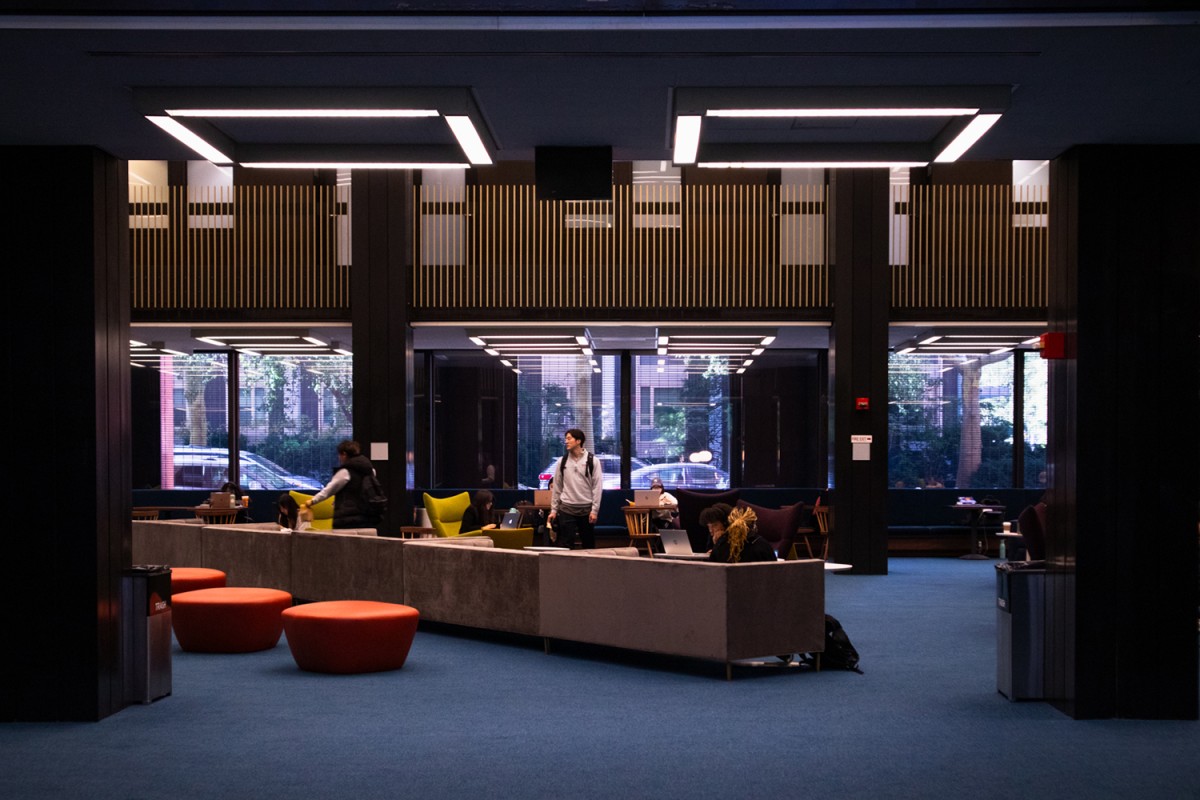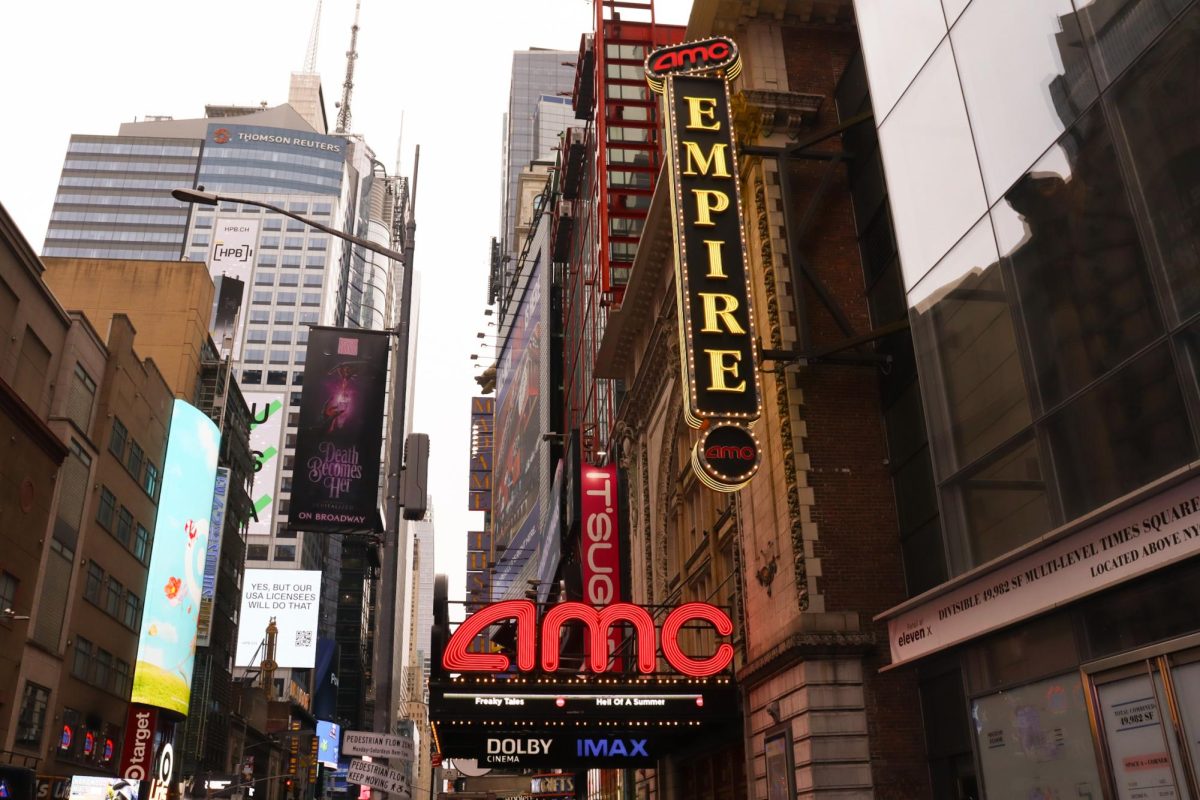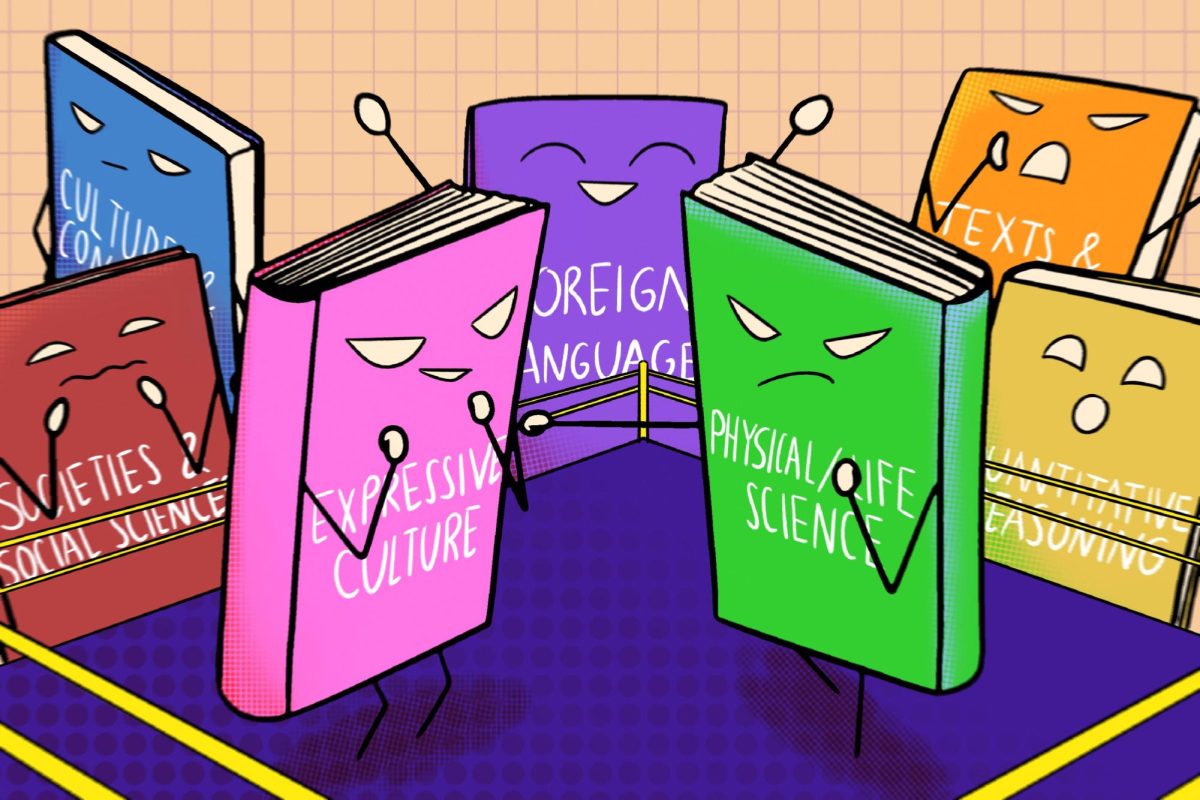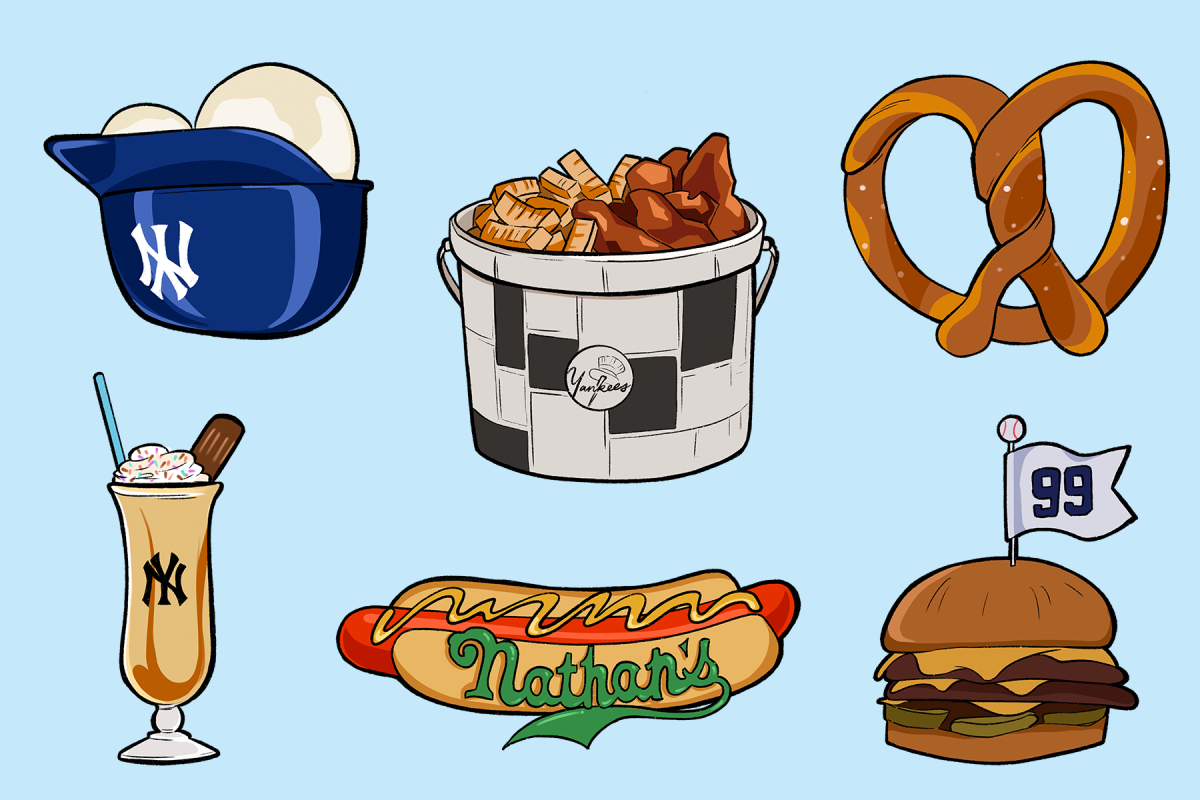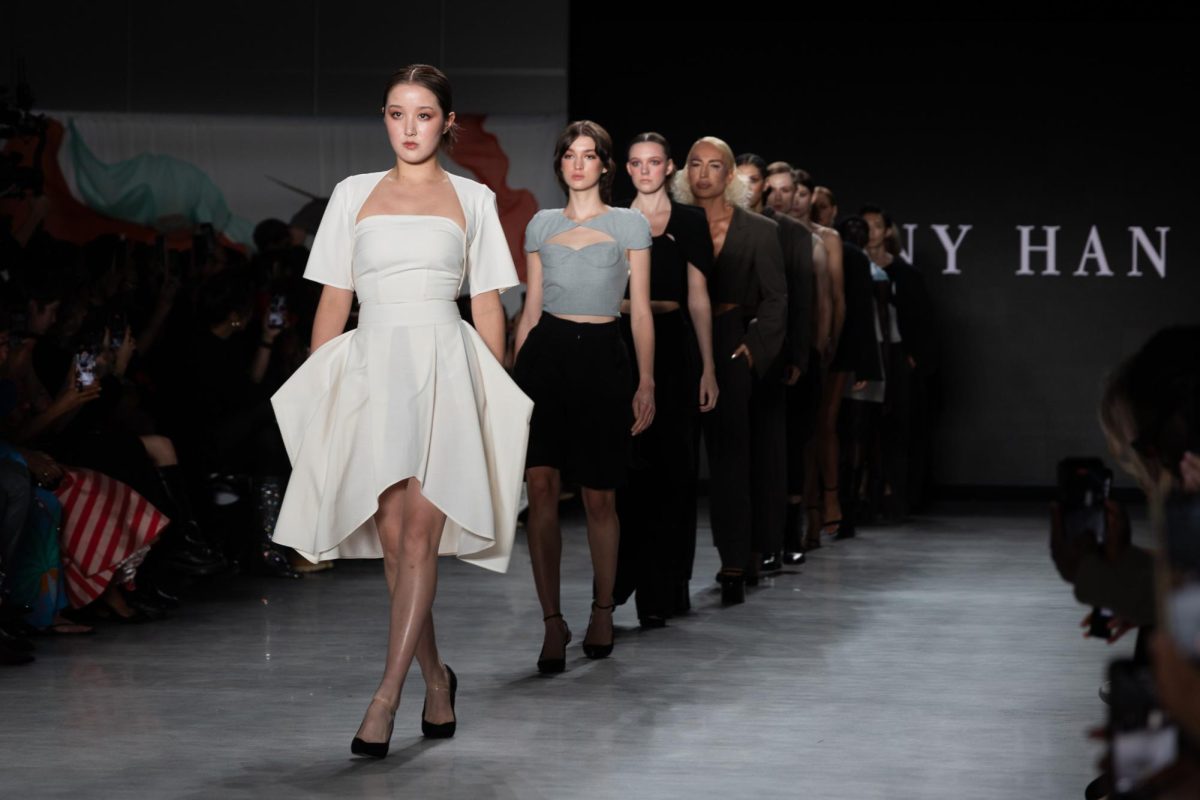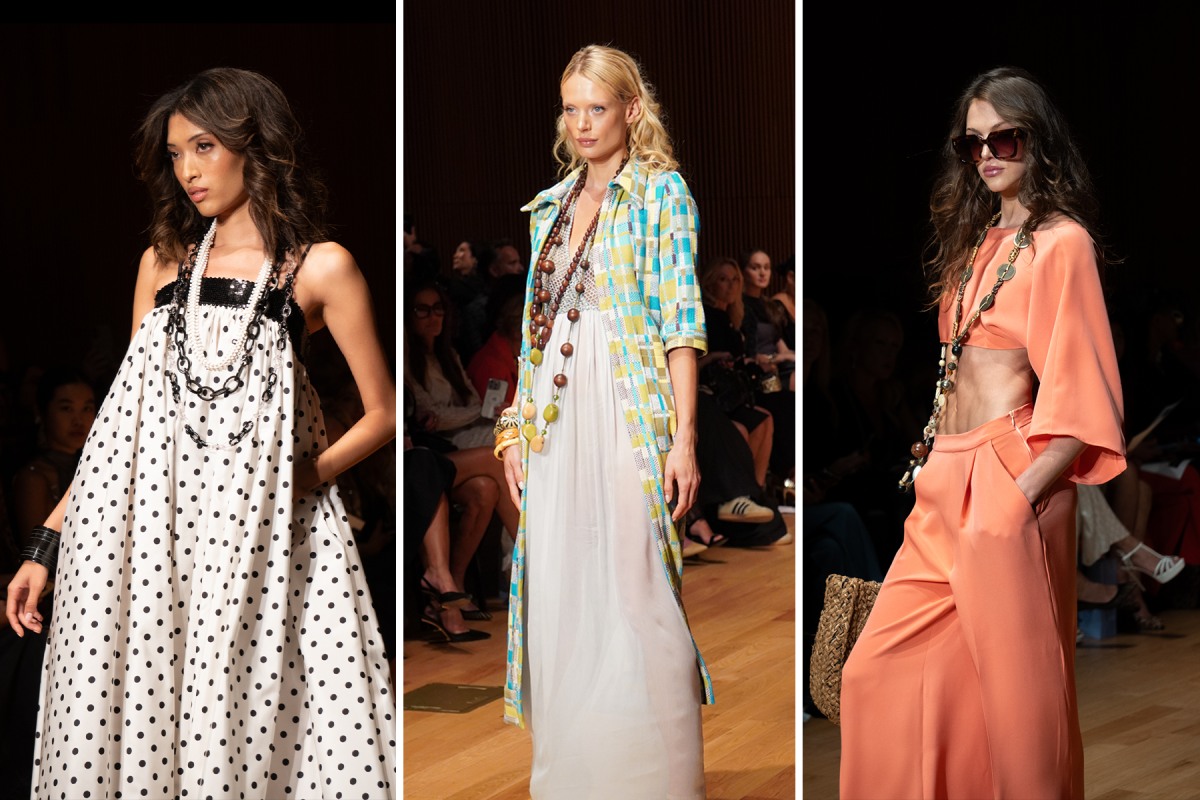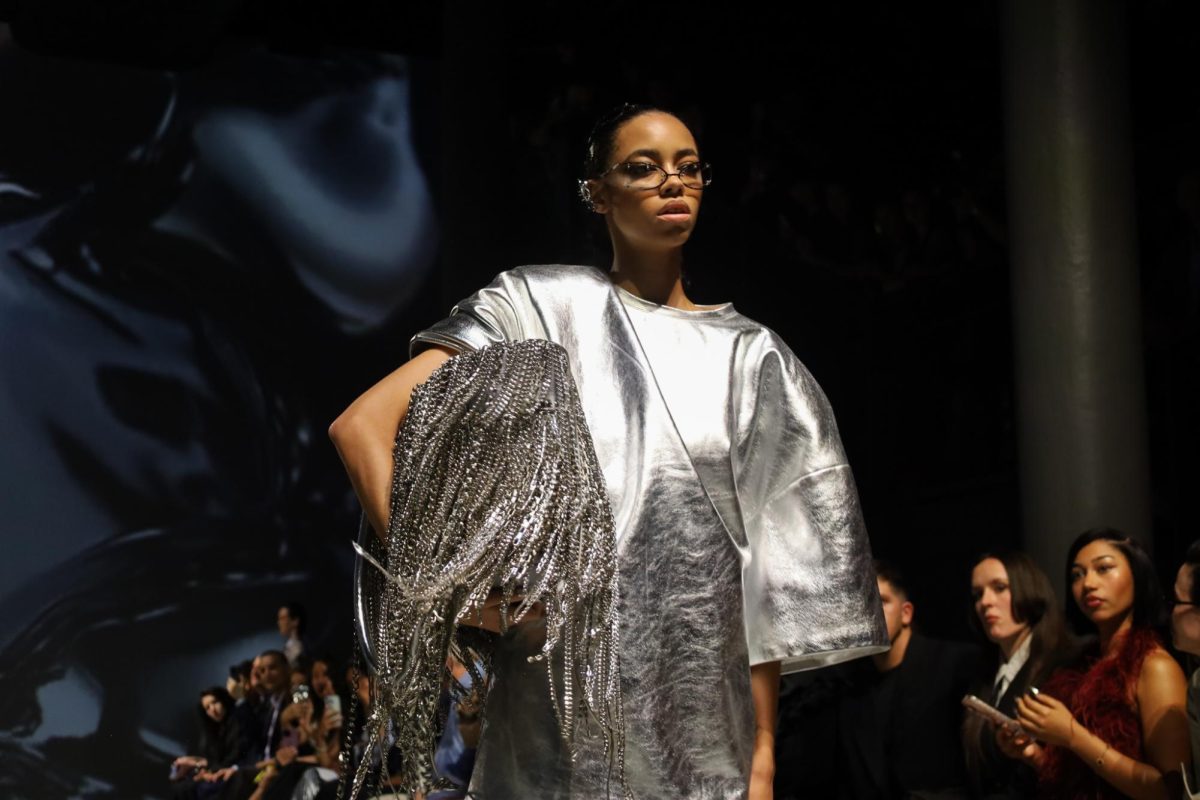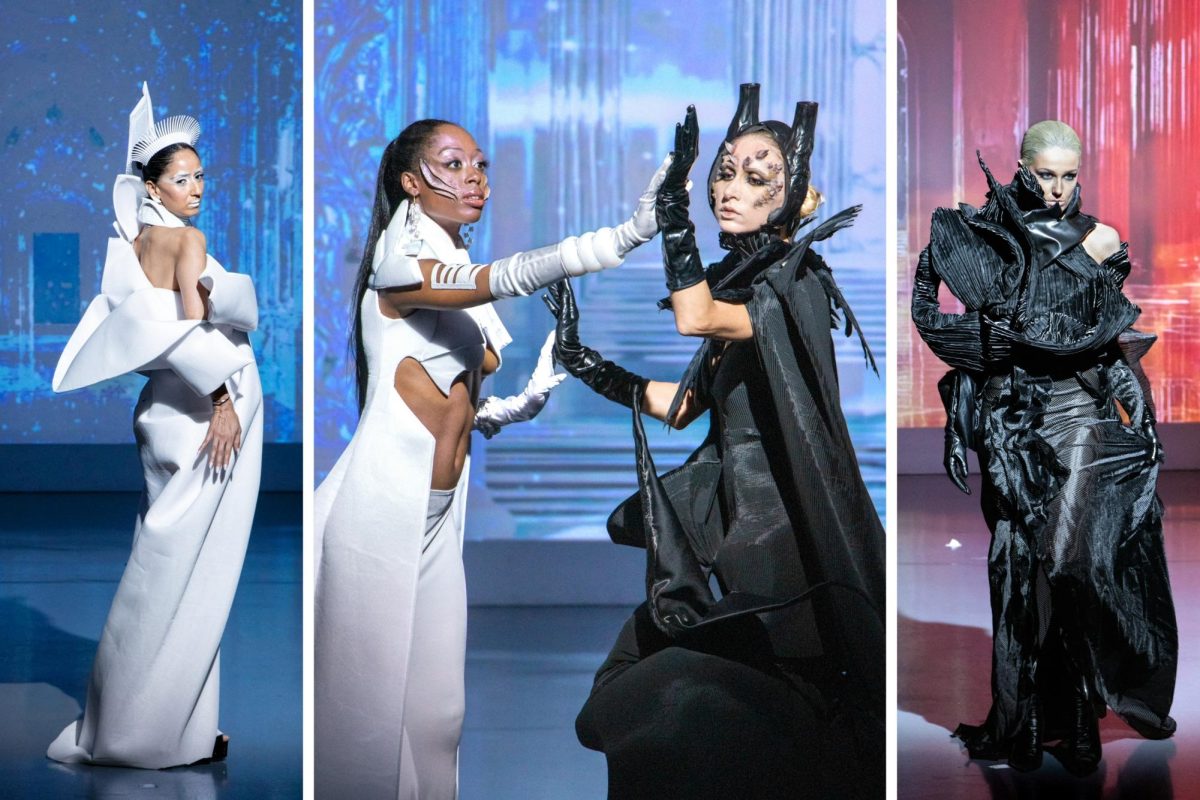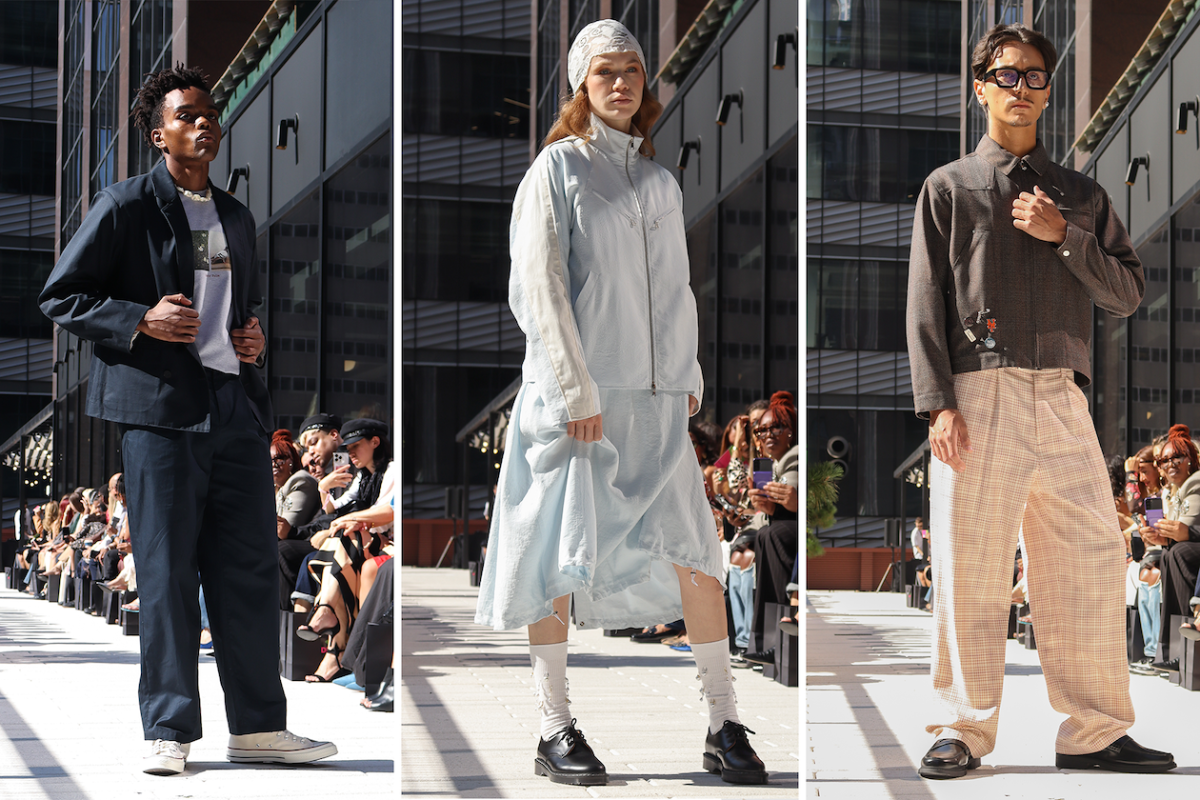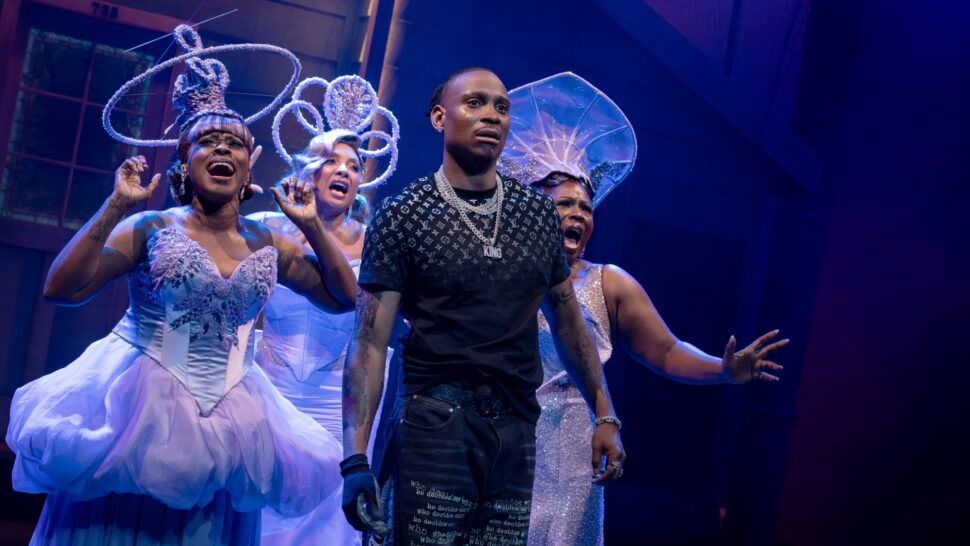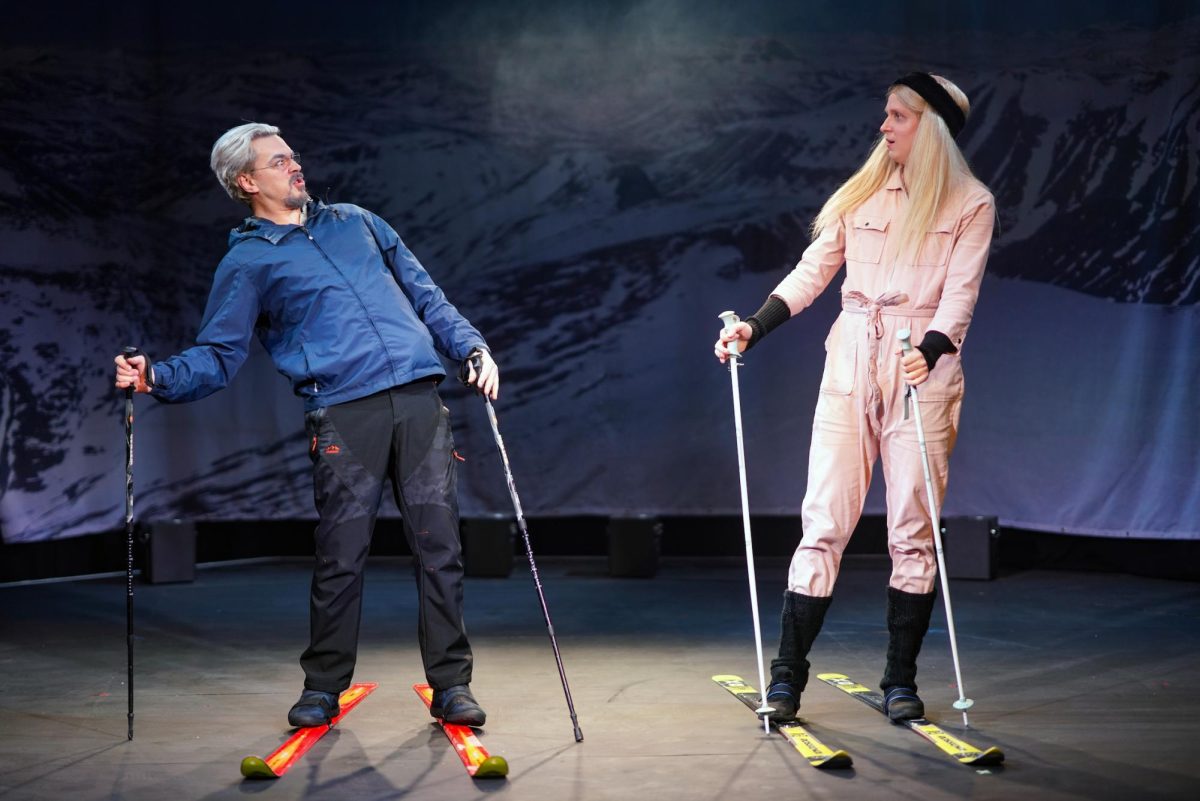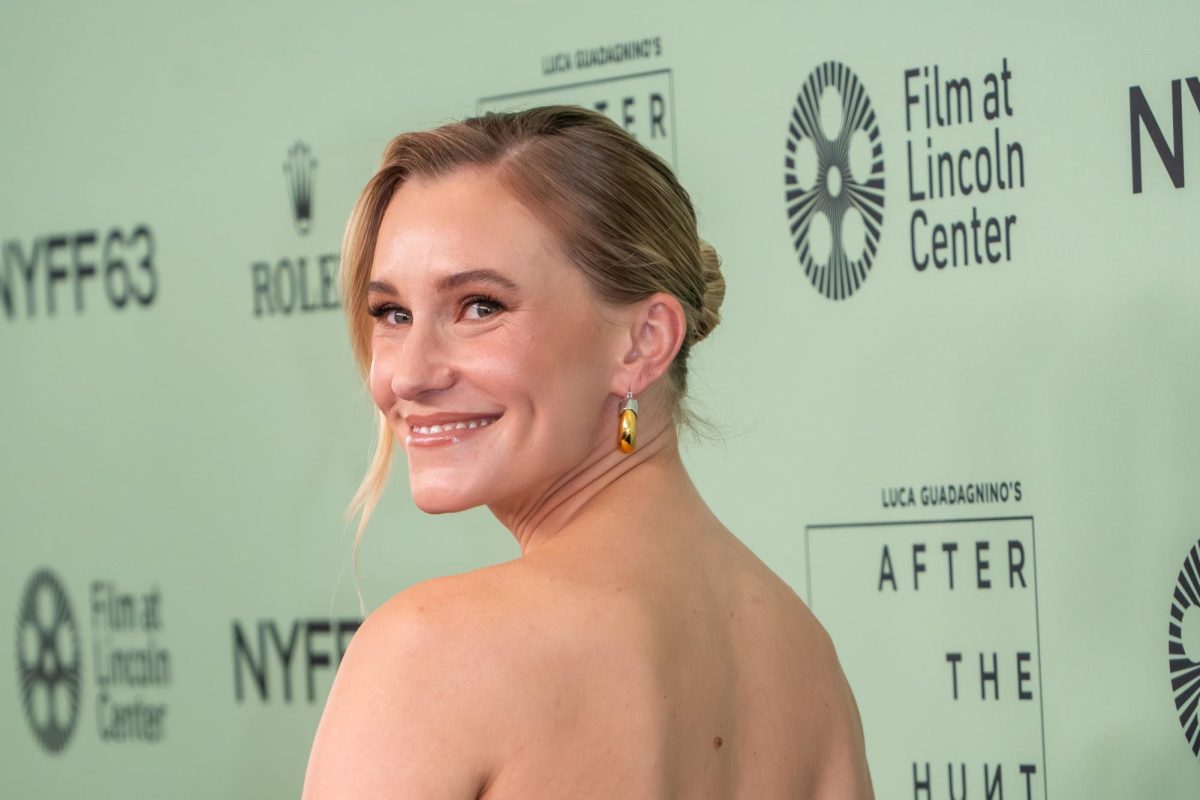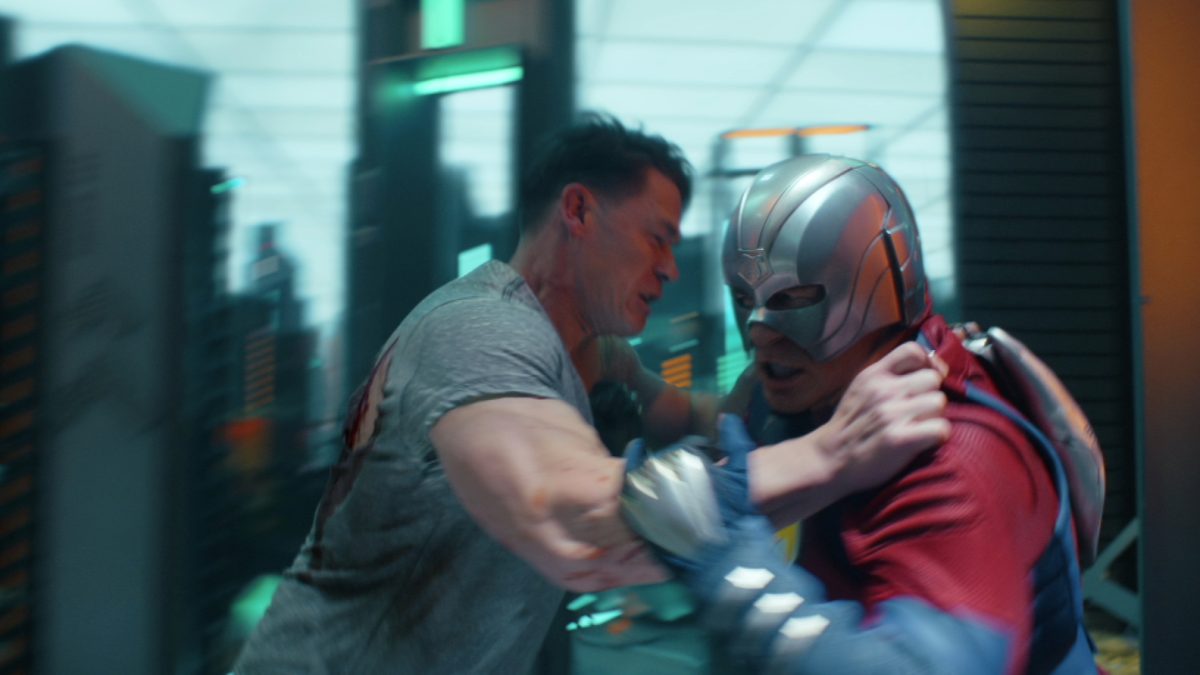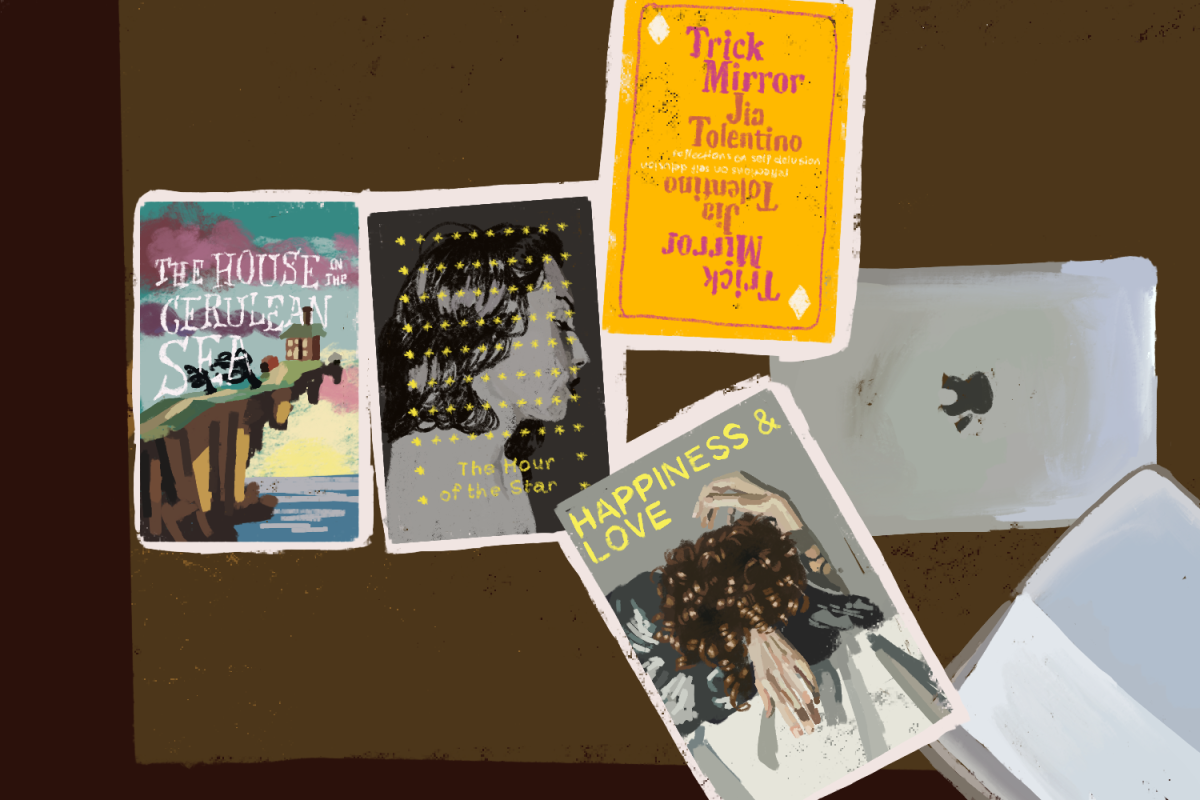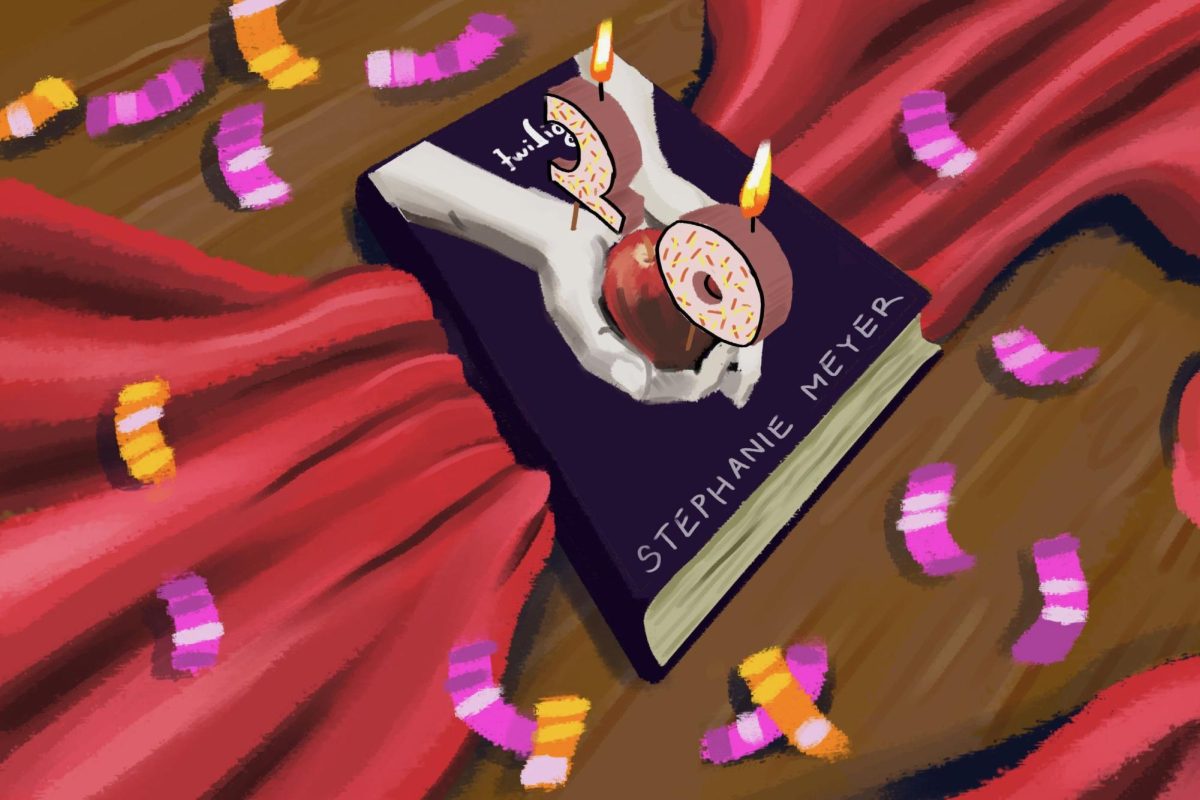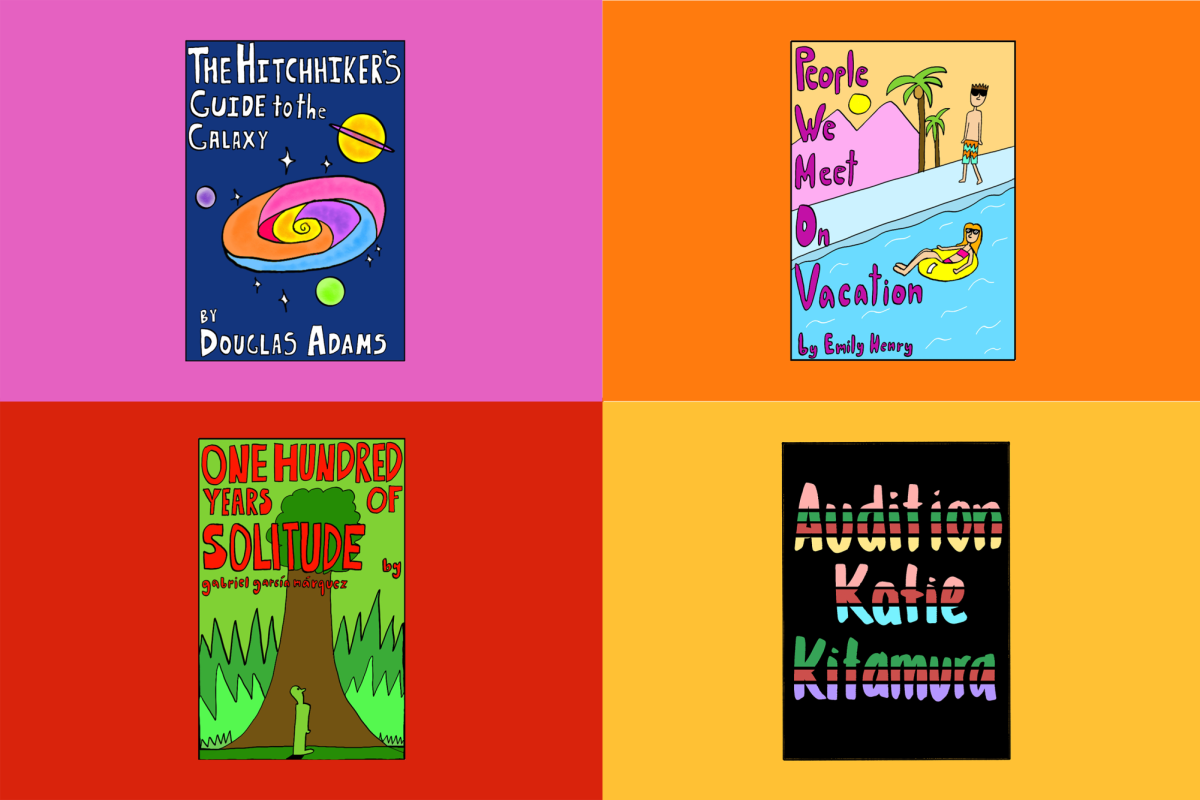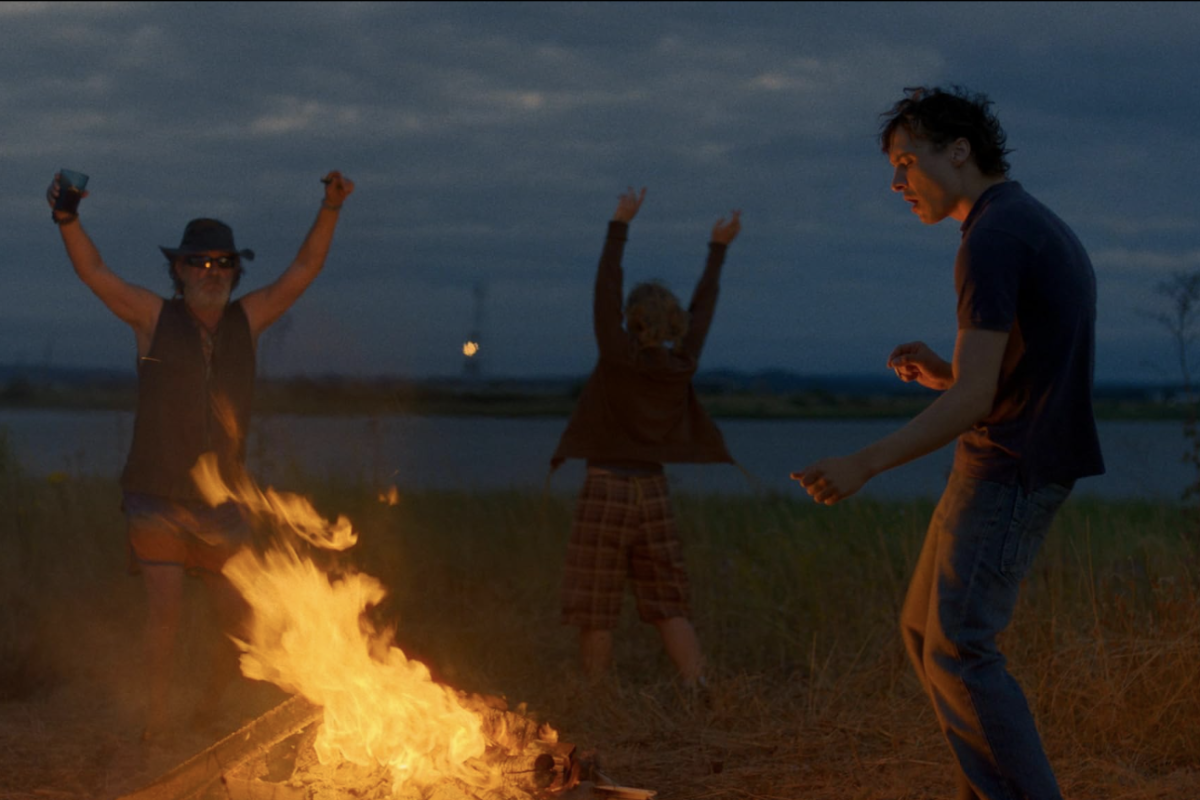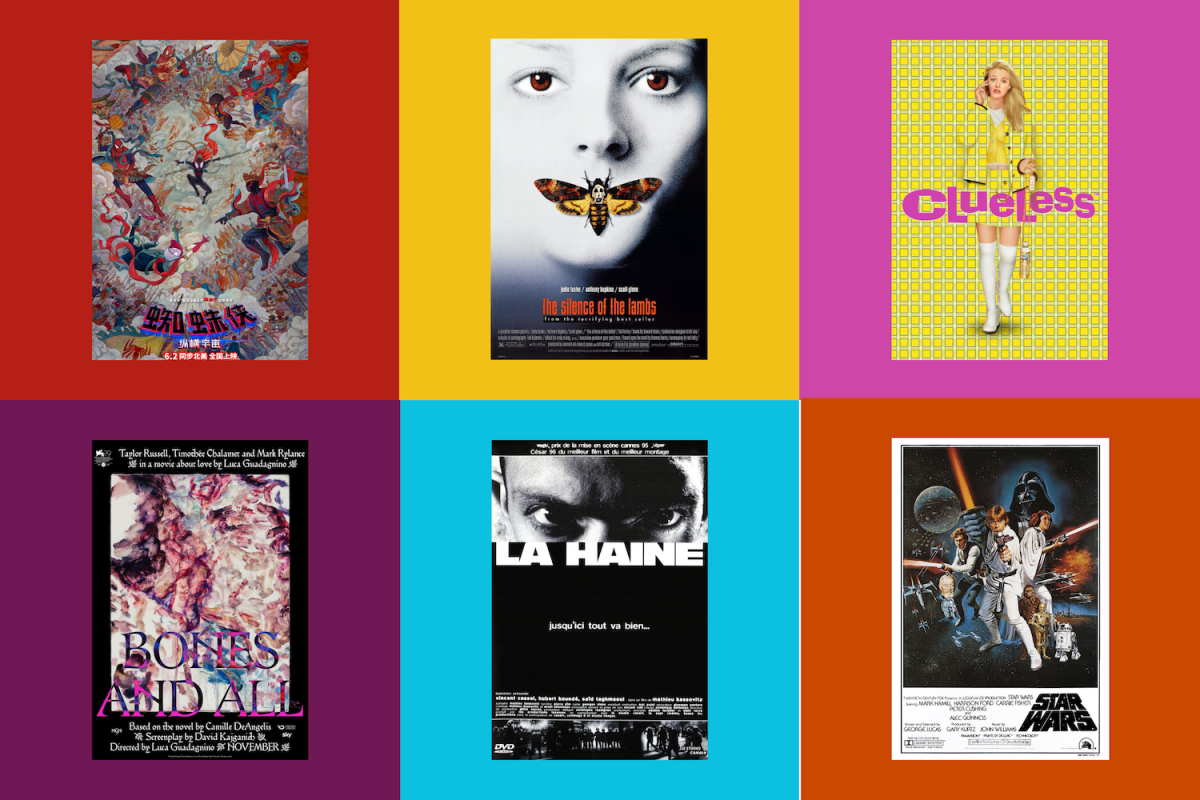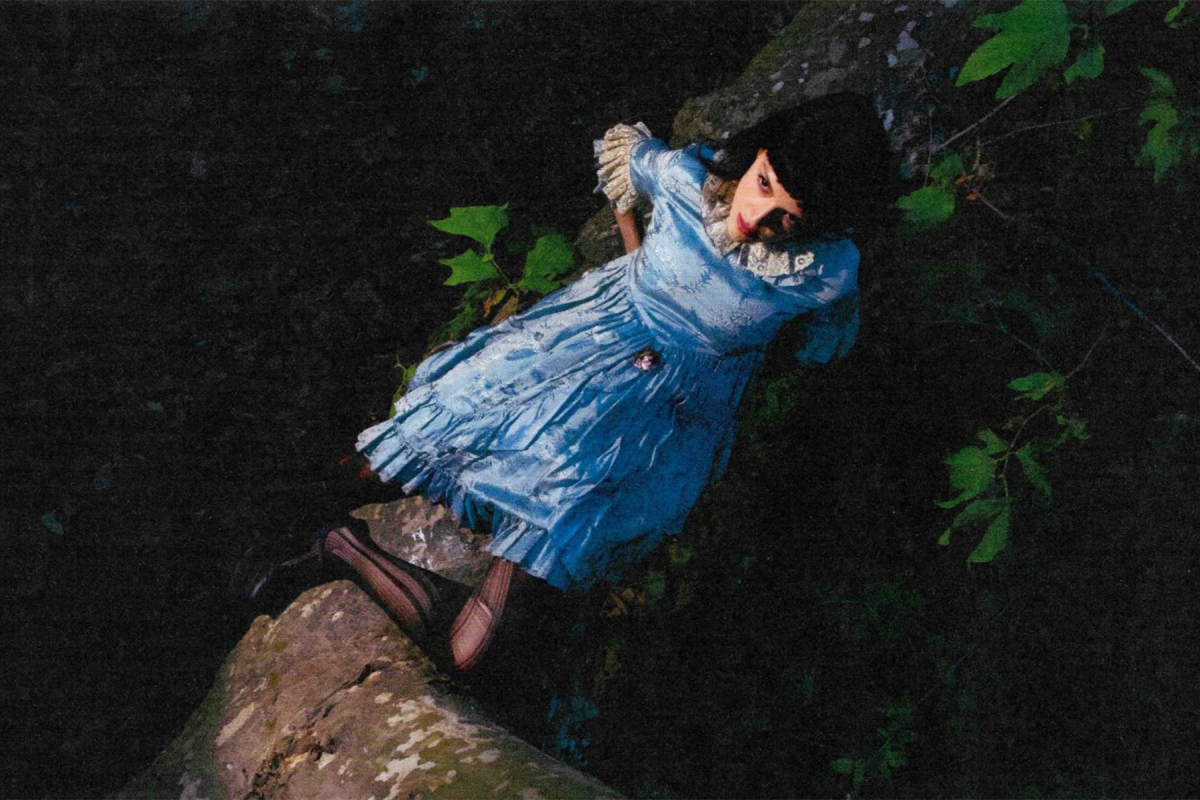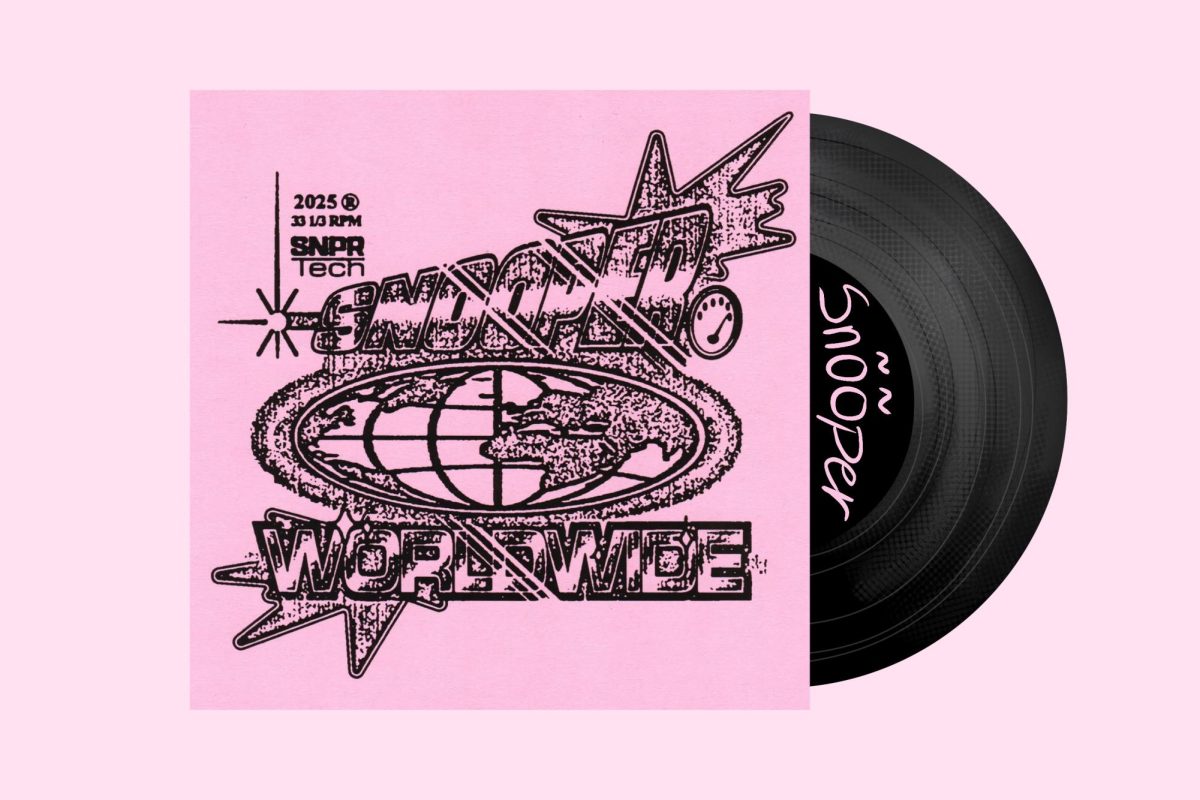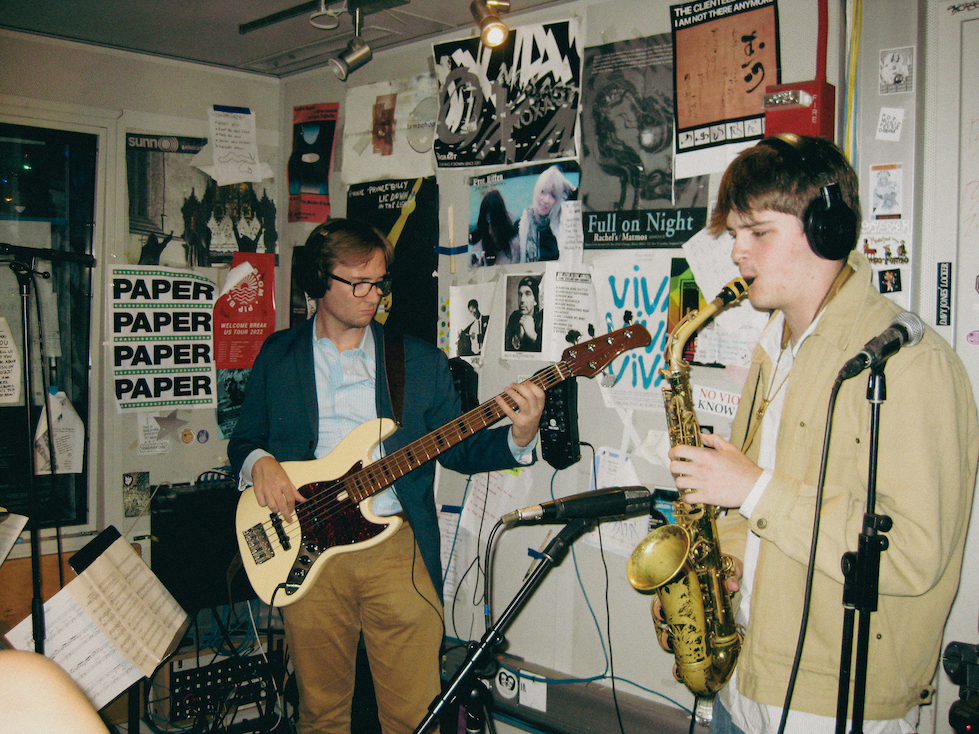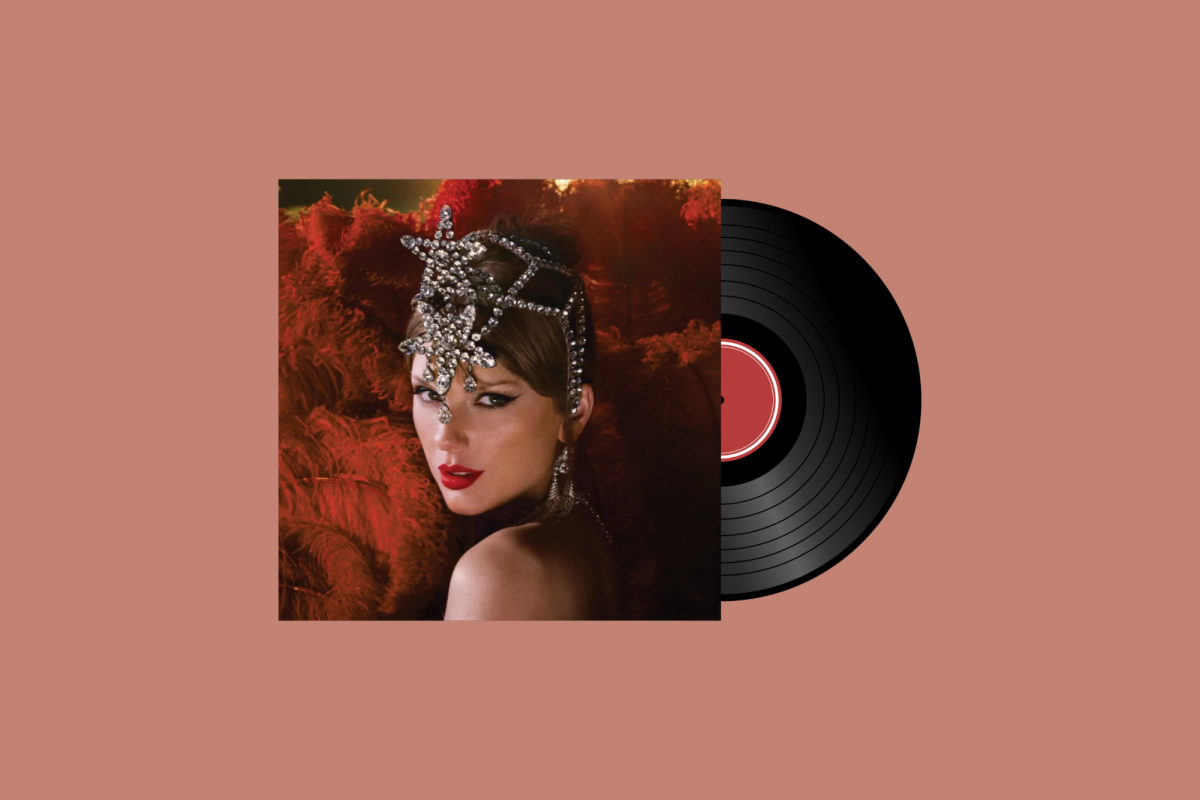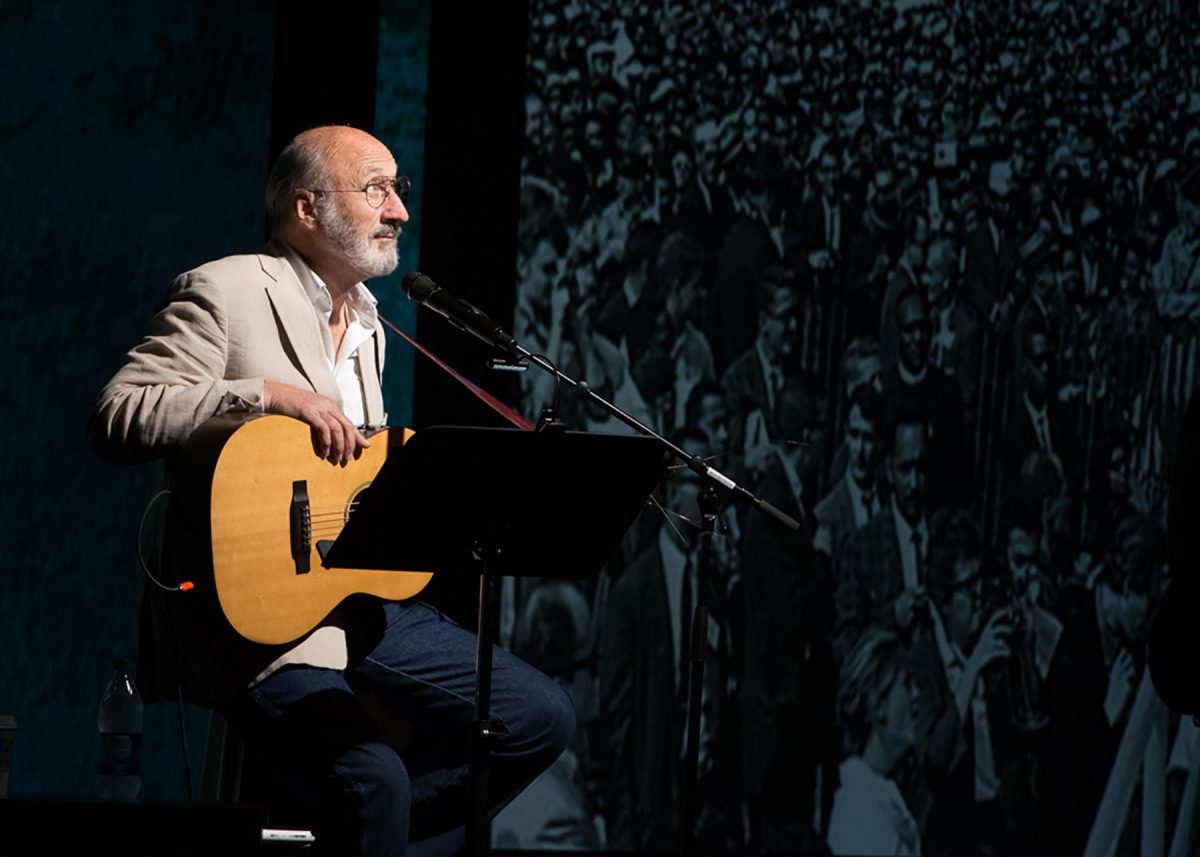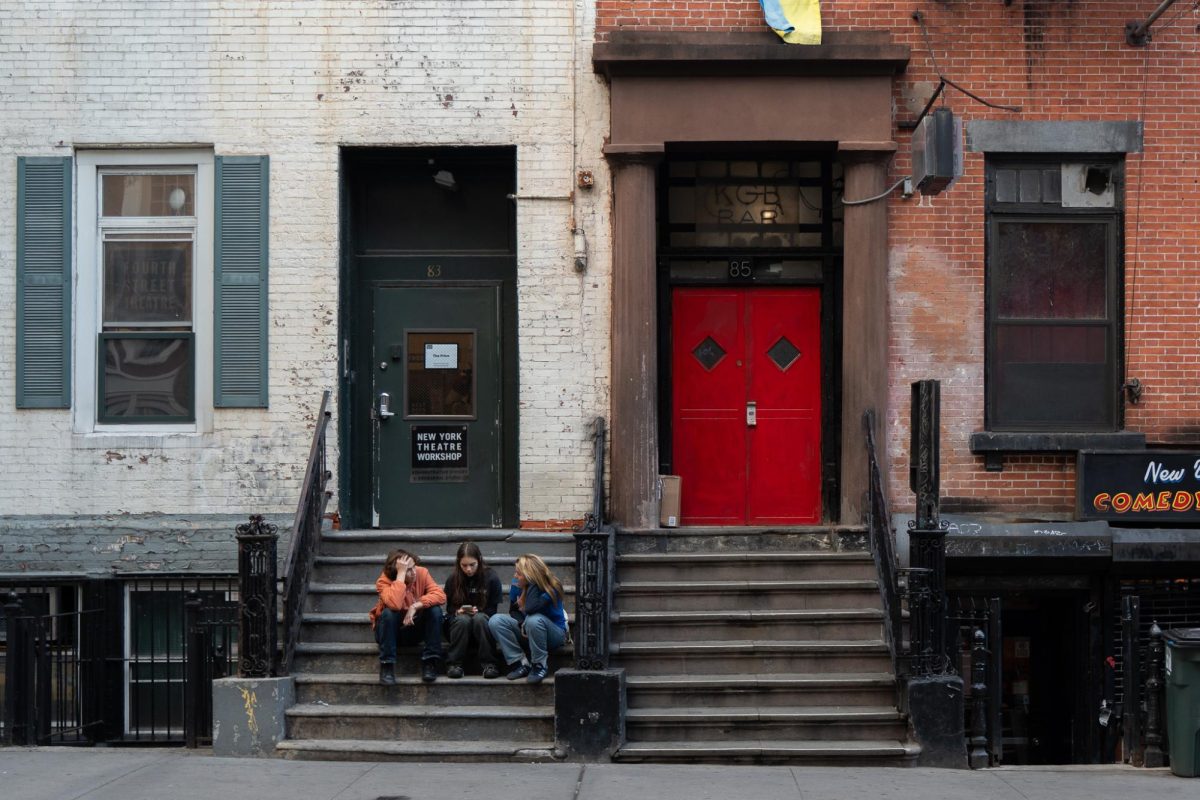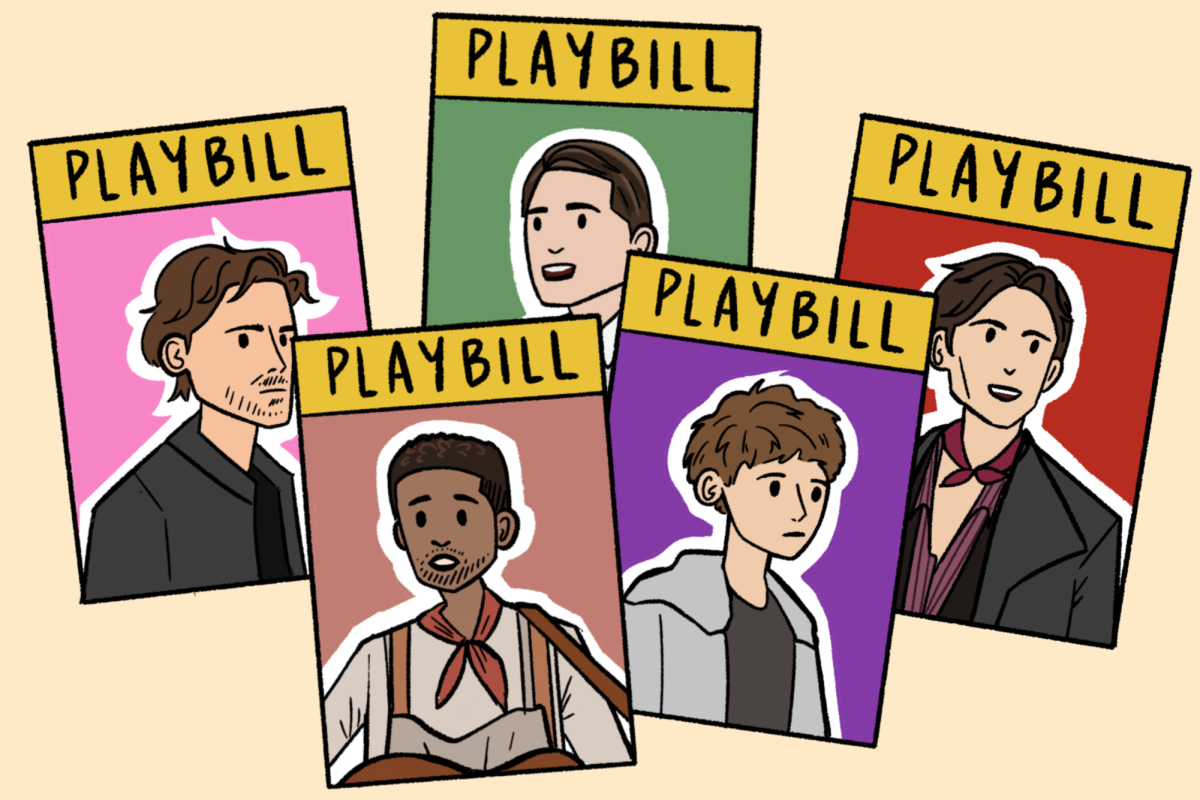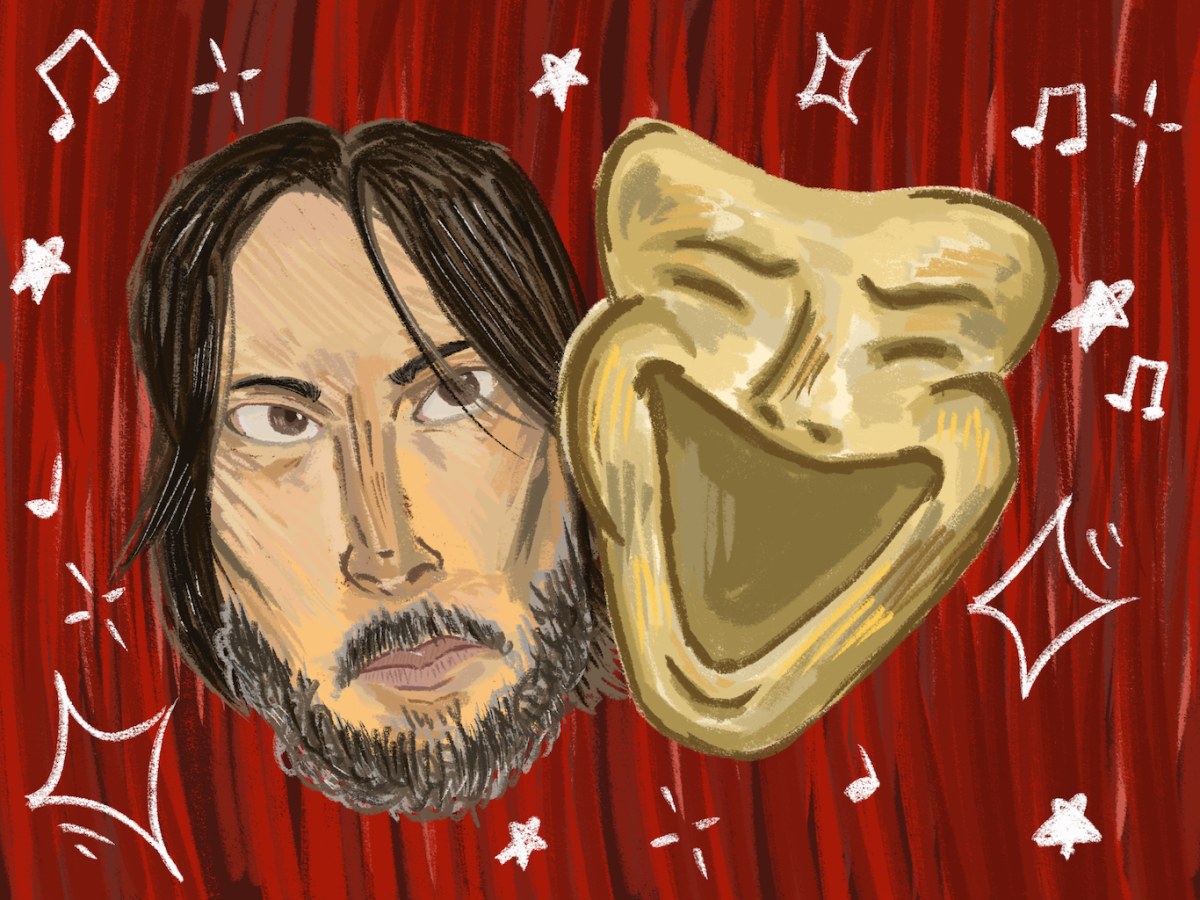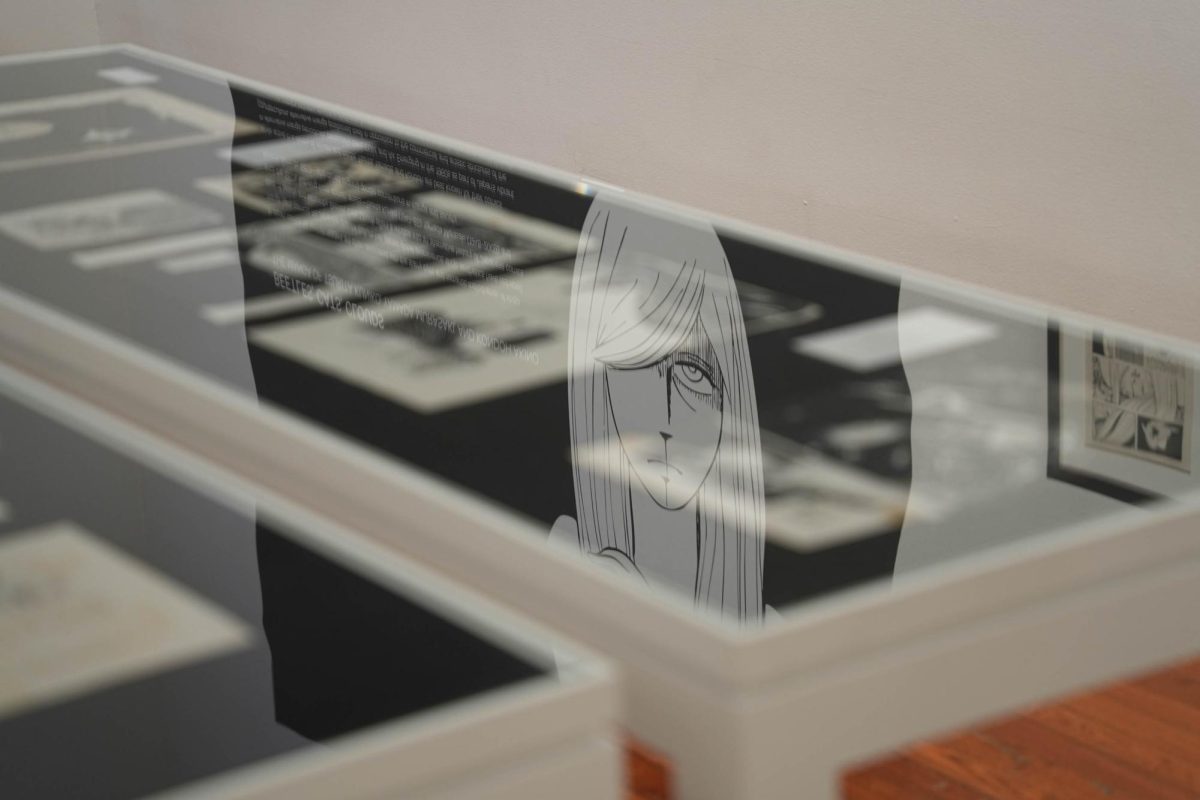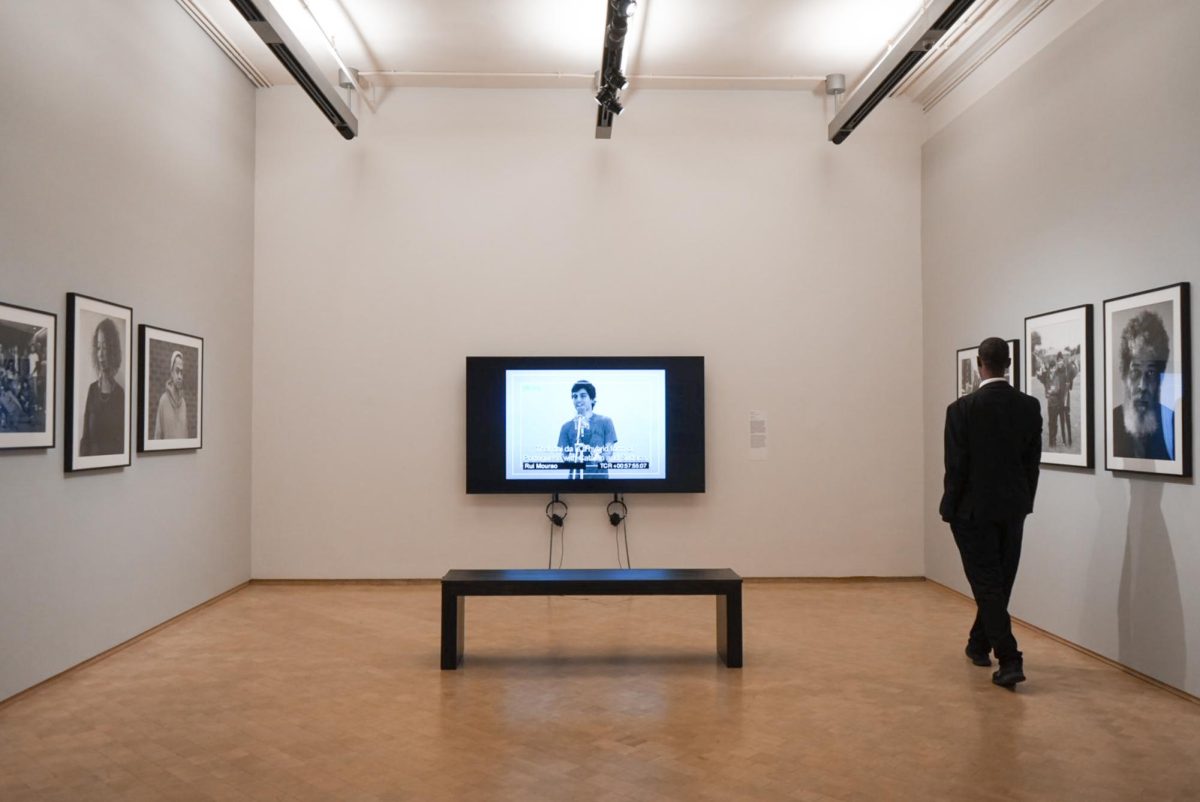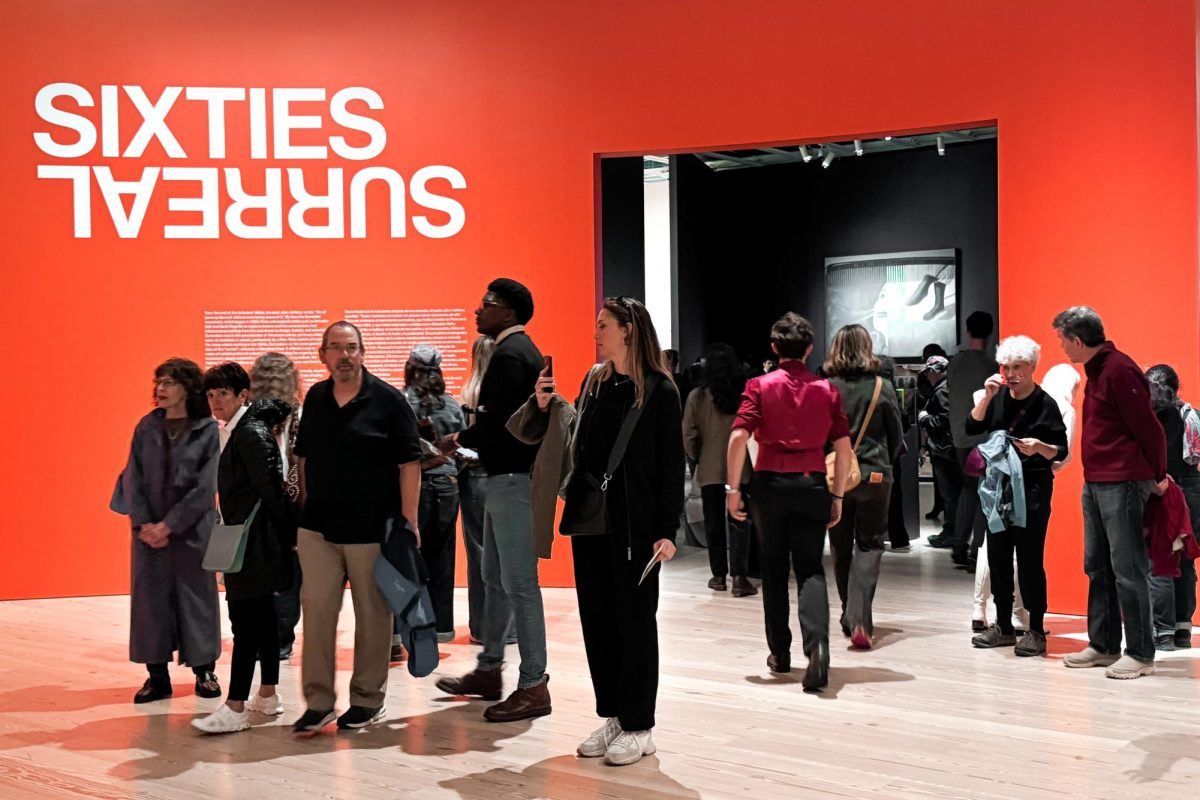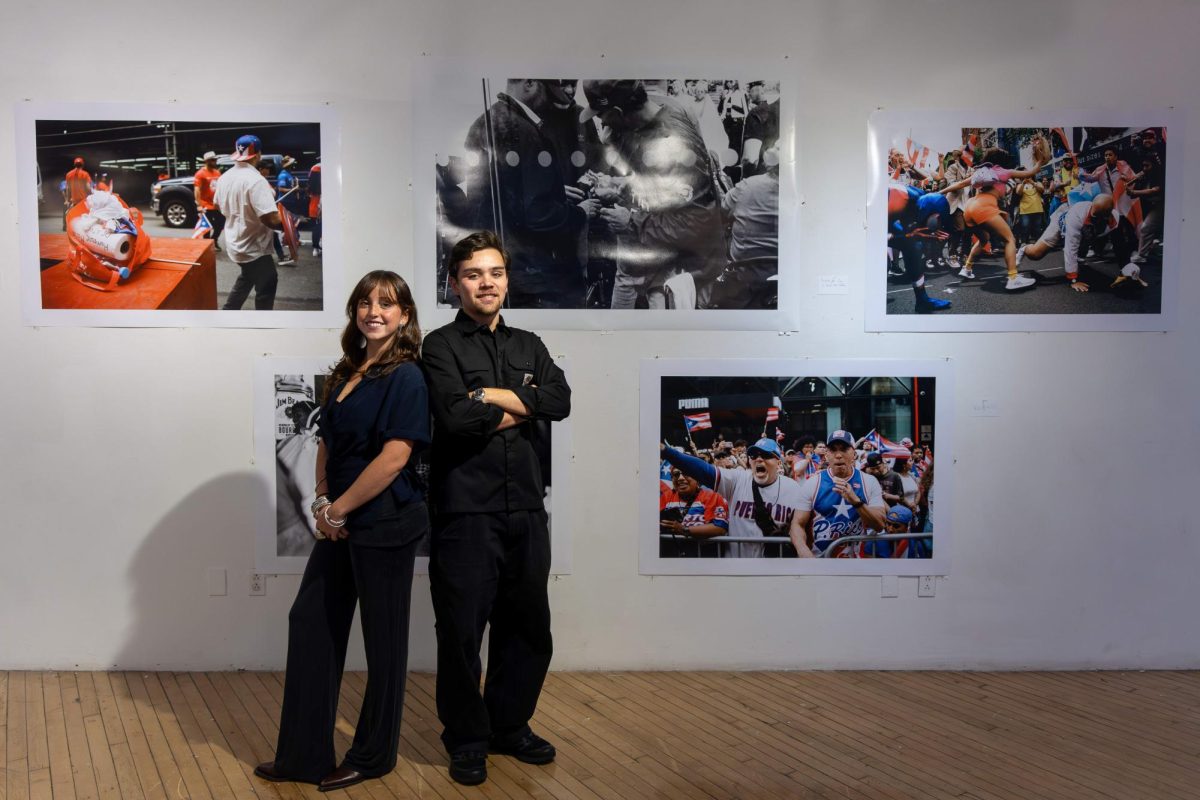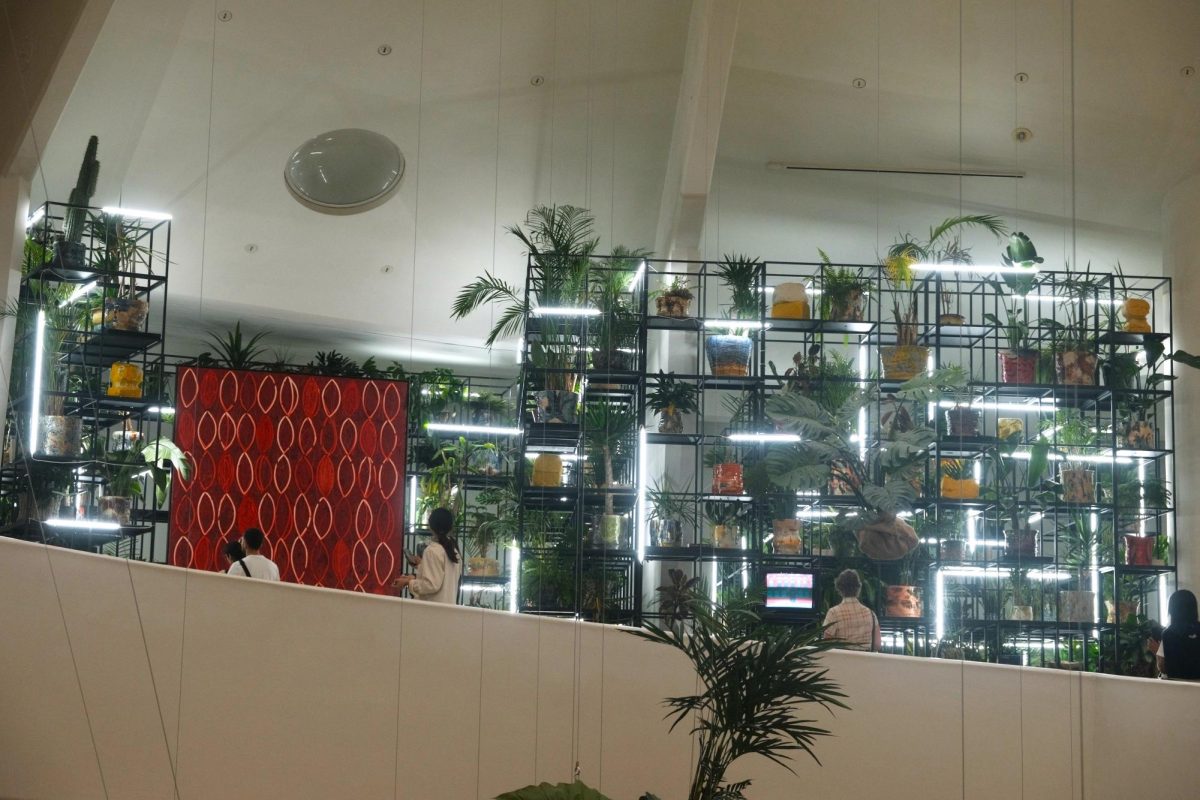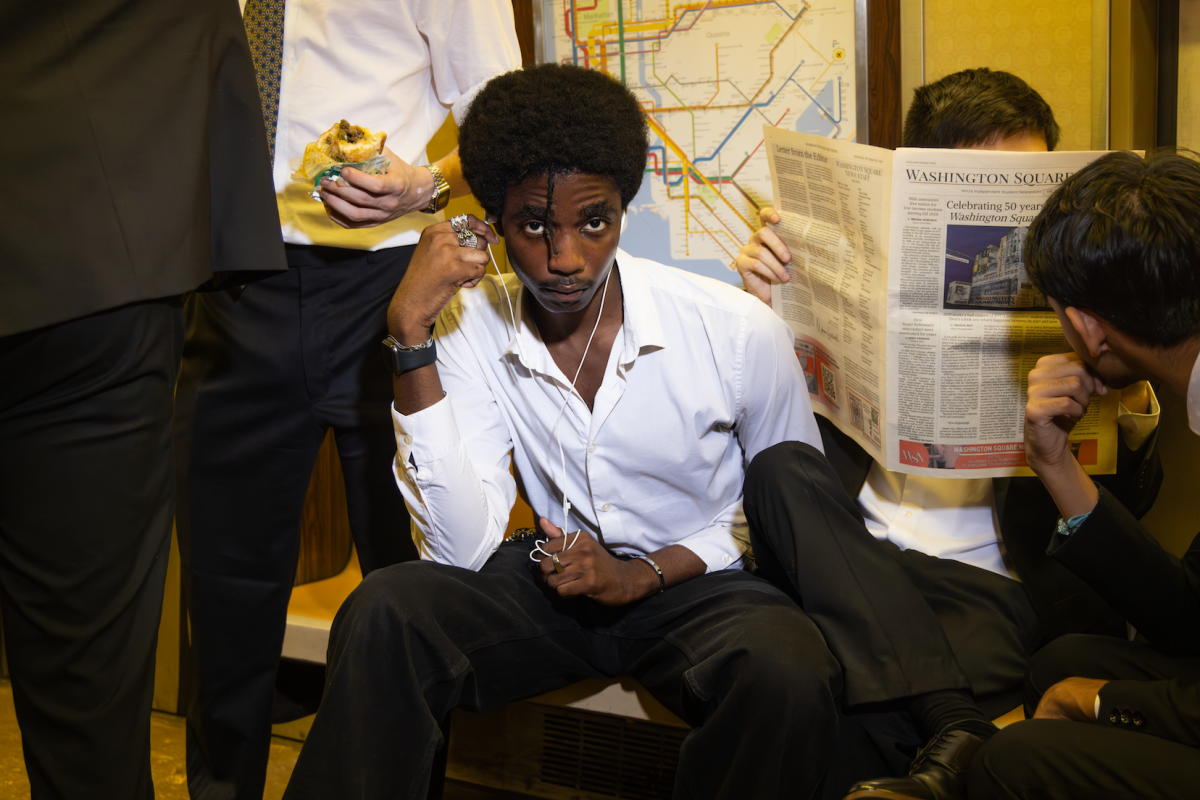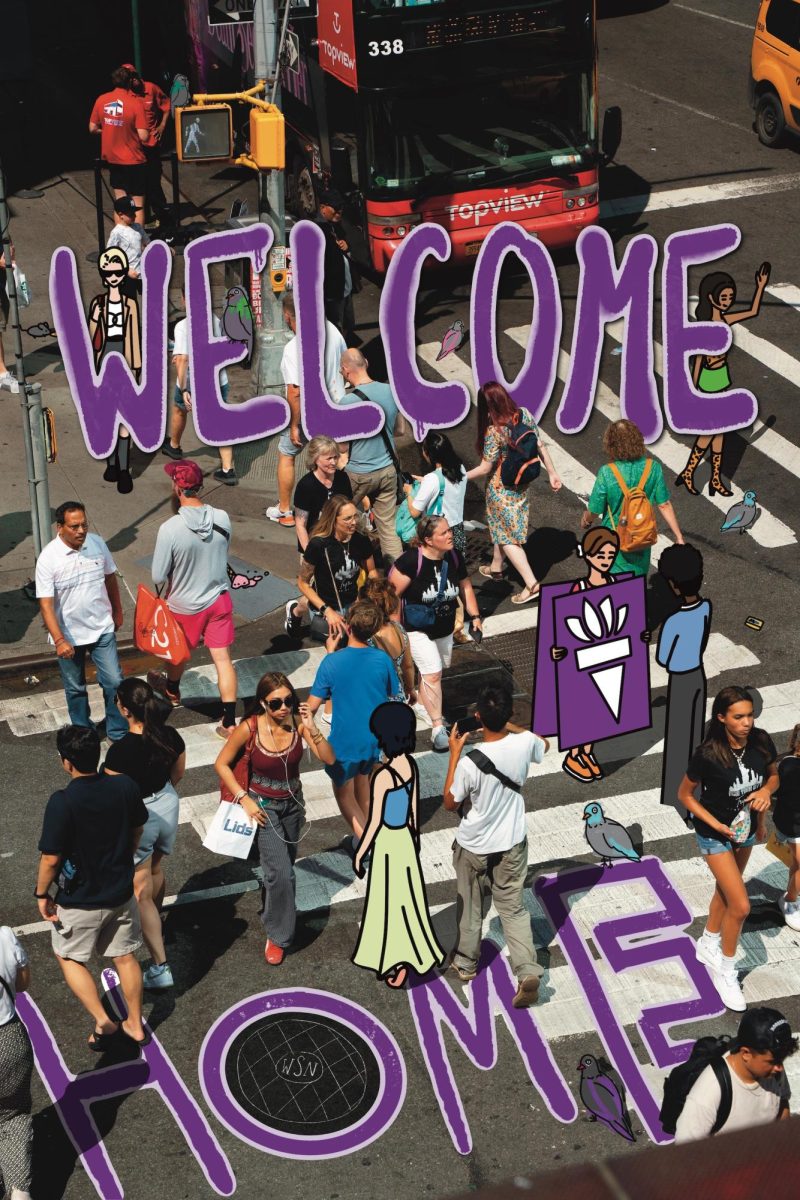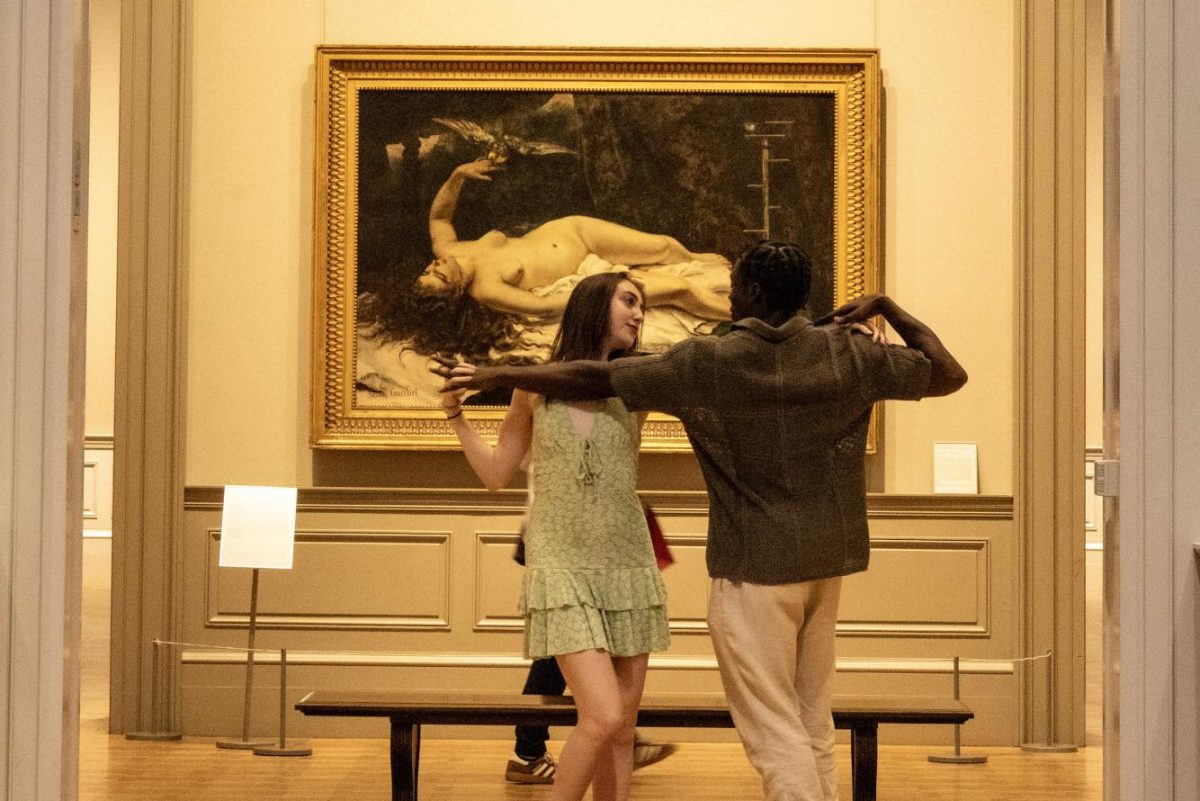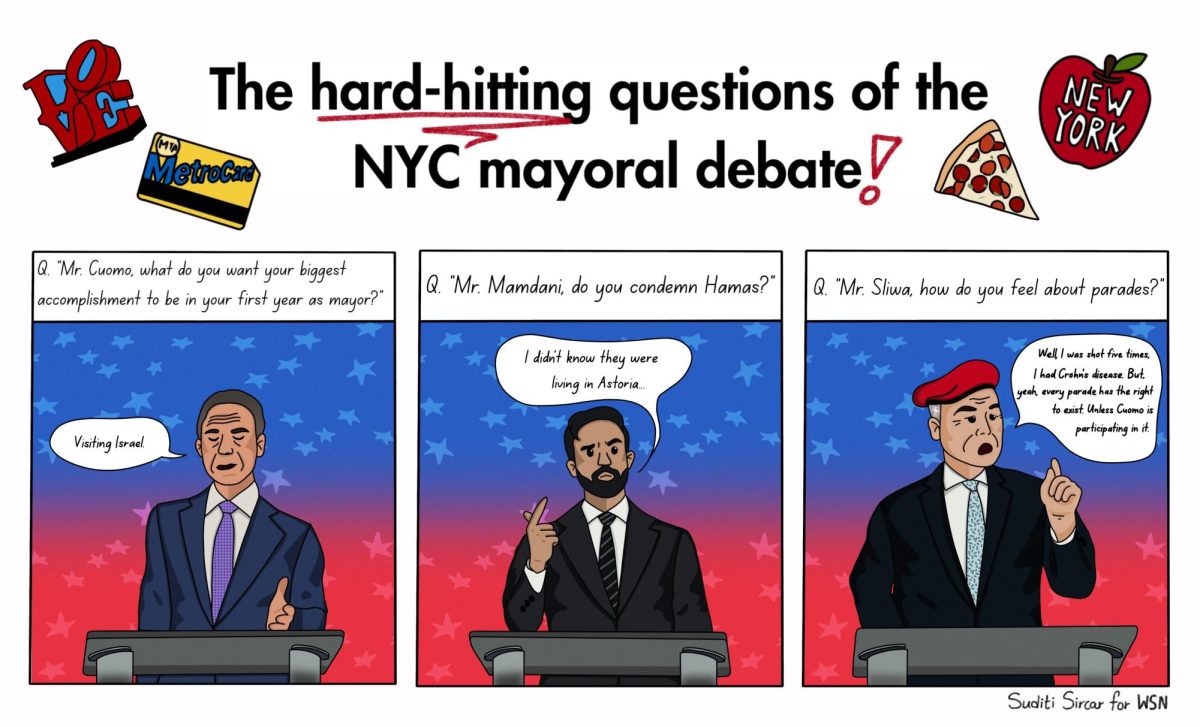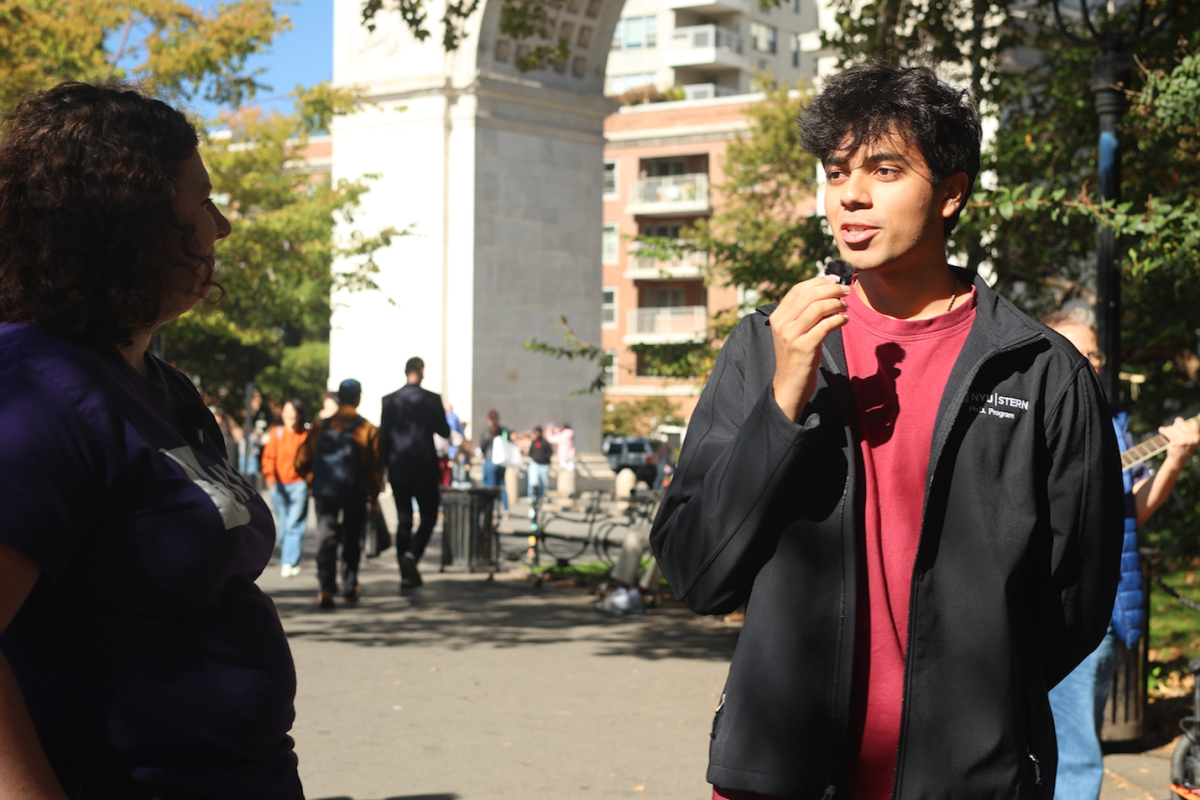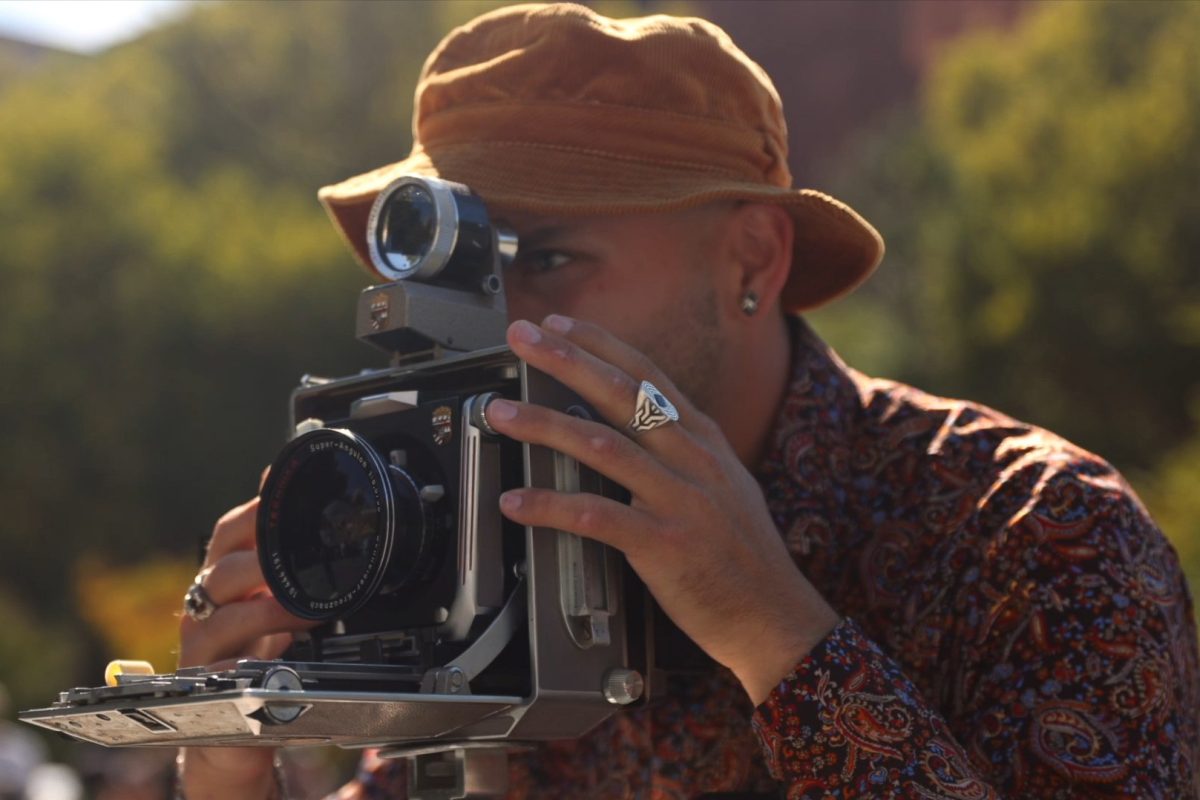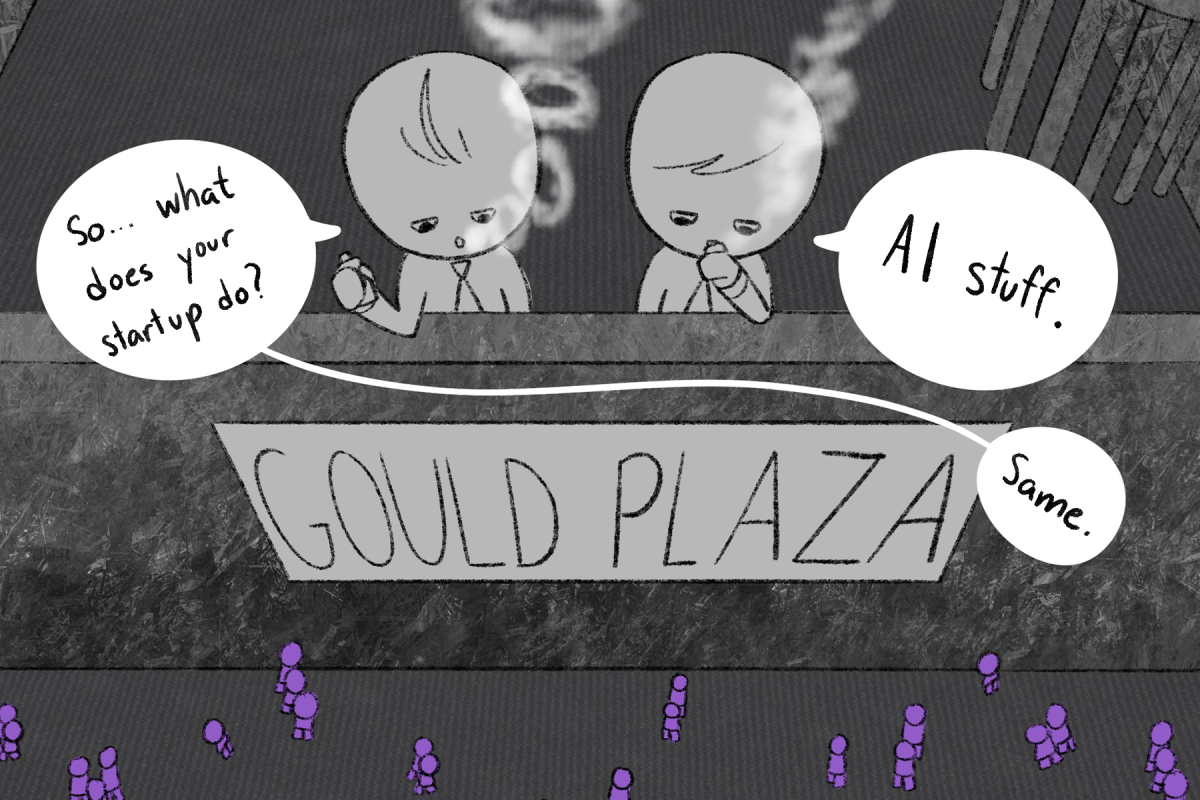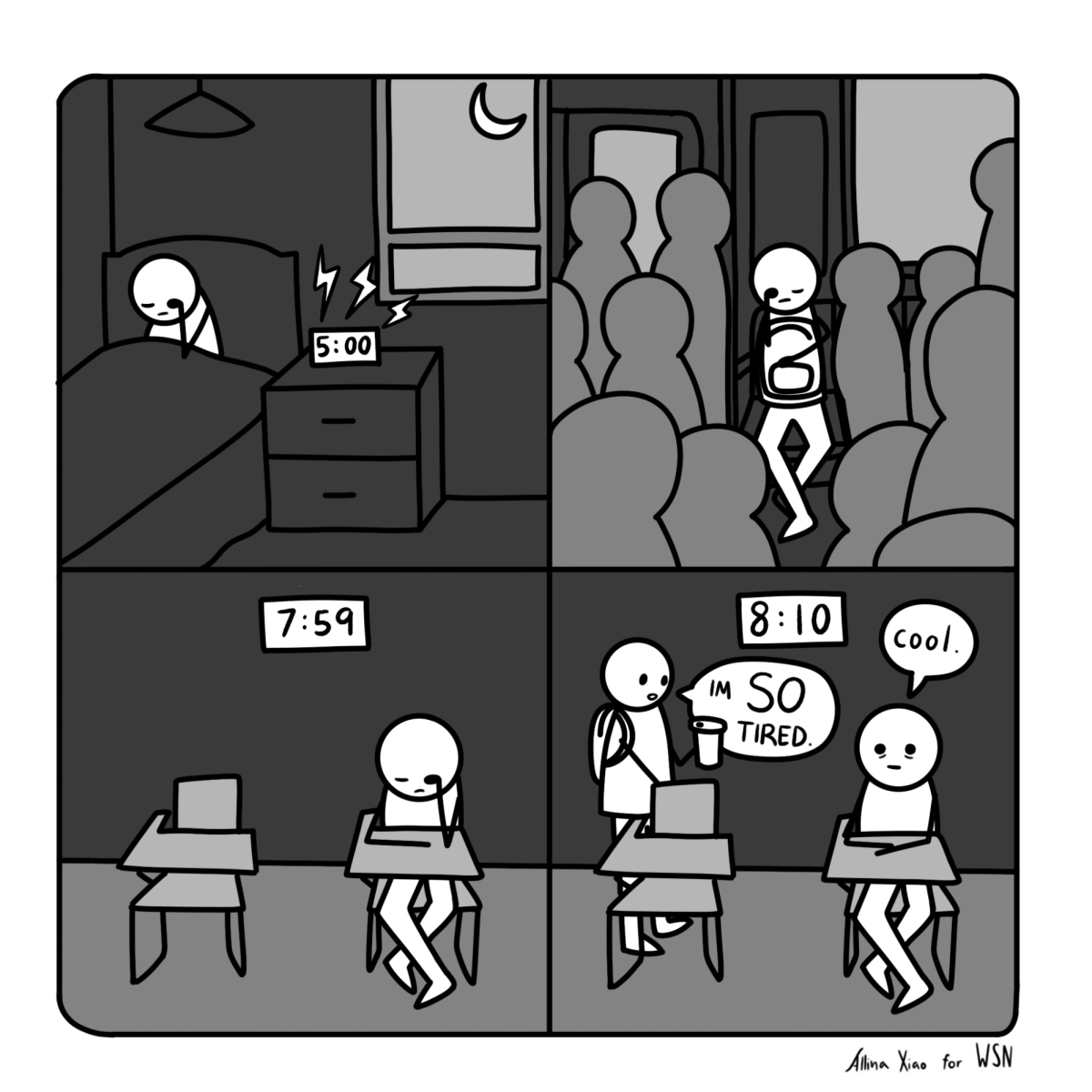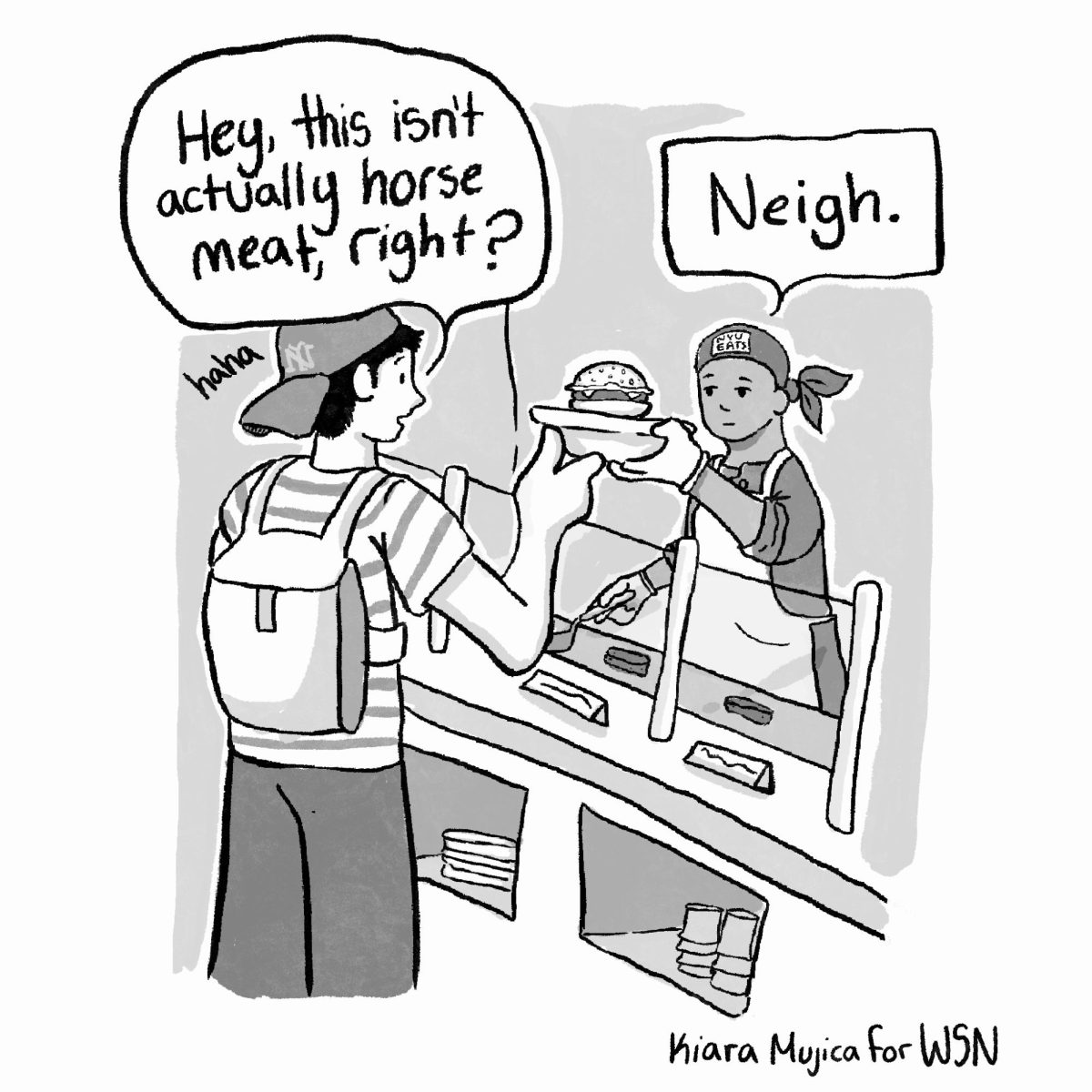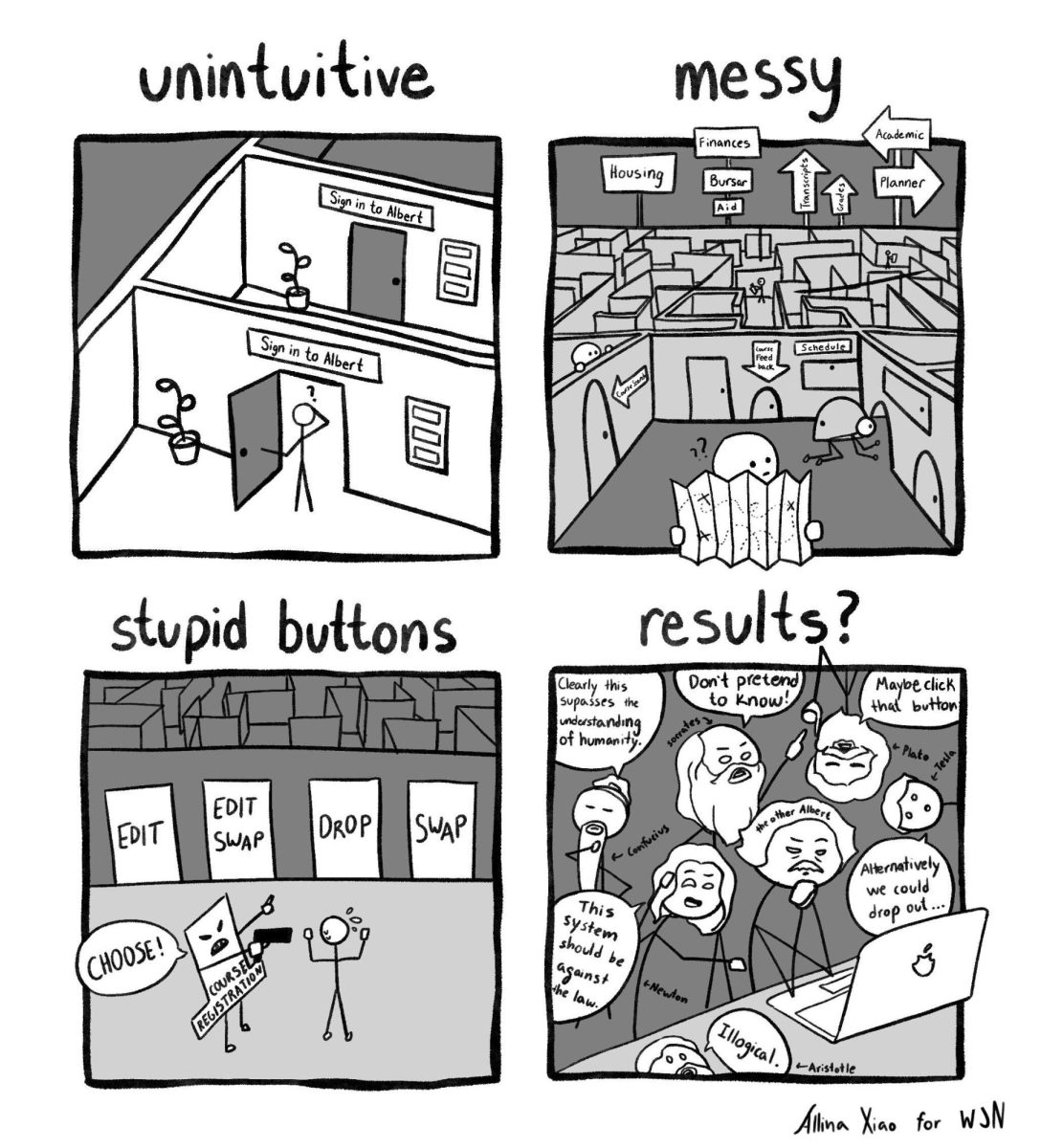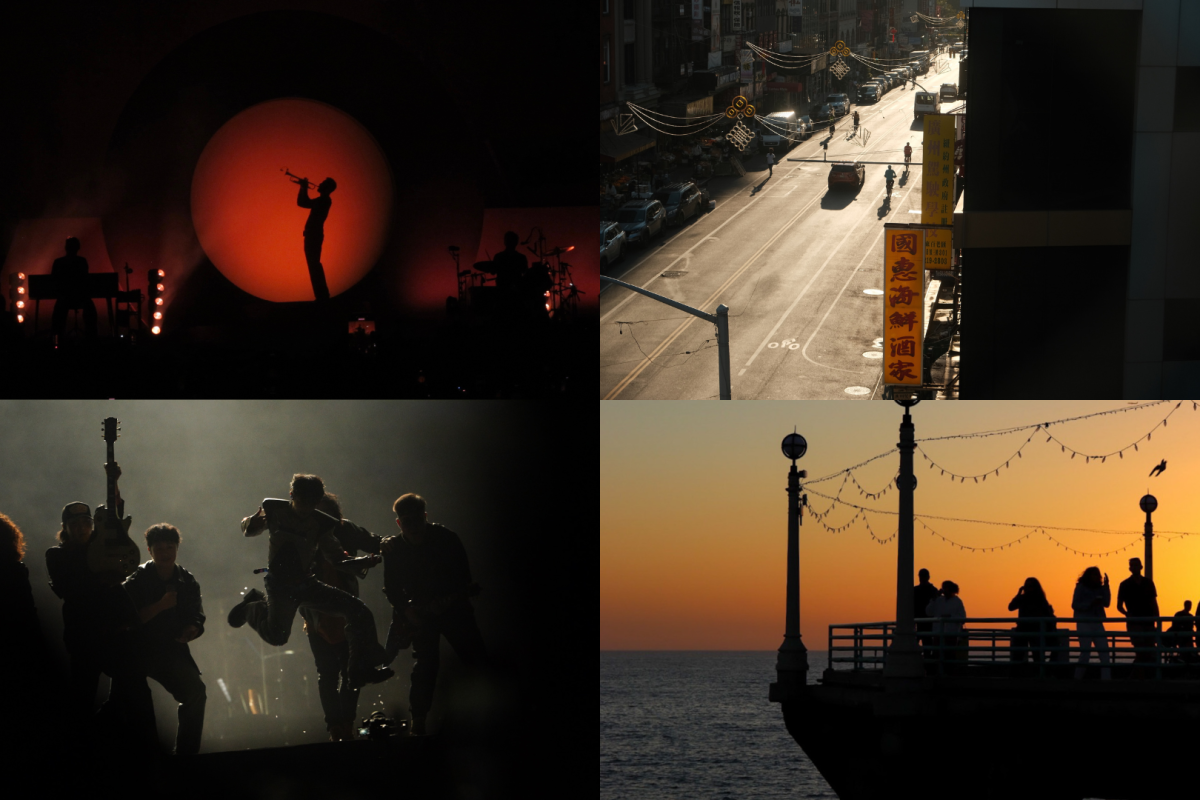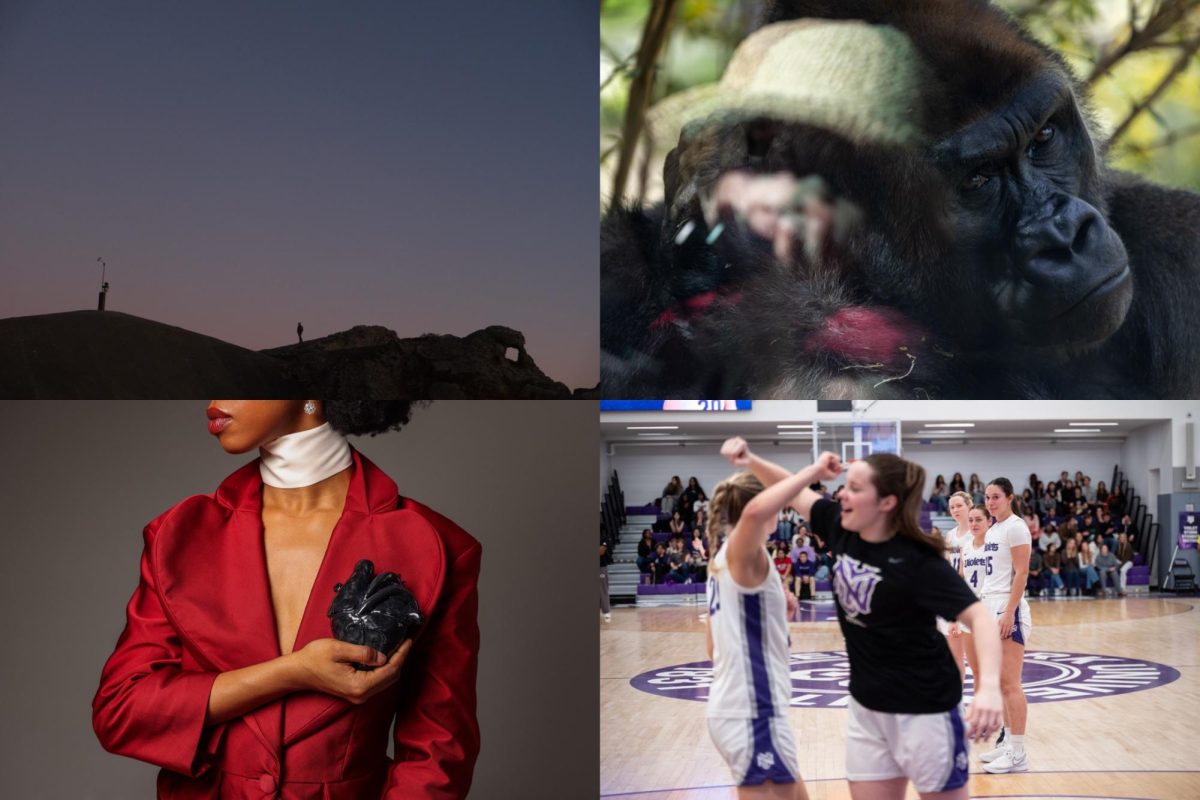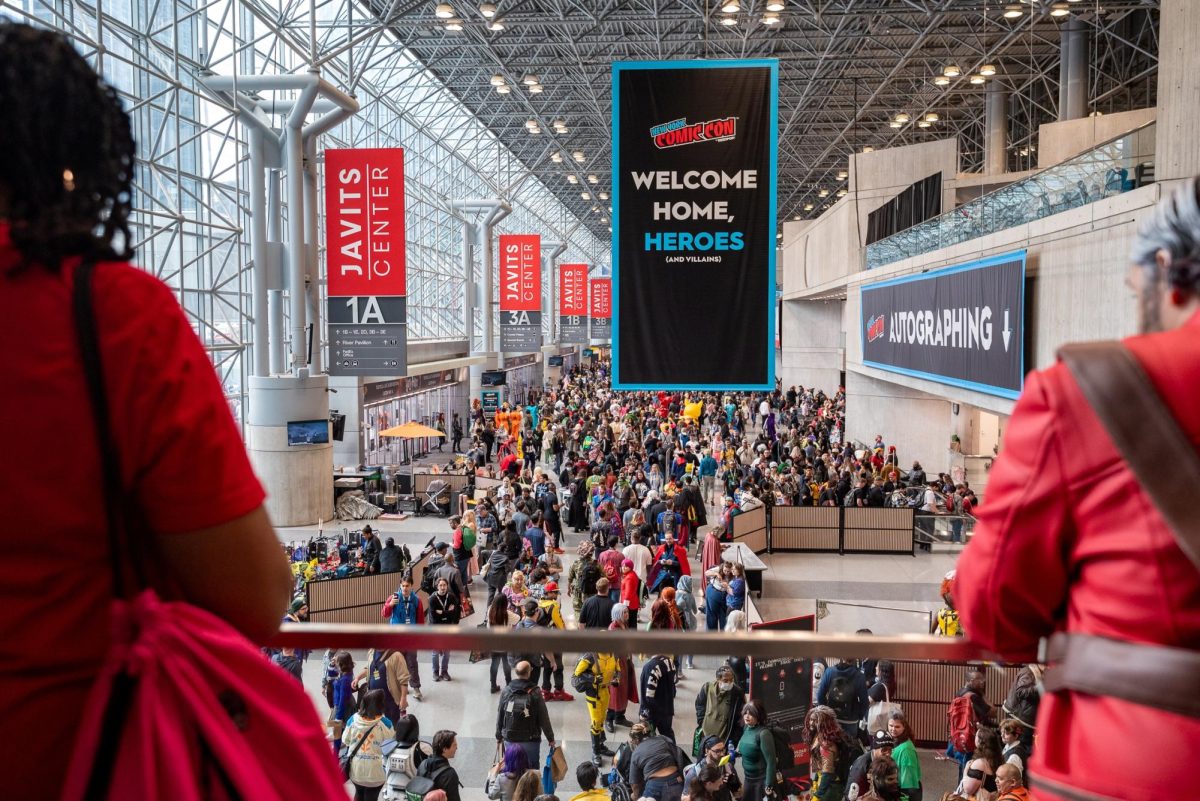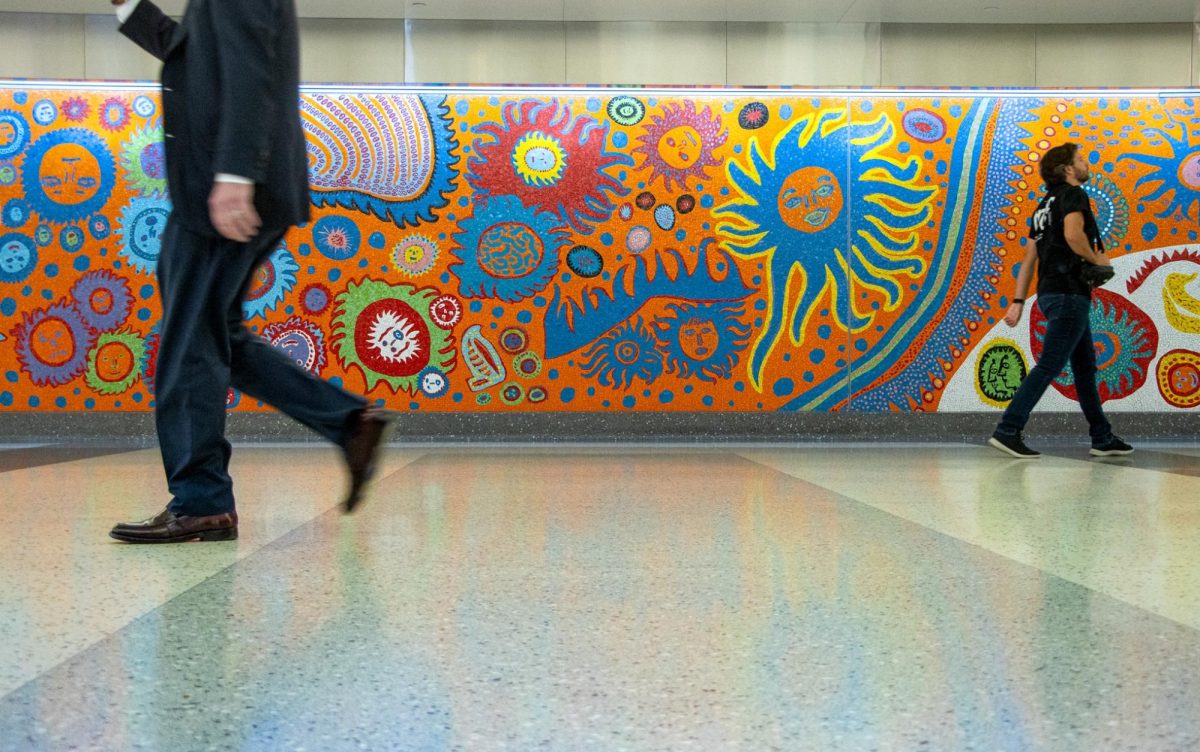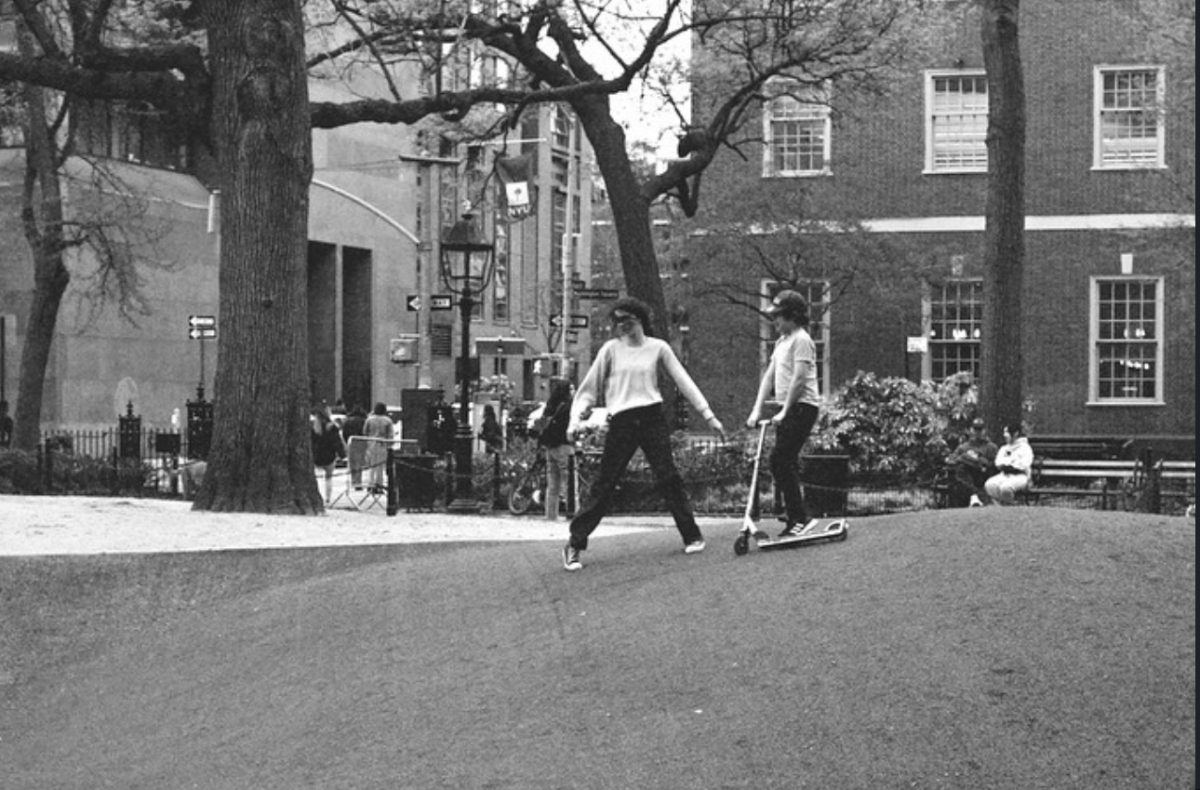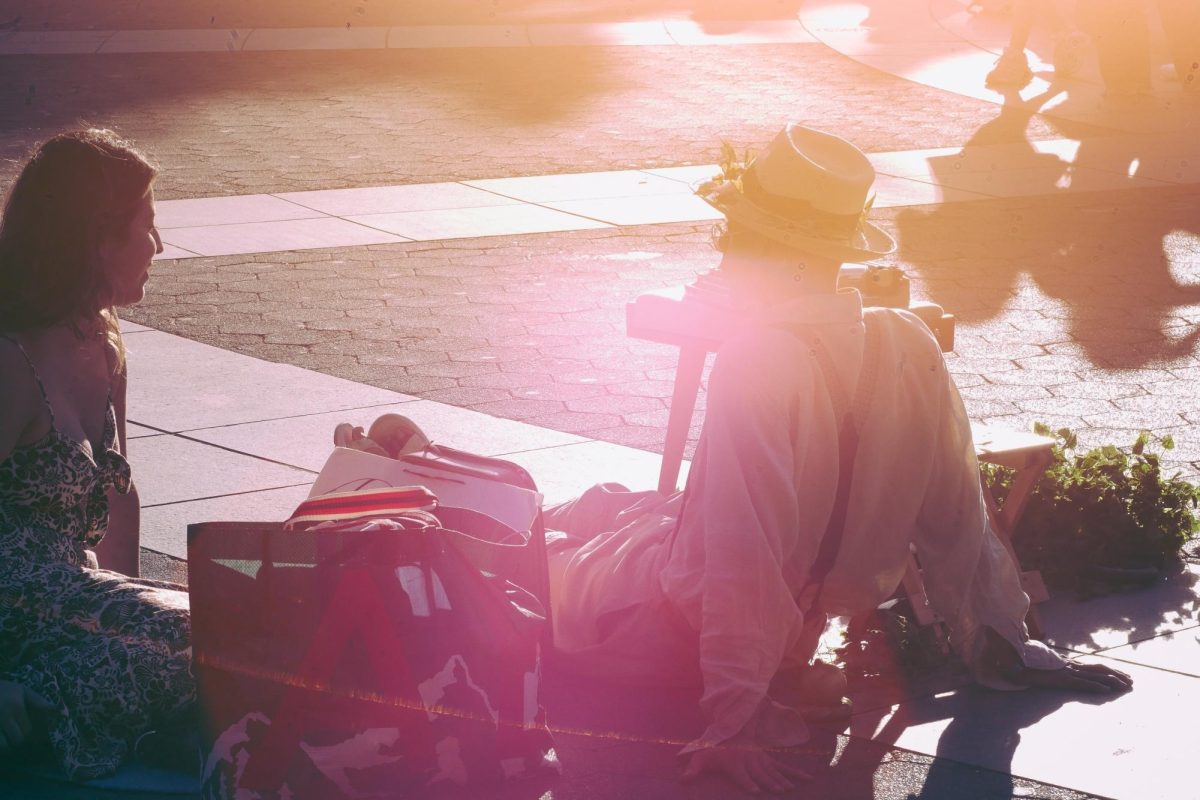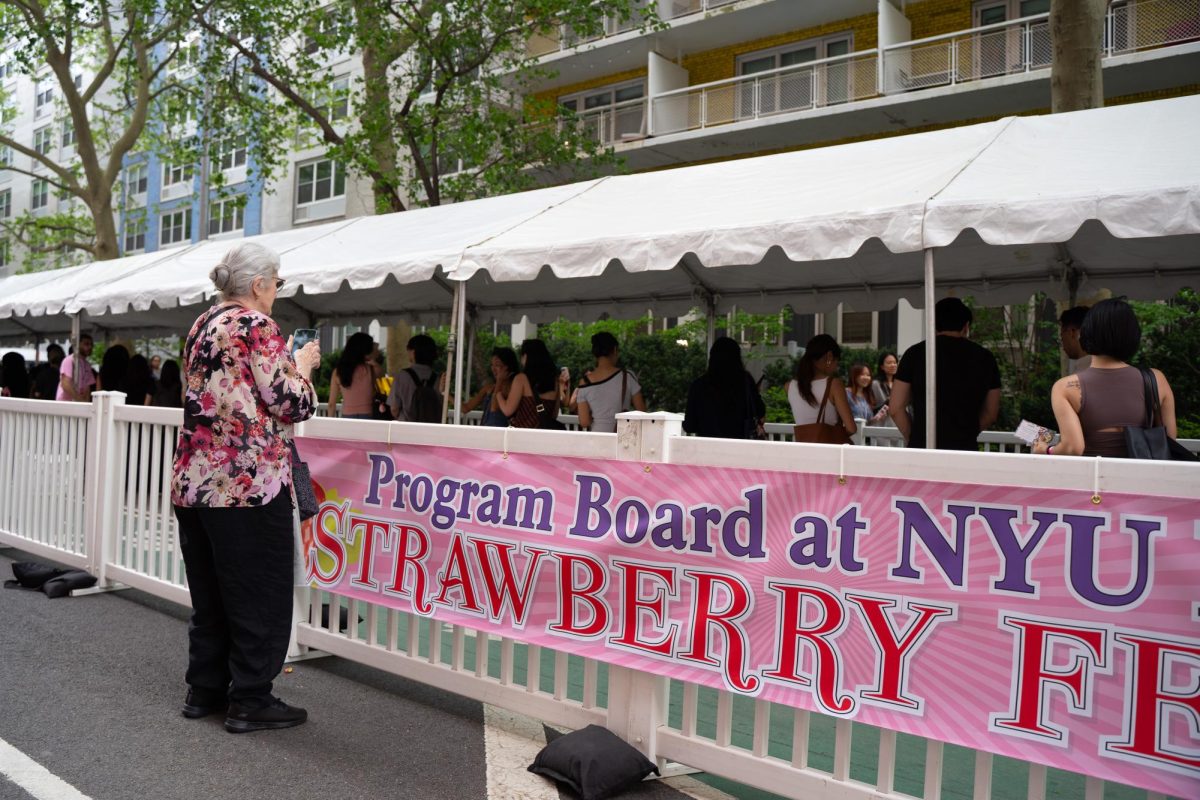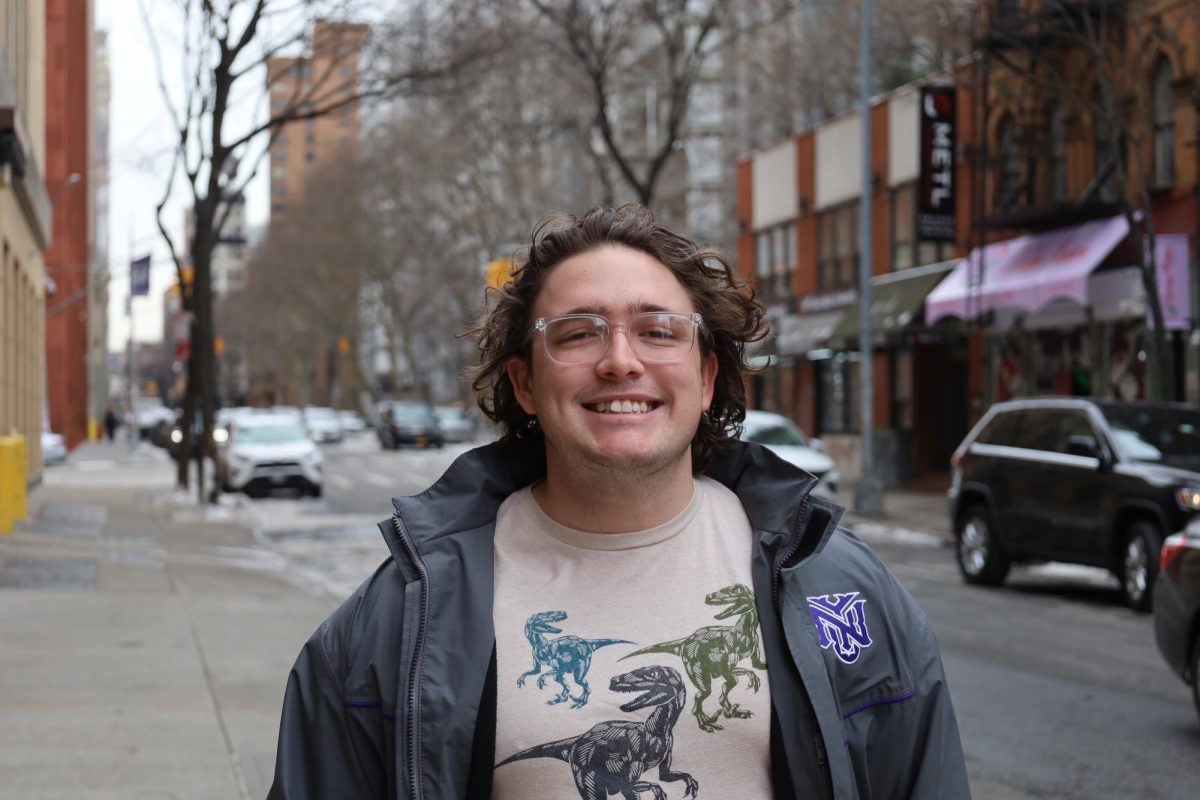WSN: Kai Aravena is a junior on the men’s track and field team. He throws shot put and javelin, and placed fifth in the javelin throw at the Emory Thrills in the Hills Invitational last season. He was named UAA Winter All-Academic and CSC Academic All-District in the 2023-24 season and sat down with WSN to discuss his sport.
Okay. Hi, Kai. Thank you for speaking with us today.
Aravena: Thank you for having me.
WSN: So, first off, can you just explain to the average listener what your events are and how they work?
Aravena: Okay. So, for the indoor season, for, for track and field, there are two separate seasons, especially now, up here, that it’s cold, but for indoor season, I throw a shot put.
So, that’s like, if you’ve ever seen, like, just the big heavy balls — ours is 16 pounds — where you actually have to push it, you can’t throw it. It’s part of the rules, so I, that’s, that’s shot put. And then for outdoor, when it gets warmer, supposedly — it never really does — I throw javelin. So, you ever seen people throwing spears at the Olympics?
WSN: Oh, yes.
Aravena: That’s javelin. Yeah.
WSN: Okay. That’s very exciting. How did you get into that?
Aravena: So, in middle school, there were only two sports at my middle school. It was either basketball, or track and field. And I’ve never been good at basketball, even though, like, I’ve been this height since I was, like, 12, 13, I was taller than other people in middle school.
WSN: How tall are you?
Aravena: 5’9”, so nothing, nothing to brag about now, but it was then, so I was good with that. So then I did track and field just because I was, like, mildly fast from baseball and everything, but then, we, they, had throwing, it was actually only shot put for middle school.
WSN: Okay.
Aravena: So I did that, like, because it was with my PE coach, [who] I liked, everything like that, so. Just got into shot put that way. Because I was bigger than everybody else, then — I, I have, I still think I have our county record from middle school.
WSN: Okay, wow. So, yeah. We’ll fact check that afterwards.
Aravena: Yeah. It might have been broken, but I did at the time — I think for two years. Then, in high school, I, uh, I did swimming and, uh, baseball, and my swim coach was actually the throws coach.
It was a lot of mixing, so she knew that I did baseball as well. So she’s like, they’re adding javelin as an exhibition sport my freshman year, so it’s basically the same throwing motion. So she asked me if I would want to try. So I did. So I would actually, I had to practice in the mornings at like 7 a.m. because I had baseball practice afterward. And then they added it as an actual competition sport my sophomore through senior year.
WSN: Okay. Yeah. So you were what, a tri-sport athlete?
Aravena: Yeah, yeah. Track, baseball, swimming.
WSN: Okay, wow. So then coming to college, you weren’t recruited or anything. You just walked on the team essentially?
Aravena: Yeah, pretty much just —
WSN: Okay.
Aravena: I wanted to explore different options in college and having three sports helped, but I like track. It’s very fun.
WSN: So I see last season you finished fifth in the javelin throw at the Emory Thrills in the Hills Invitational. Can you talk about that a little bit?
Aravena: Yes. So my freshman year I injured my elbow. I partially tore my UCL at like kind of midway through the season and didn’t really notice it. I was kind of just like, ‘oh, I’m a freshman. I can do this. I can fight through pain.’ Ended up getting really bad at the end of the season, which kind of threw off UAs and everything like that. So then I didn’t throw throughout the entire summer break — fall, winter break, anything like that — just so I could, like, allow my elbow to heal. And then, that — that was our first meet of the season. We went down to Georgia as part of, like, our, our trip for spring break, I believe. And then, that was my first throw through the 44. I had done, like, training and everything leading up to it.
First throw, partially torn my UCL again. So that’s why I literally had one last year. And it was so upsetting. Like, I’ve torn it, like, back-to-back years. I never had any elbow injuries. But I think just like because I was so used to throwing baseball and javelin at the same time, like I was using my arm every day to the point where now, training just — especially in the city — it’s so much more difficult where, like, we have to travel an hour to find somewhere to throw. We have to avoid, like, people, dogs, that are at, like, East River Park. So it’s like, it’s just much more difficult to train javelin.
WSN: Okay.
Aravena: But now, now, I stopped right then and there because I didn’t want to repeat the same thing this upcoming year.
So I was, like, rehabbing all through the summer, all through the fall, everything like that to get ready for this season. But like with the one throw I was still pretty proud of it, except it’s just overshadowed by me getting injured again at the same time.
WSN: Right, totally. What did that rehab look like for you?
Aravena: So it was just, it was shutting everything down, because it wasn’t a fully torn UCL injury. Normally that’s like Tommy John, like in MLB players, where they have like a giant scar on their elbow and everything like that. I didn’t have to get that.
It was only partially torn, still attached at one, at both ends, which was good. So that means it was just, it was just like physical therapy. Over the summer, I tried — what the doctor said — was like kind of a new technique. It was like a portable ultrasound device that was supposed to promote blood flow to the area.
I don’t know. All those sorts of sports medicine things are really interesting to me, but I don’t know if they really work, but I did it every single day at work. Then, since getting back here at school, I’ve just, I’ve been working on throwing things like heavier and heavier because a javelin is 800 grams, so it’s like what, like a pound and a half maybe, which is significantly heavier than anything you’re actually throwing overhead.
So I would just go to the squash courts in Paulson and I just throw a base — or a tennis ball — at the wall for like 30 minutes every single day. Try and get, like, my arm back in shape and now just doing — I’ve been doing drills at practice and everything like that while we’re doing indoor [practice], I’ve been practicing for javelin as much as I can while also practicing for shot put.
WSN: Okay So what’s the difference in the training for shot put and javelin?
Aravena: So shot put is a lot more kind of just brute strength. If you look at Olympic shot putters, they’re people who bench like 450 for like eight reps, but then you look at people who throw javelin and they’re like 6’5” skinny, like what I am is just — is good for neither sport. So it’s kind of trying to find the balance. Like I’m really short for shot put —
WSN: Okay.
Aravena: And I’m too big for javelin.
WSN: Okay.
Aravena: So it’s kind of just — if the trainings are different, but we have, like, the training we do at the VPC [Varsity Performance Center] and everything for, like, our mandatory lifts — it’s a lot of explosive exercises, which are good for both.
So it’s just building more strength and — but still, building like explosiveness. A lot more running for javelin. Absolutely. Like for shot put, the only running we do is warming up for practice, but for javelins, it’s actual sprints. Like I’ll sometimes join our sprinters on the track team to do workouts with them and everything like that.
WSN: Okay, interesting. Where are you training for each of these?
Aravena: So, indoor, there’s a place called the Armory on 168th, like right next to Columbia [University], or the Columbia medical school. And we go there every morning, get there, 7 a.m., take the A train right there. So, we practice for two hours every single day. They have the, like, it’s called the fastest track in the world, but I think it’s just a marketing technique for them because it’s owned by Nike.
But, like, the throwing circle there is really nice. We keep our, like, throwing equipment there. And then for outdoor, because we’re in the city, it’s really difficult. So, there’s Icahn Stadium on Randall’s Island, which we — I think — have a contract with them, but it’s only, like, once a week. So, that’s not enough to get practice in for basically anybody.
So, sometimes we go to East River Park and try to throw in the baseball fields, but then if we get there too late, there are a bunch of people walking their dogs there, and dogs and throwing don’t mix.
WSN: Right.
Aravena: So then, this past fall, we tried finding another place in [New Jersey], which is, it’s like a full track, public track, has throwing facilities and everything like that.
We haven’t tried it for javelin yet because I was, I’m, I wasn’t confident in my ability to throw a javelin because it was just getting back. Now I think I would be able to, but still some people arrive there. So we have to get there at like 6:30-ish and then hope people aren’t there by like 8 so we can get full workouts and everything like that.
WSN: That’s wild, but, problems of a student-athlete in New York City, I guess.
Aravena: In New York City especially, you have to just adapt, go with the flow.
WSN: So when does your javelin season start again?
Aravena: So we have shot put — or just indoor — goes until I guess mid March.
WSN: Okay.
Aravena: Until like that’s post-season and everything, and then spring break. Like we have — we’re coming back early for spring break and then that’s our first outdoor meet.
WSN: Okay.
Aravena: It’s right then until the end of school and I think nationals are actually at like two weeks after school finishes.
WSN: Okay. So you’re looking like you’re going to be rehabbed up for javelin by the end of spring break?
Aravena: I mean I’m confident in my, like, abilities now. It’s just — it’s too cold to actually throw javelin. But we have, like, our indoor equipment for javelin. They’re just called javelin balls. They just weigh 800 grams, they’re just so you can get throwing motion and I’ve been working into that since the start of this month.
WSN: Okay. Awesome. Thank you so much for speaking with me
Aravena: Yeah, thank you for having me.
Contact Sidney Snider at [email protected]

